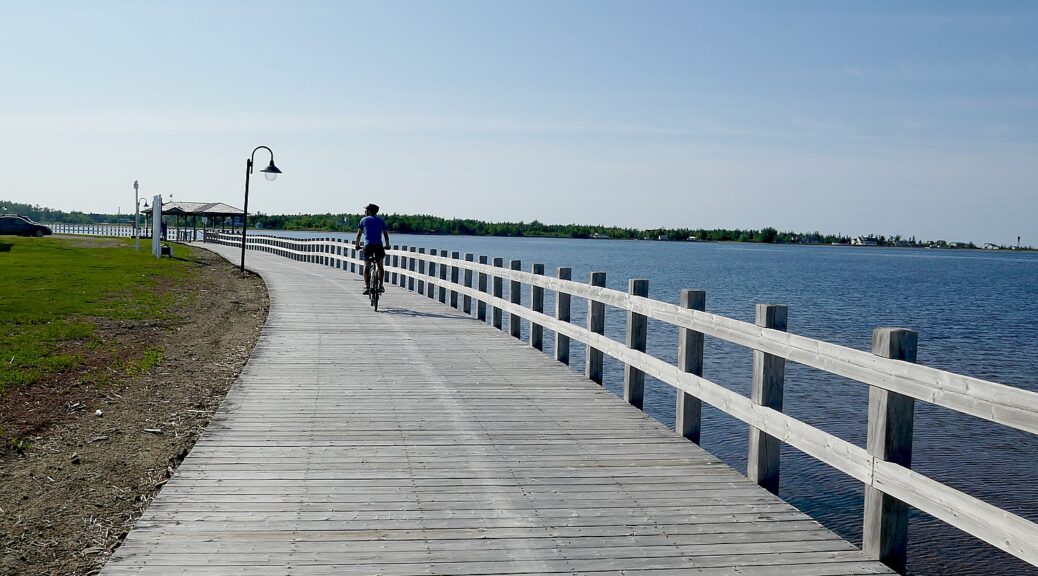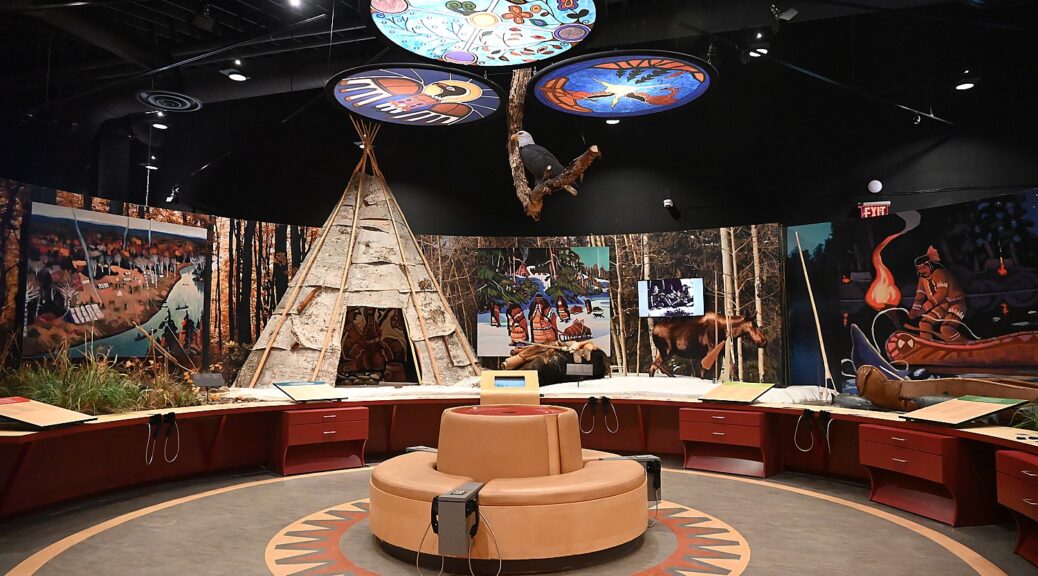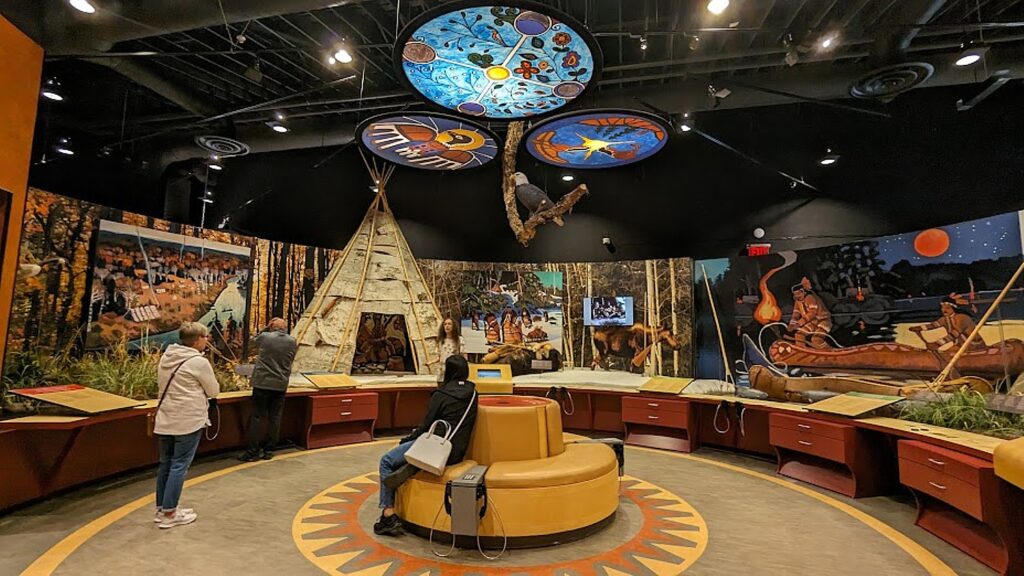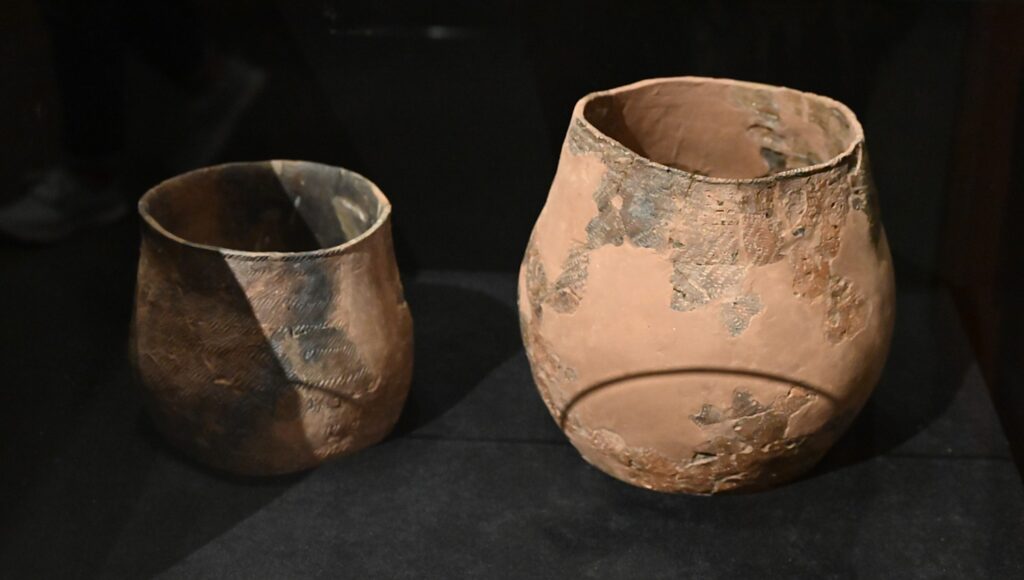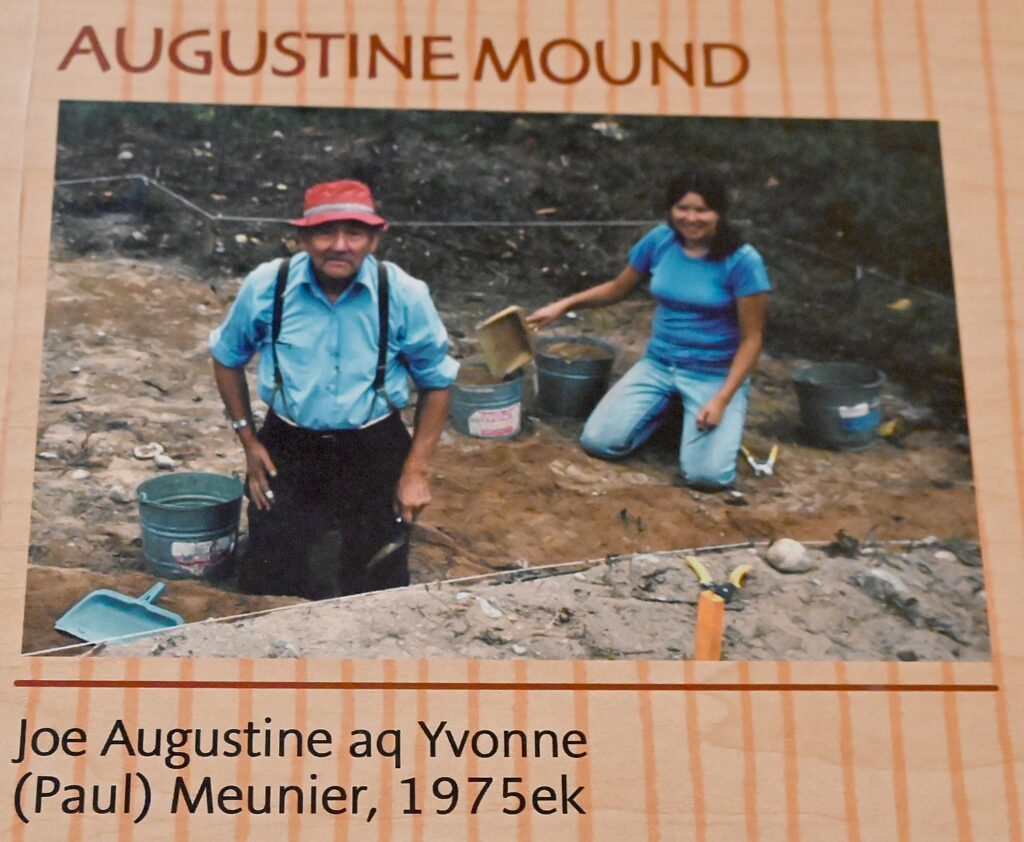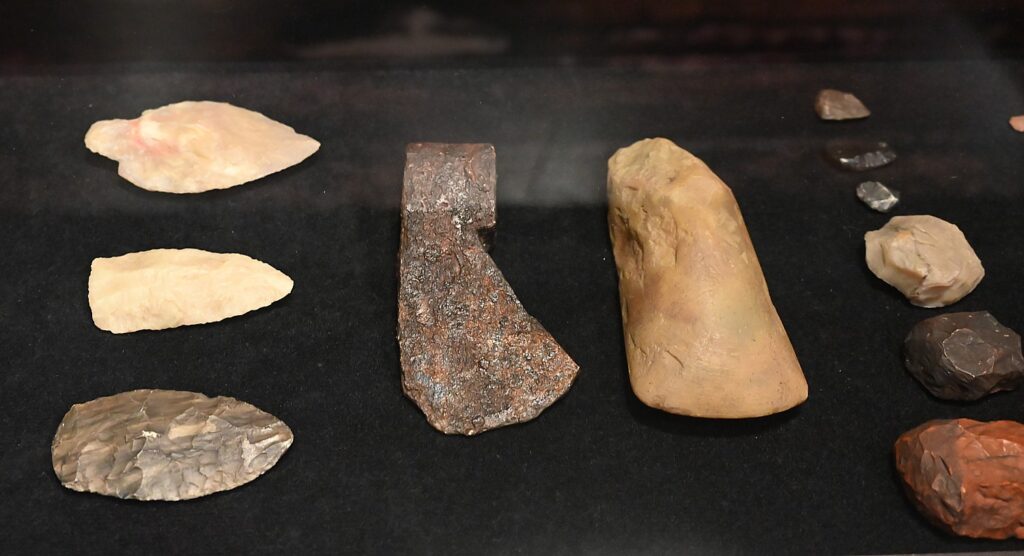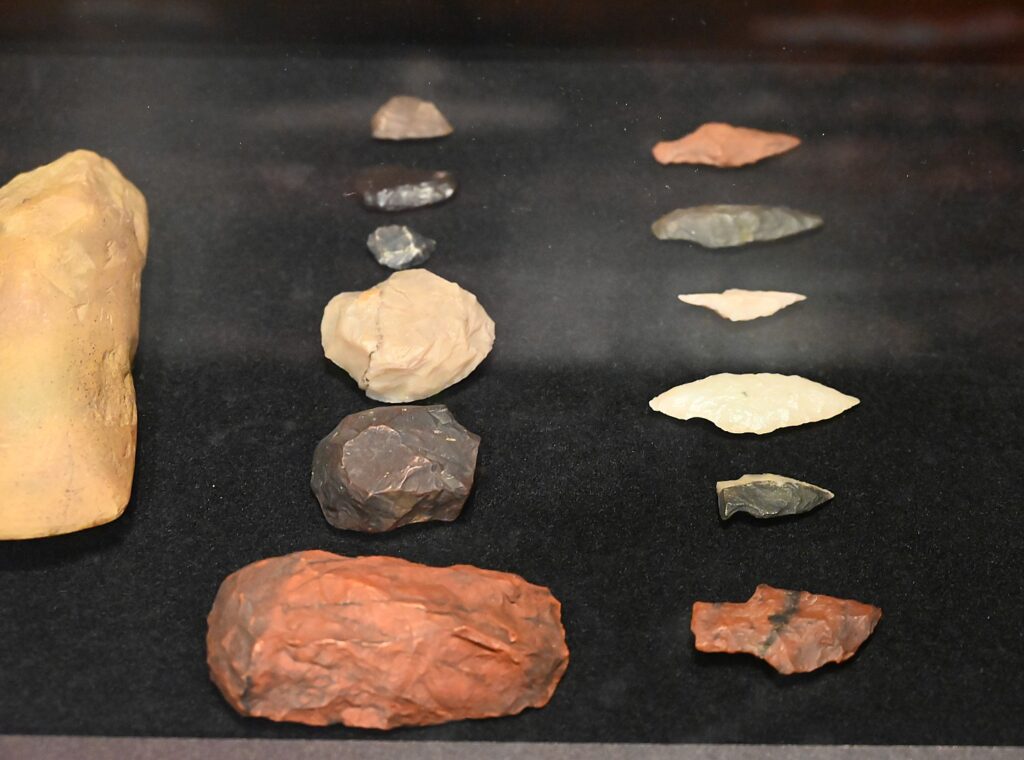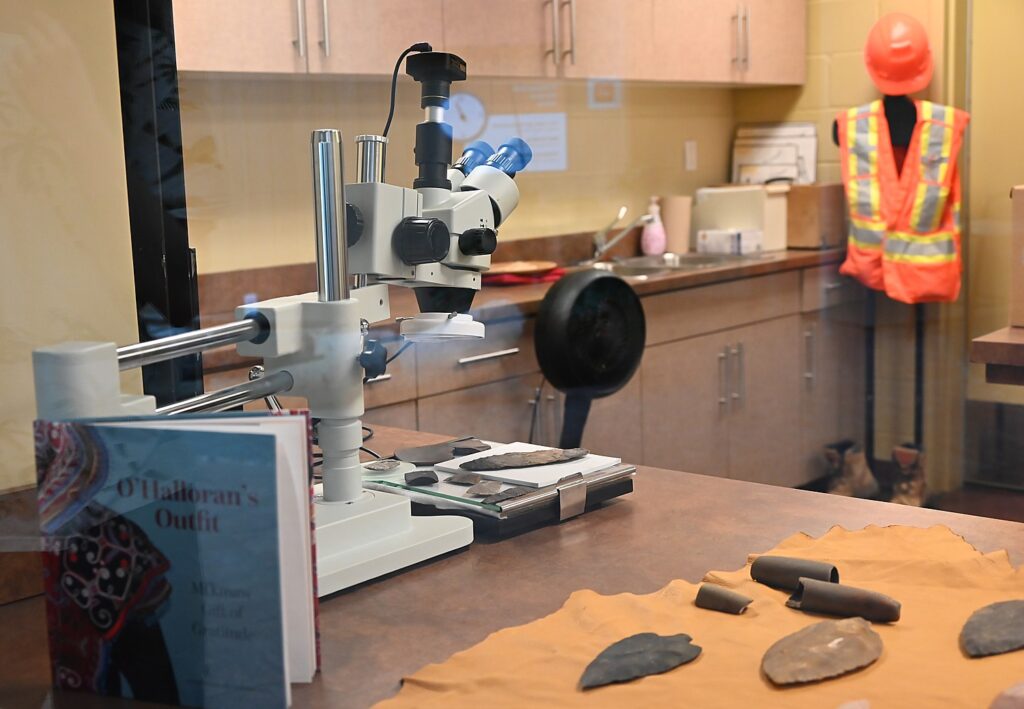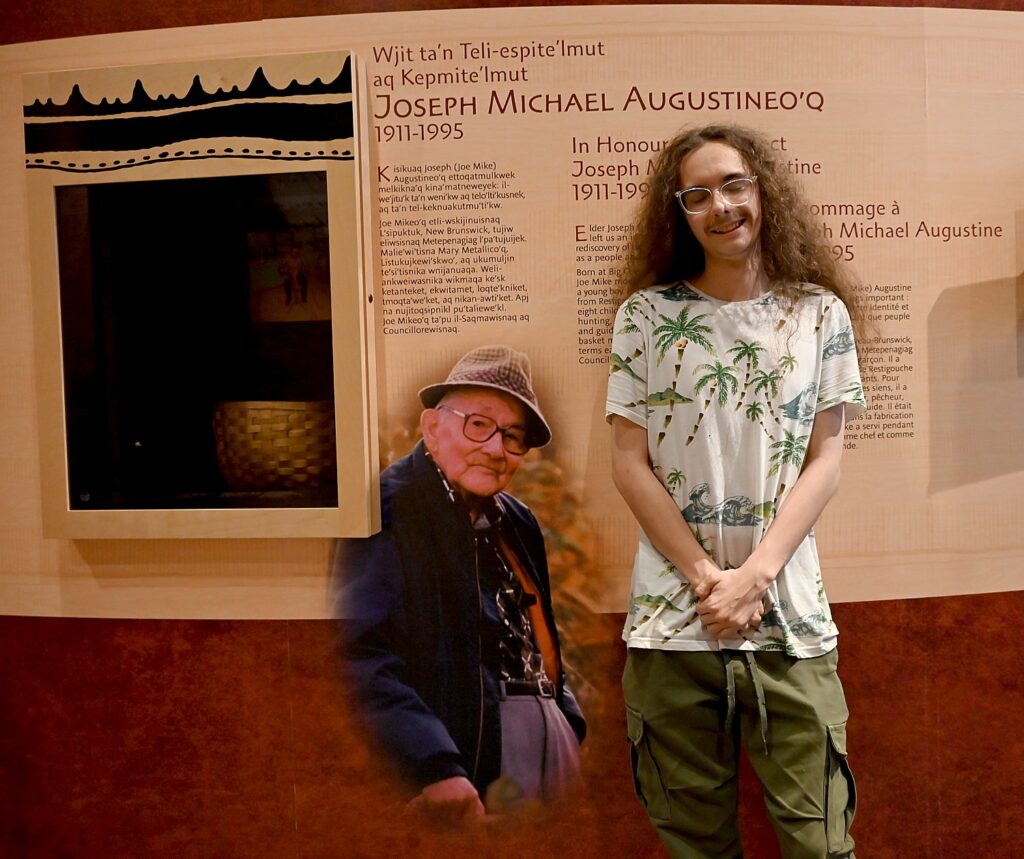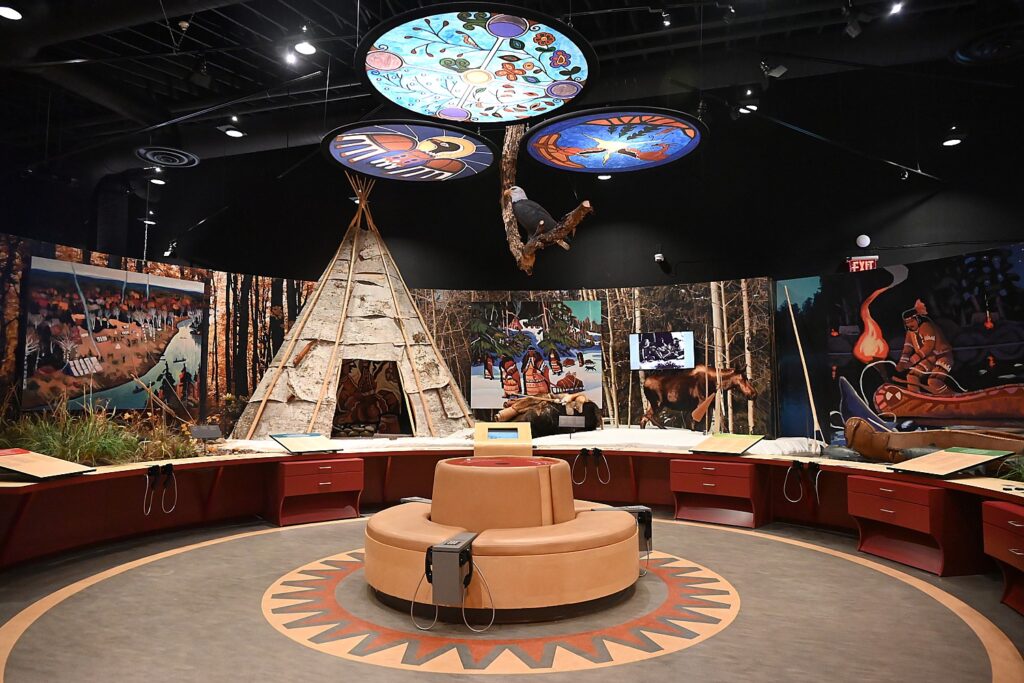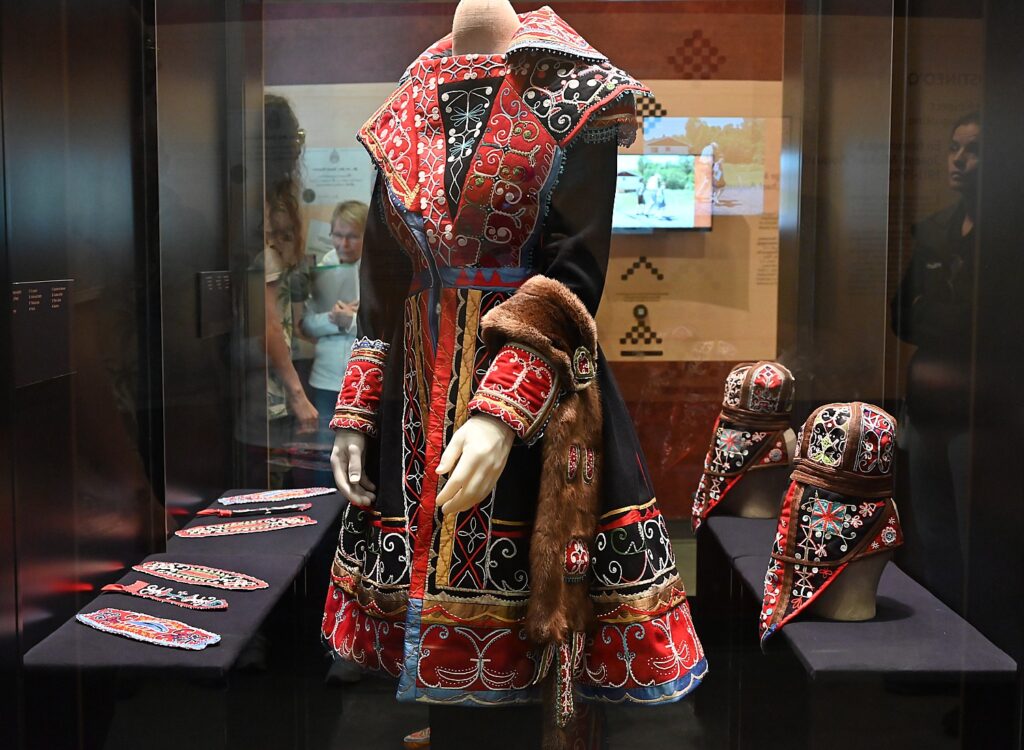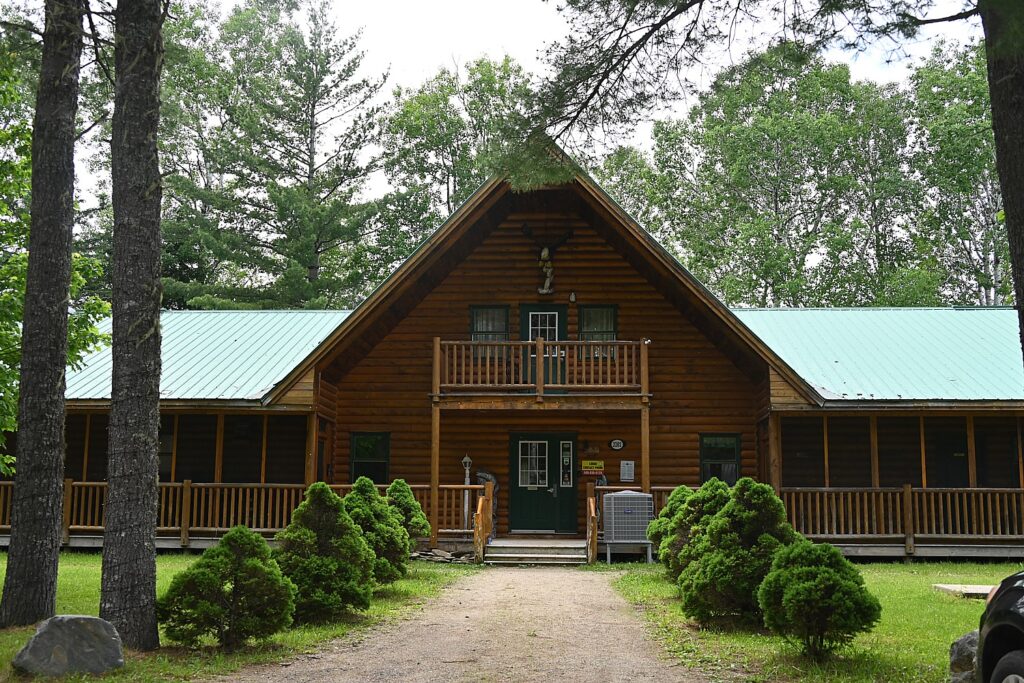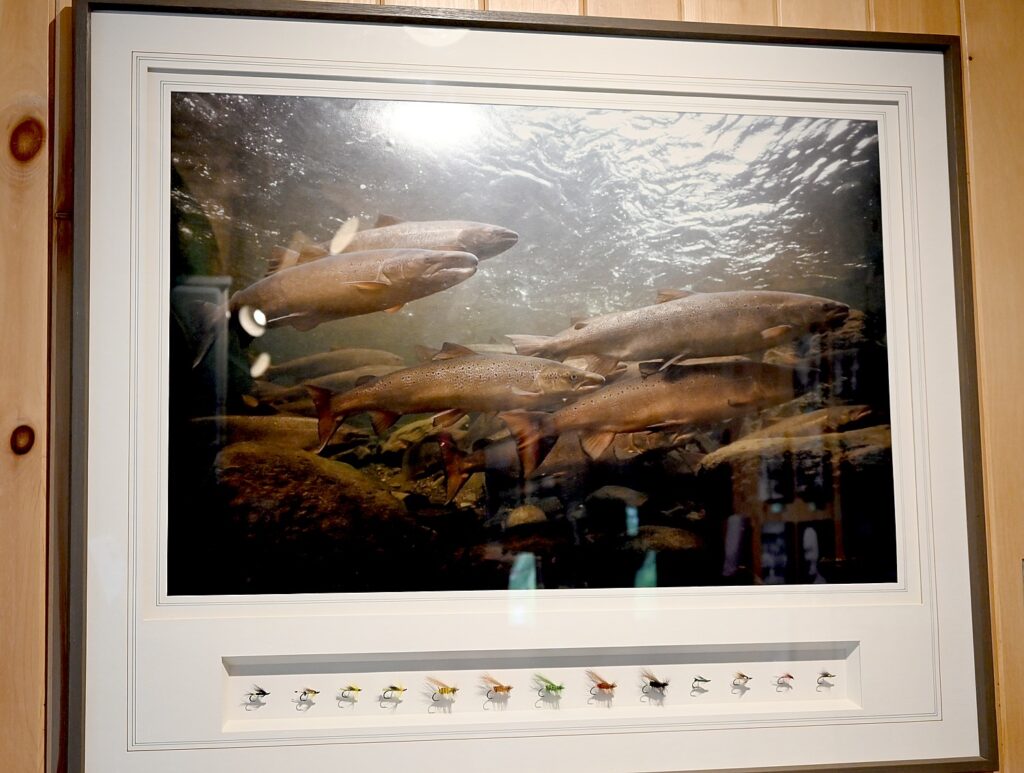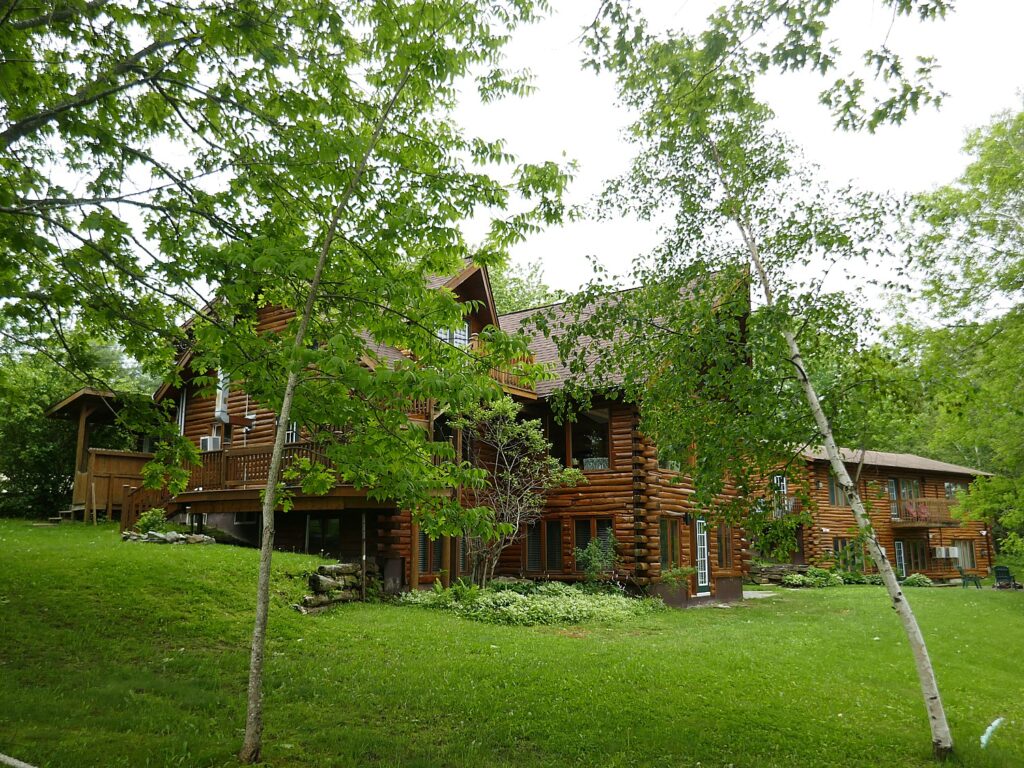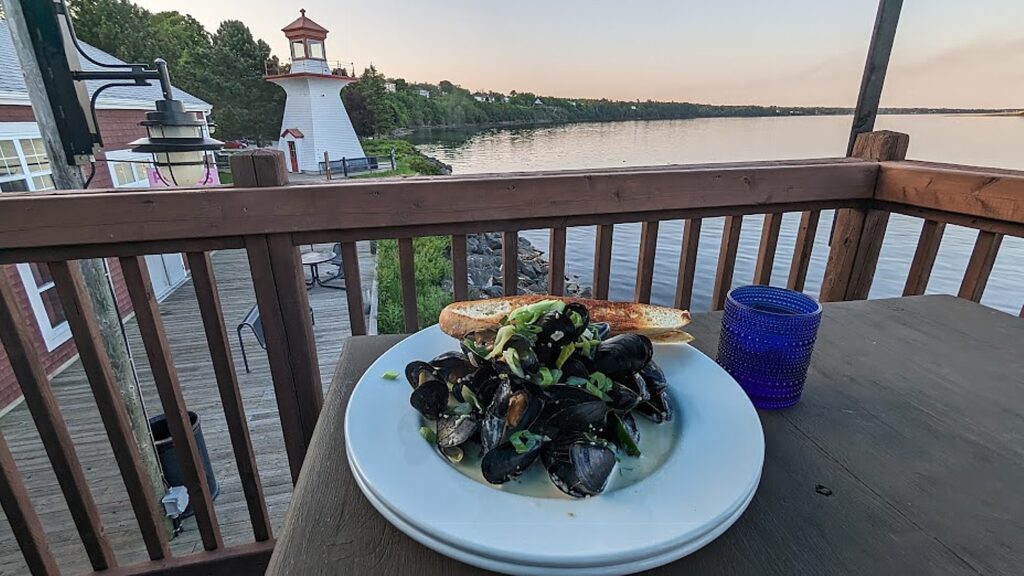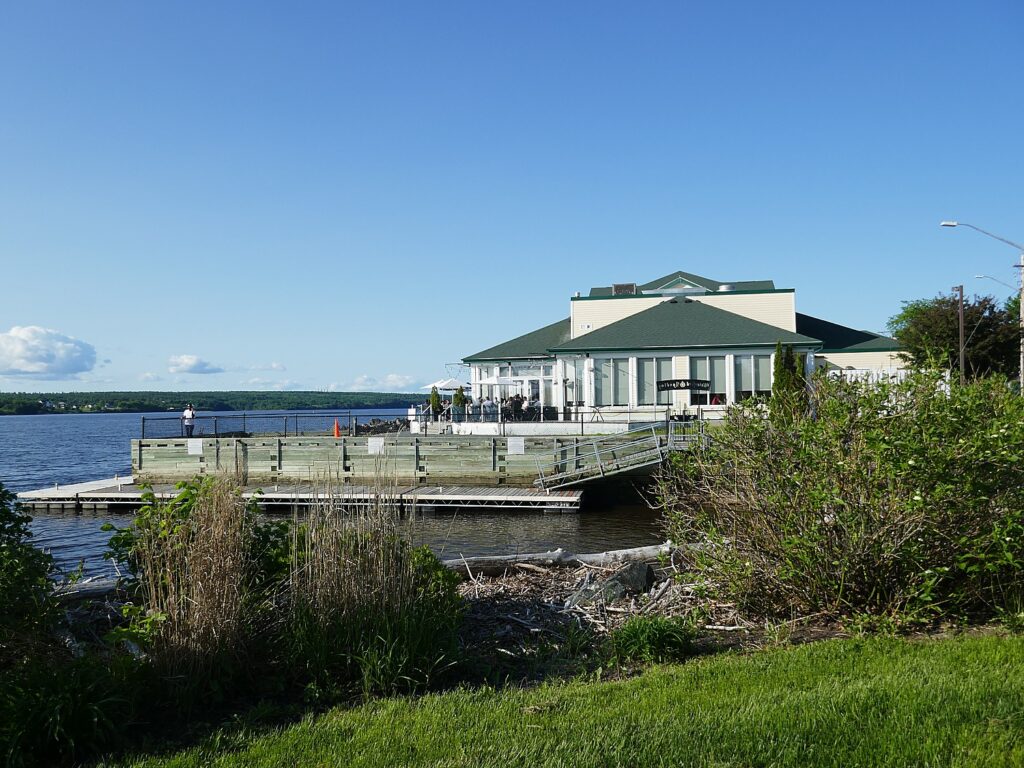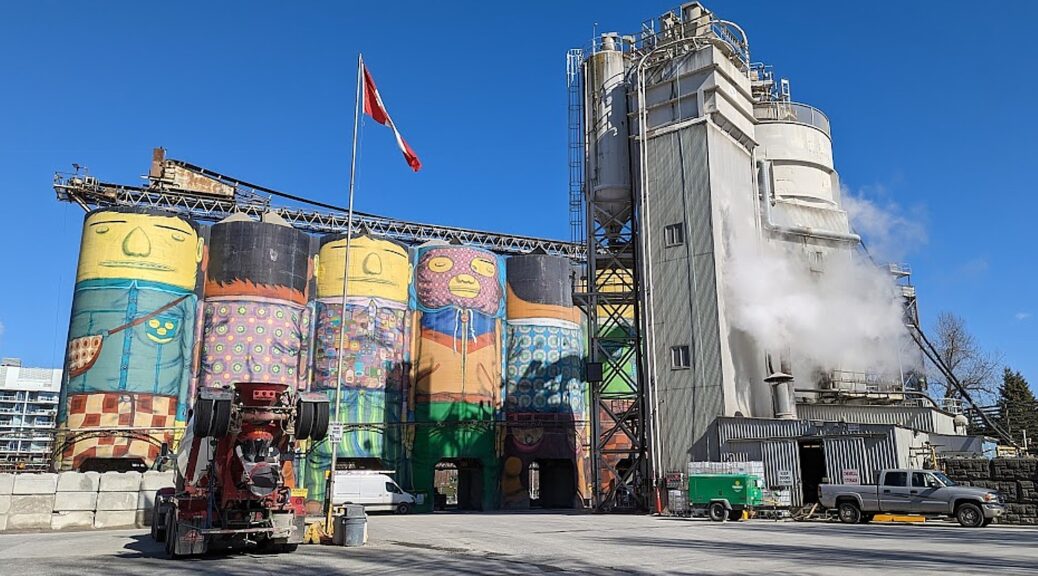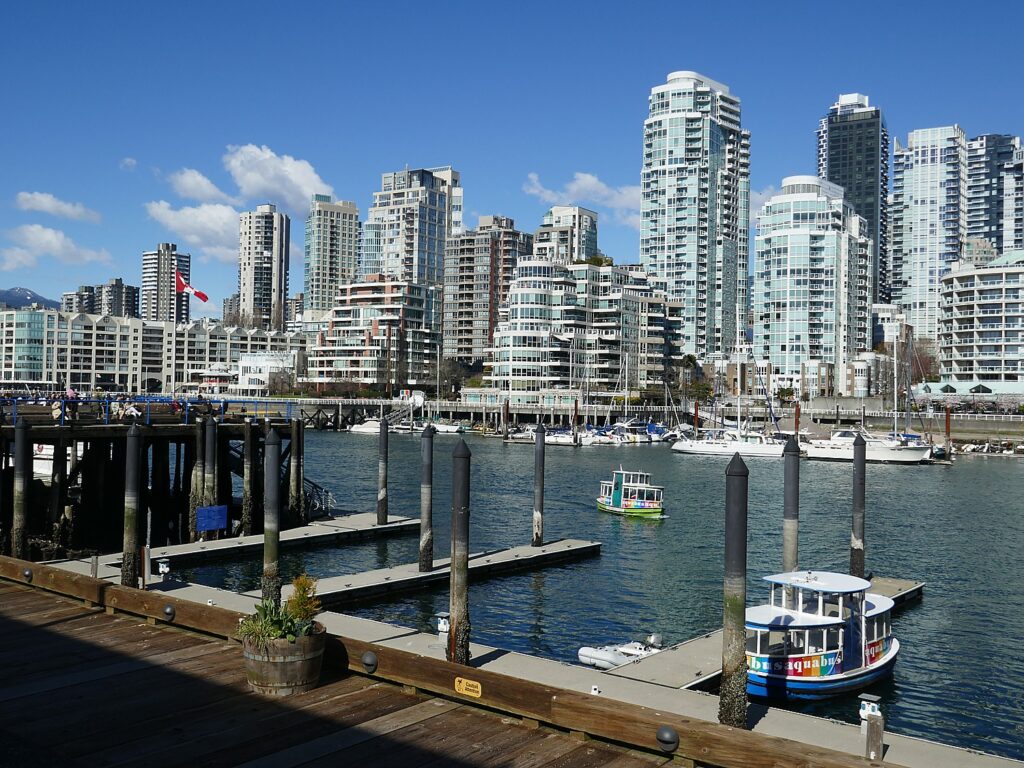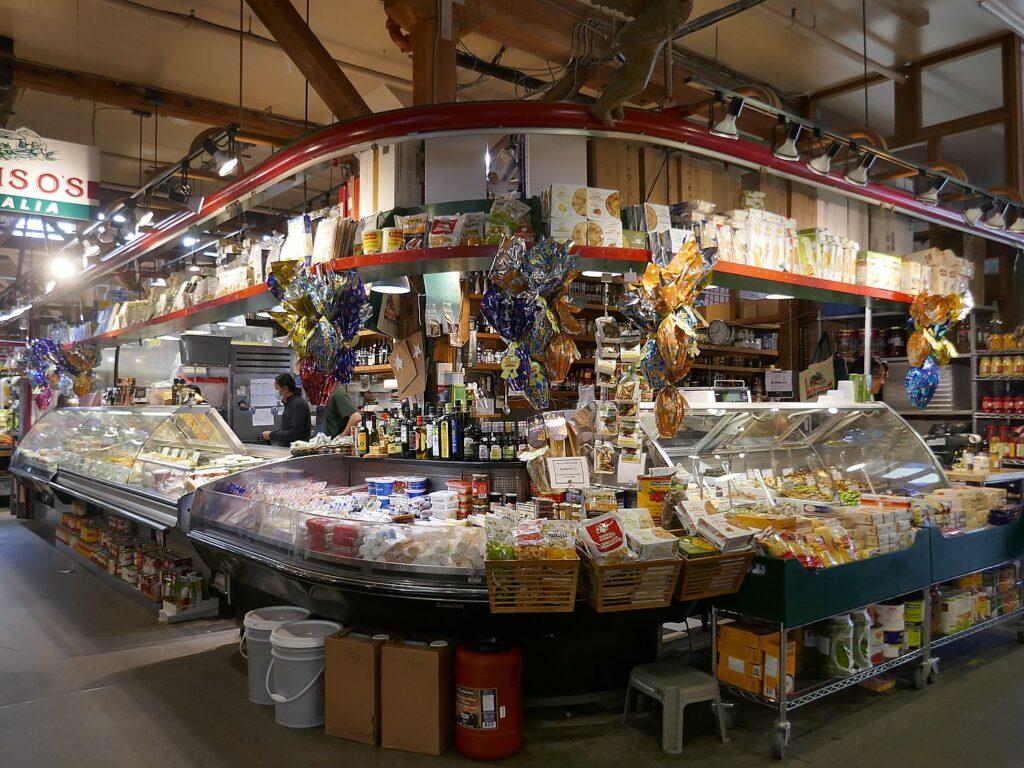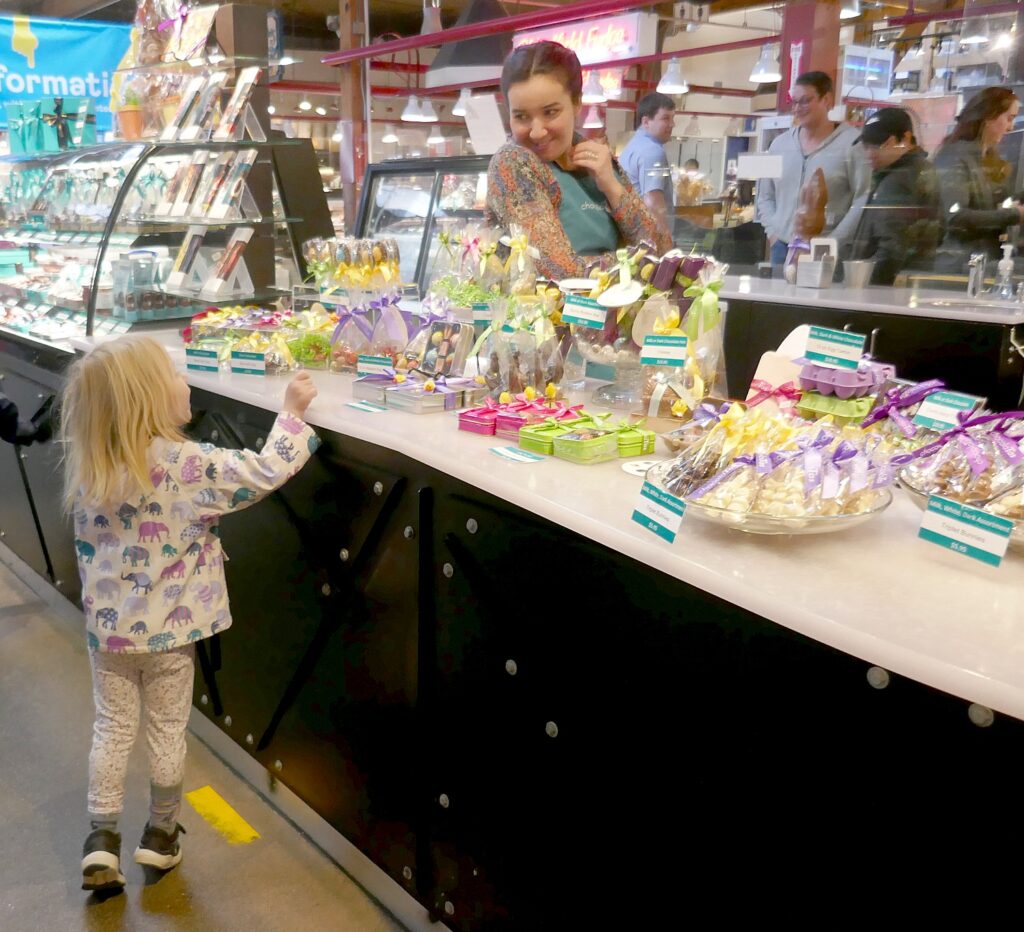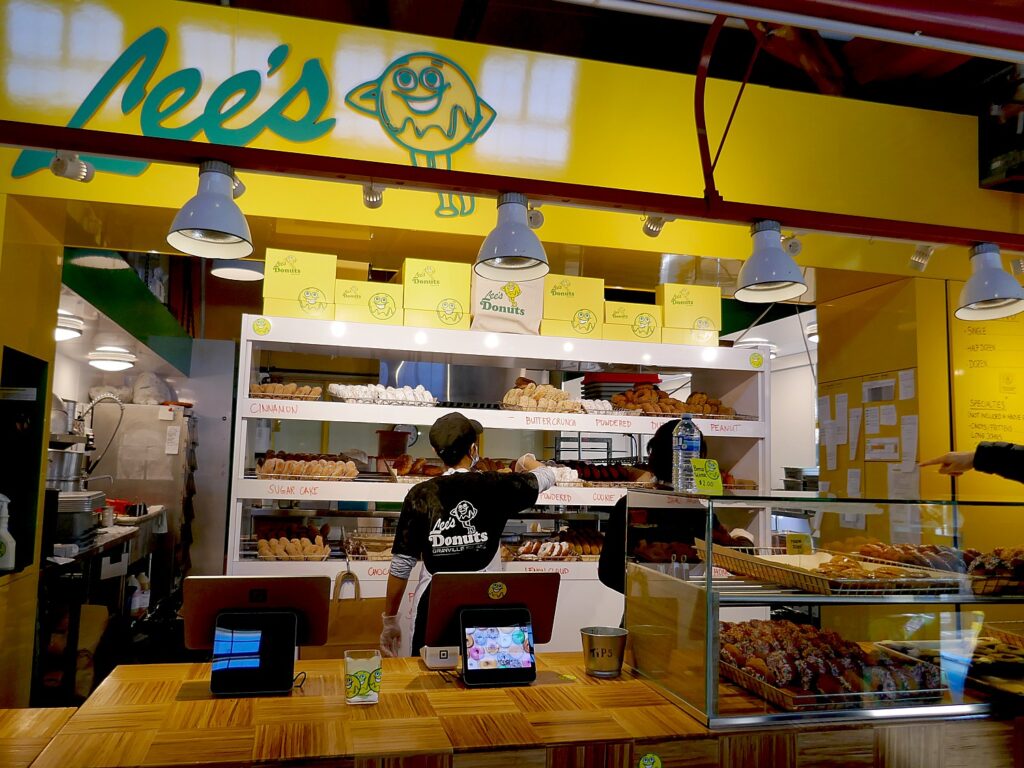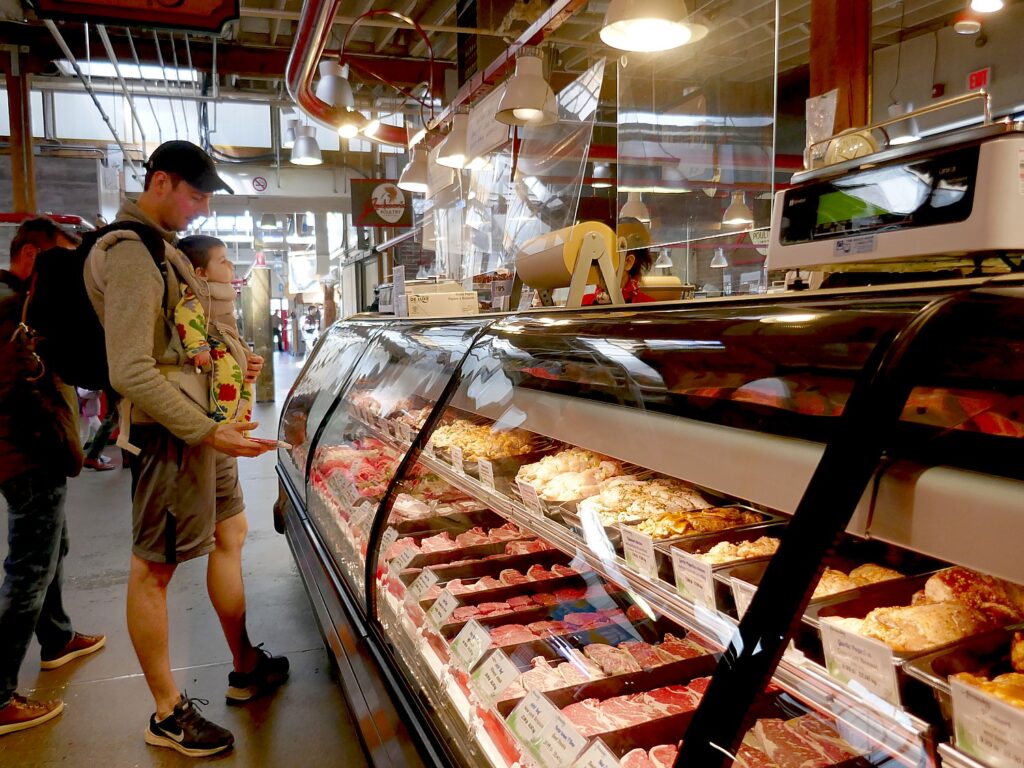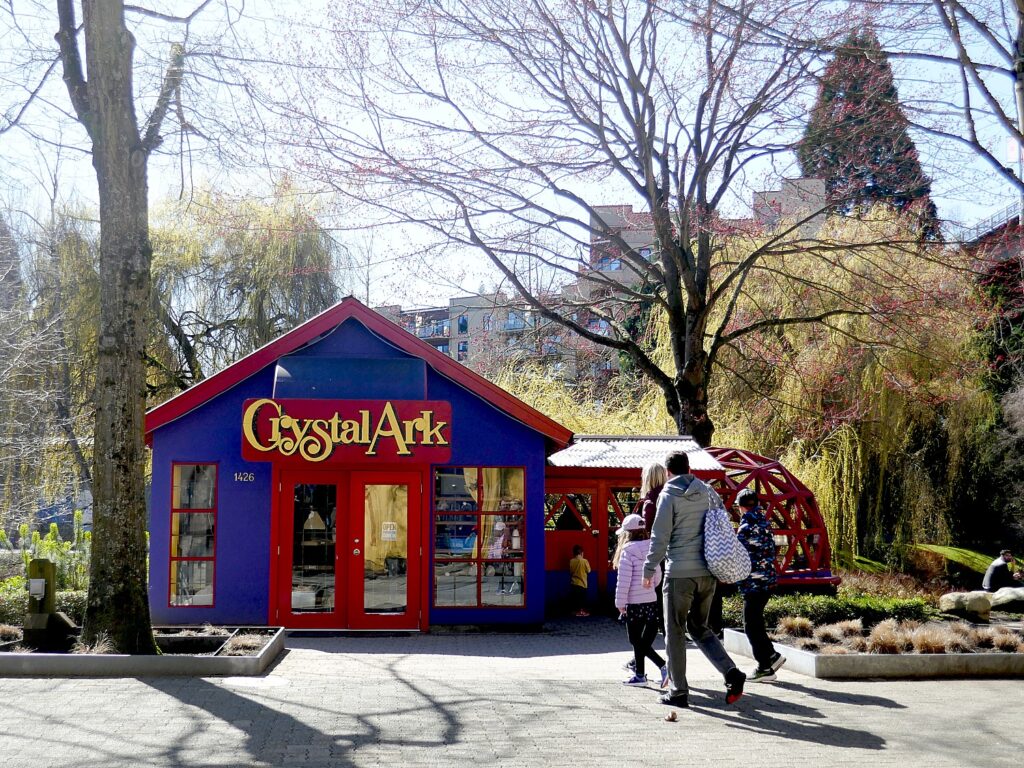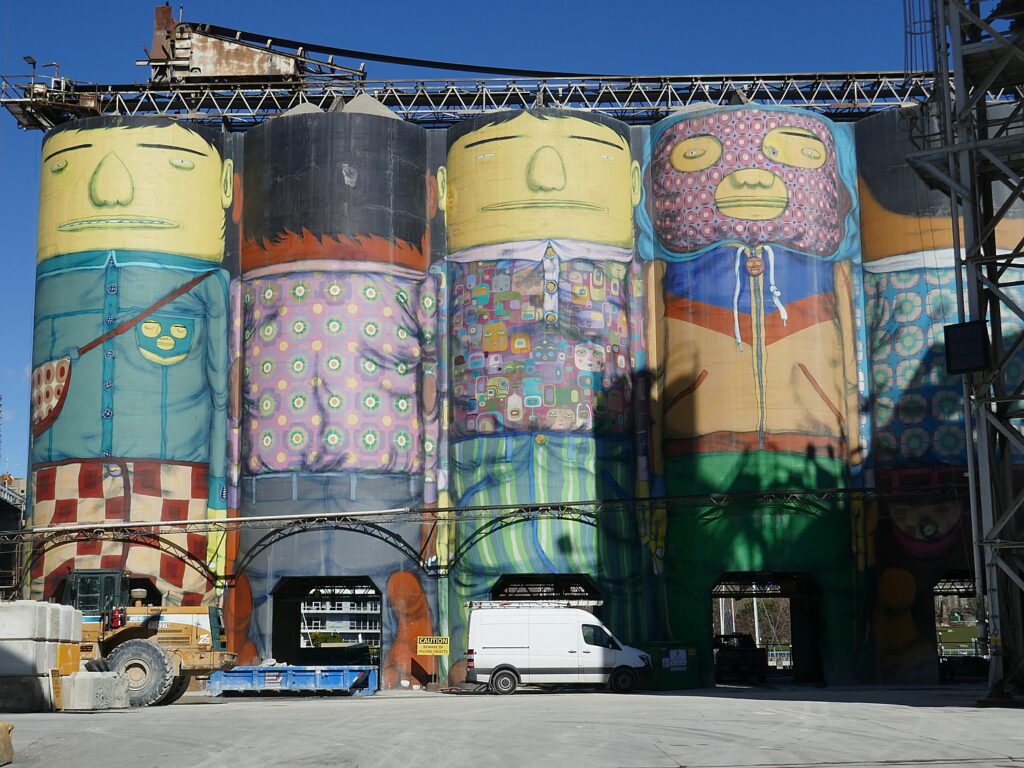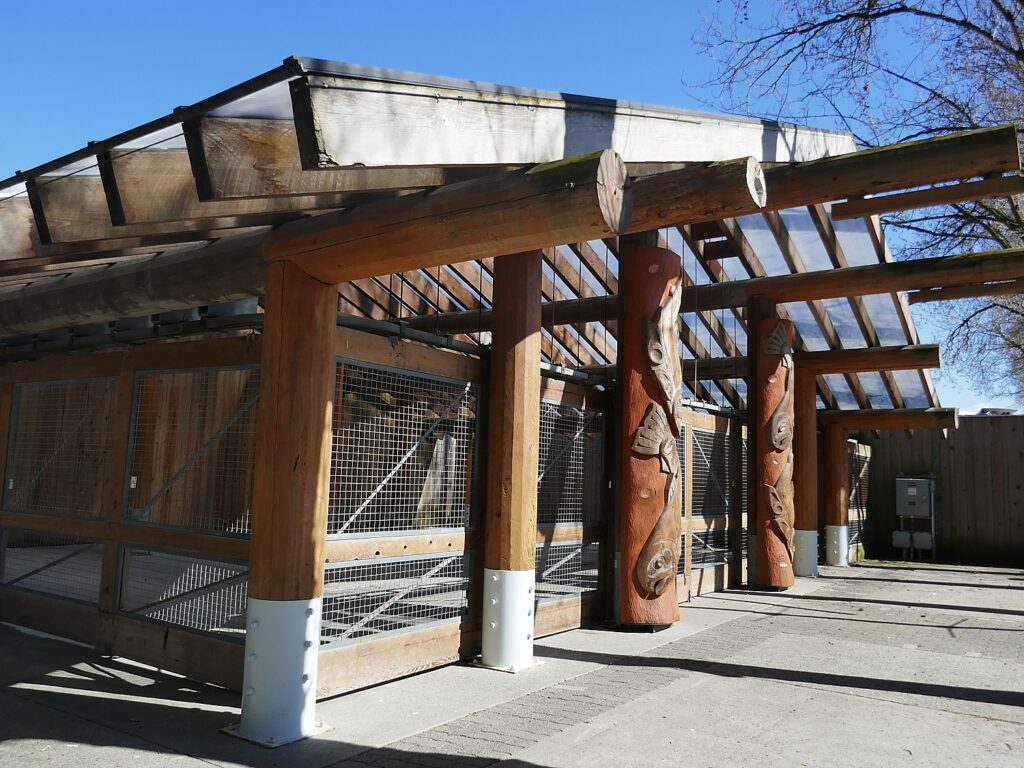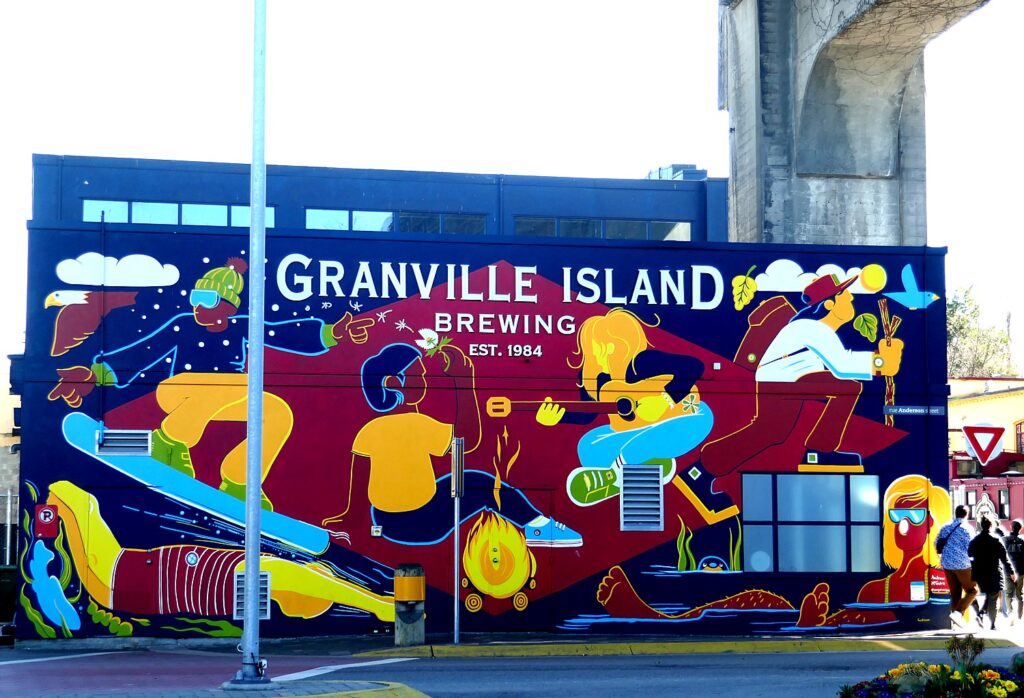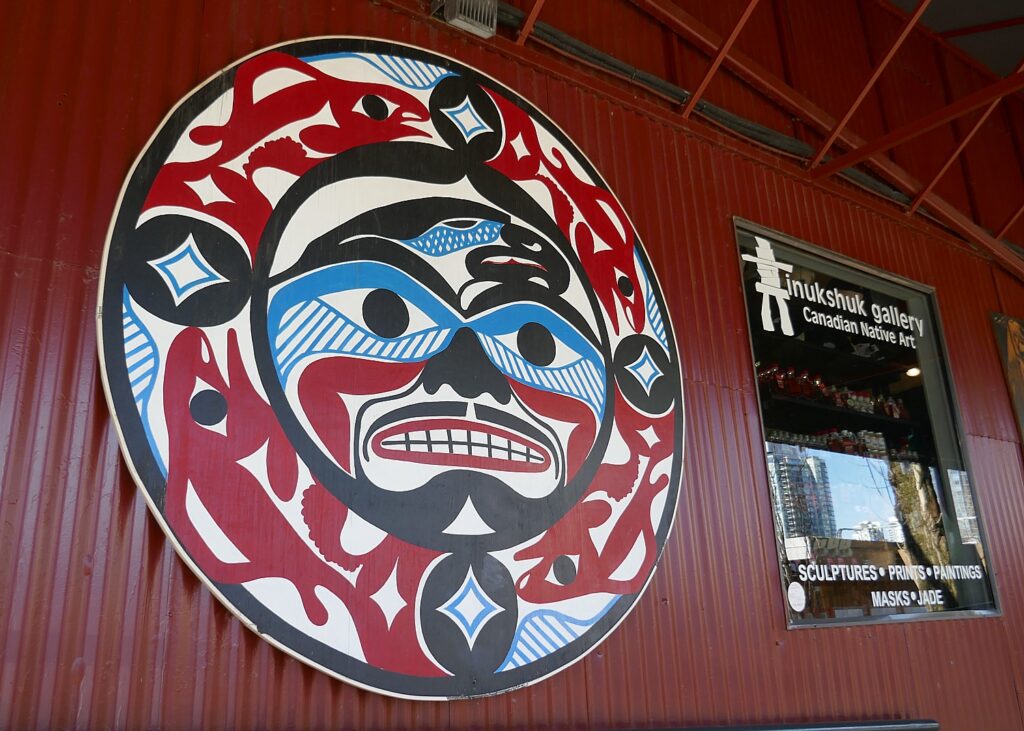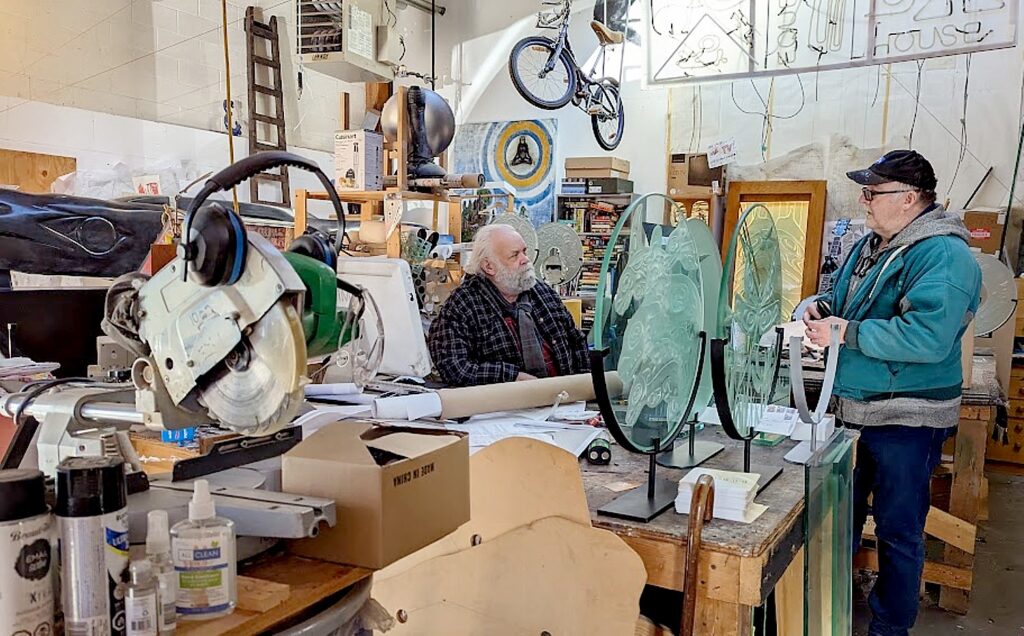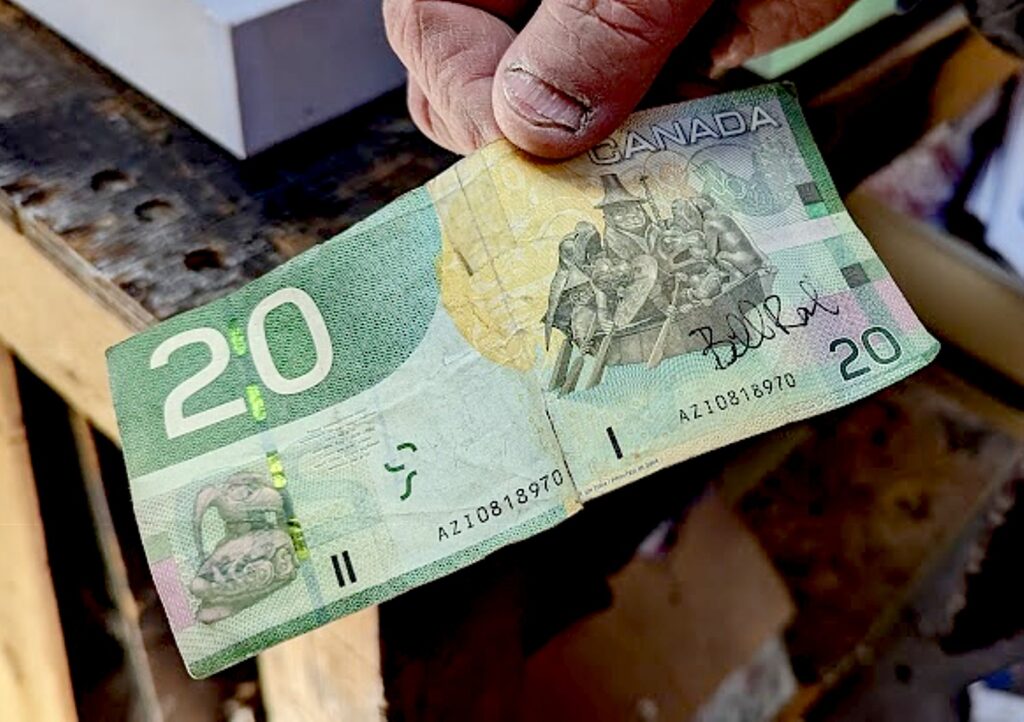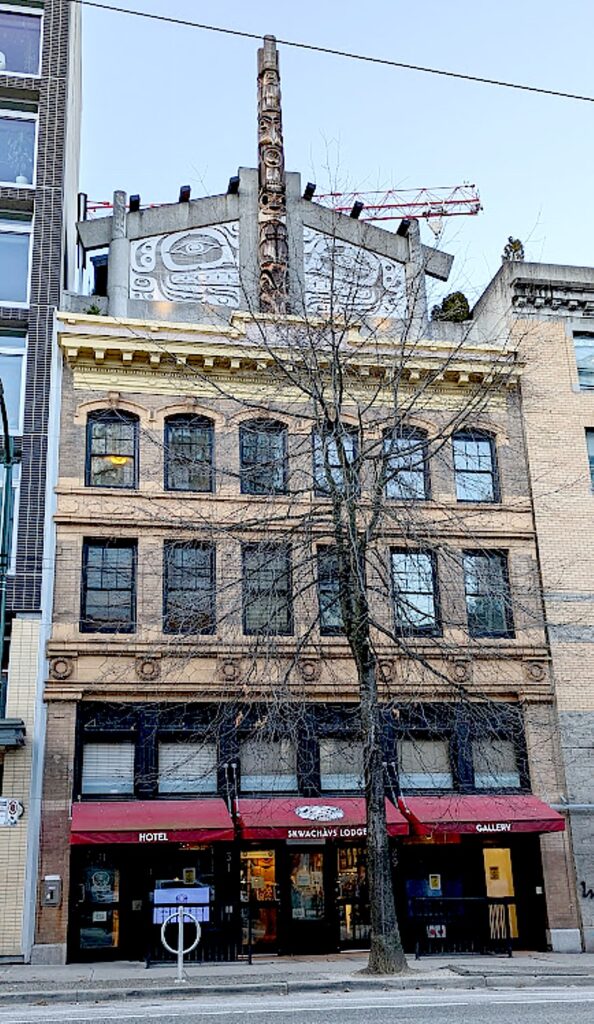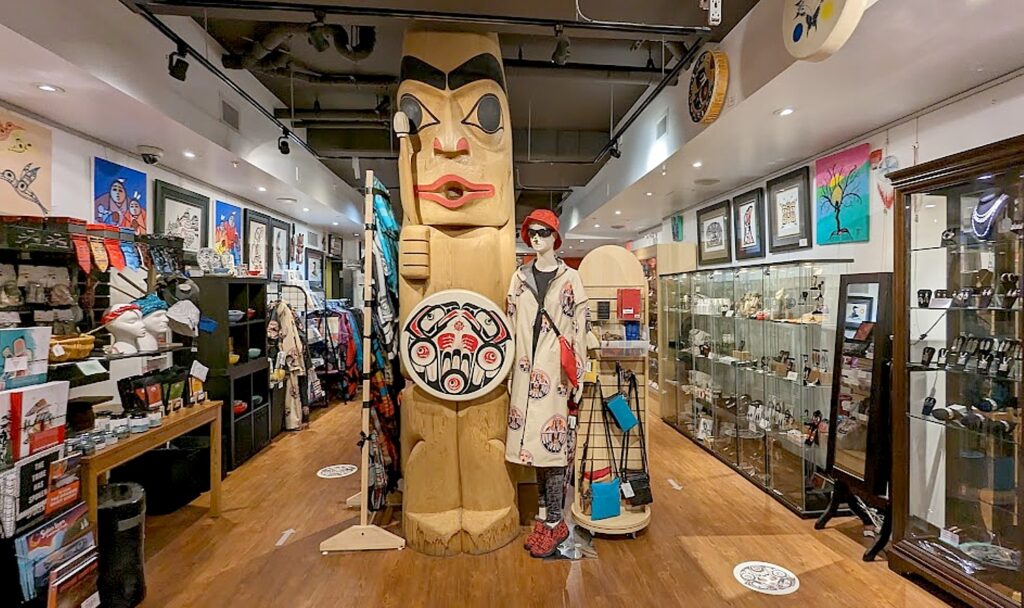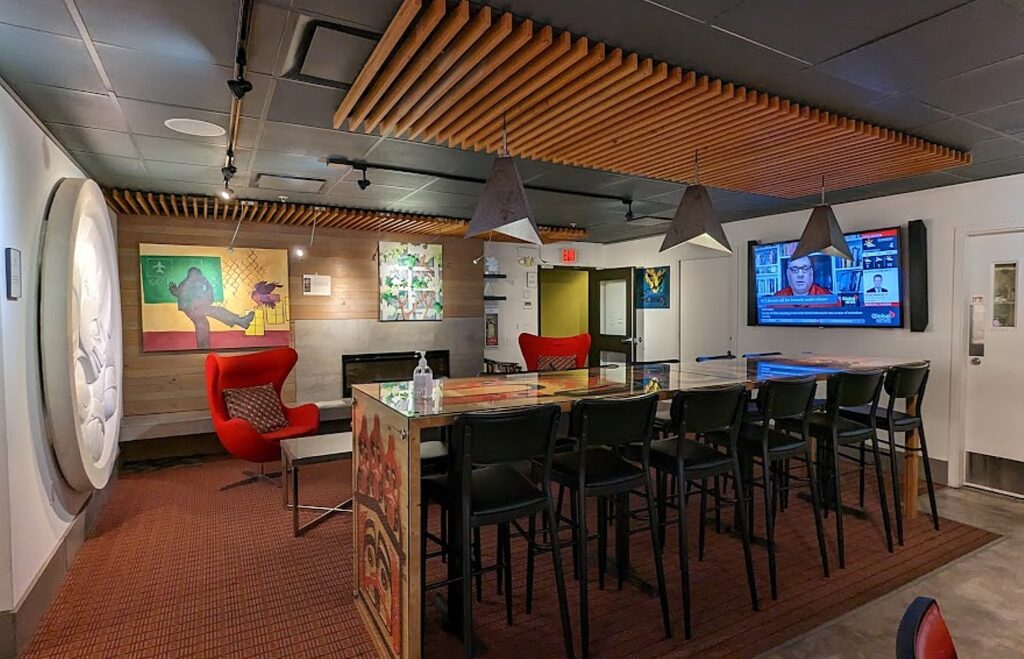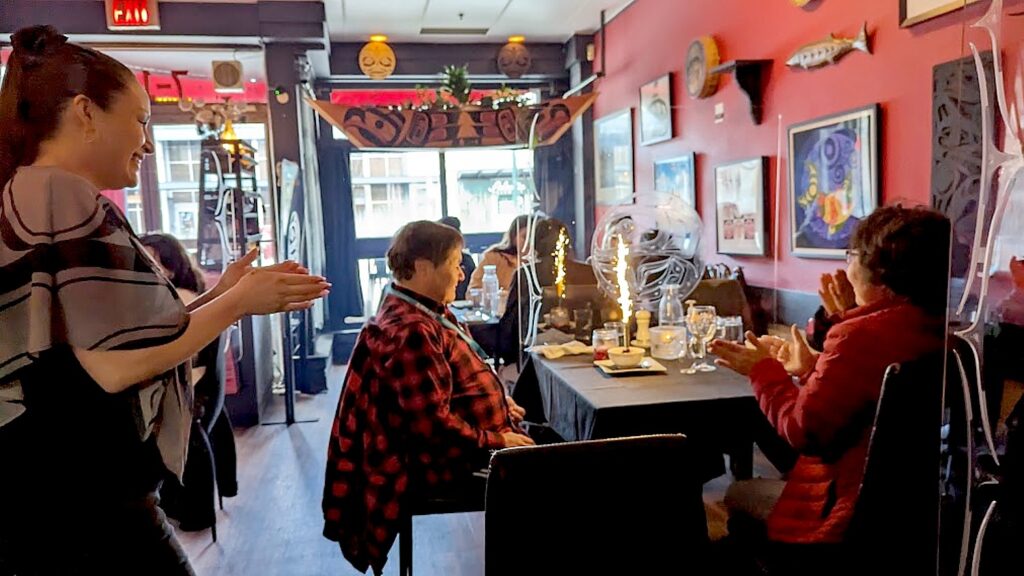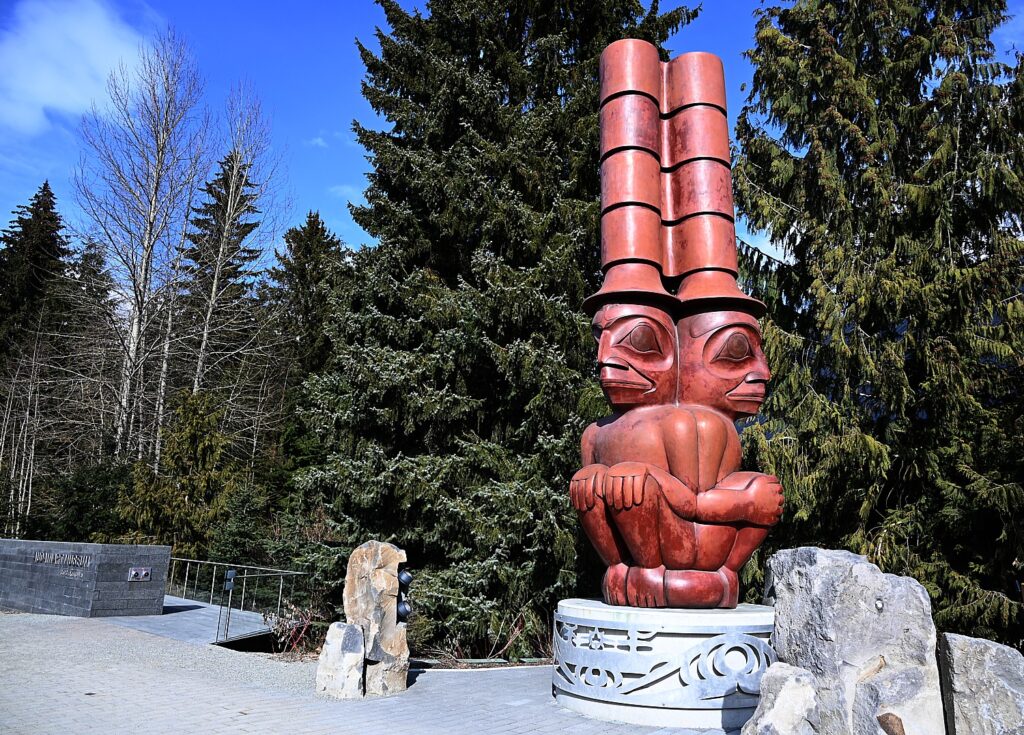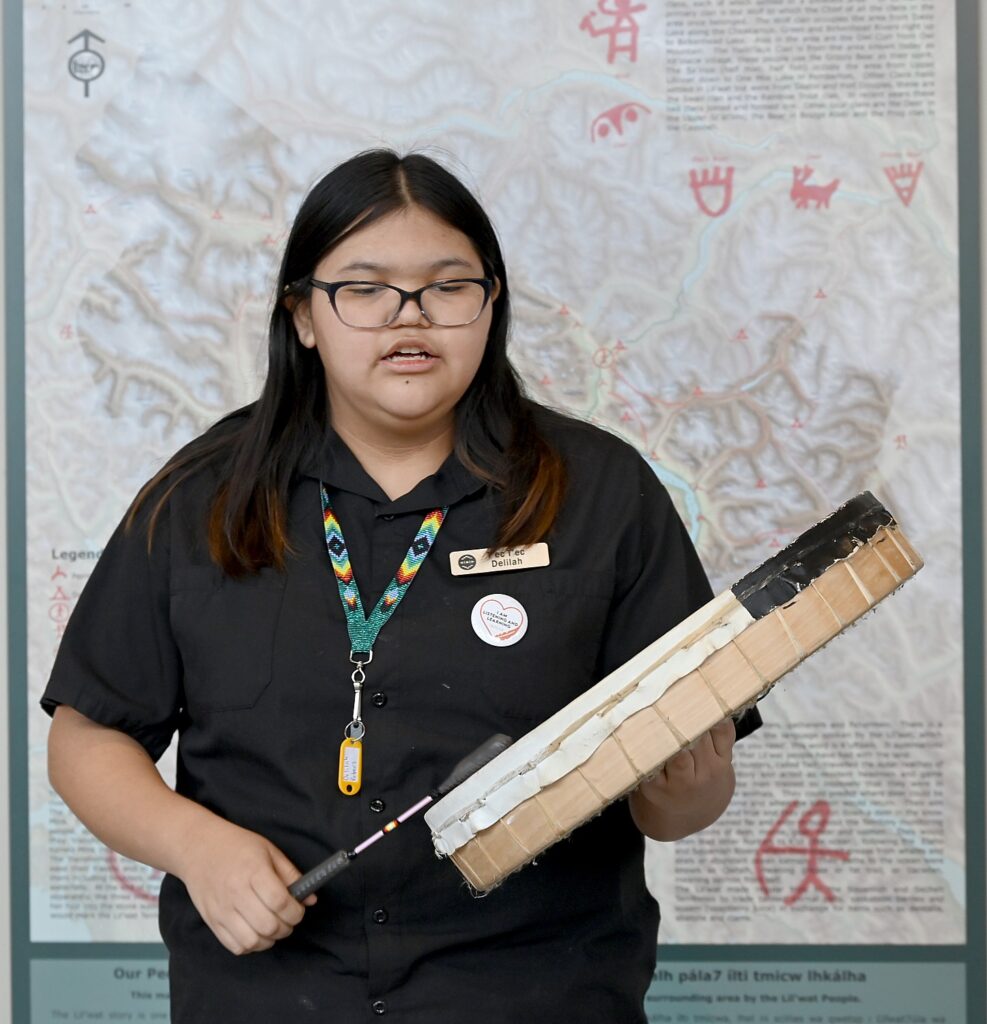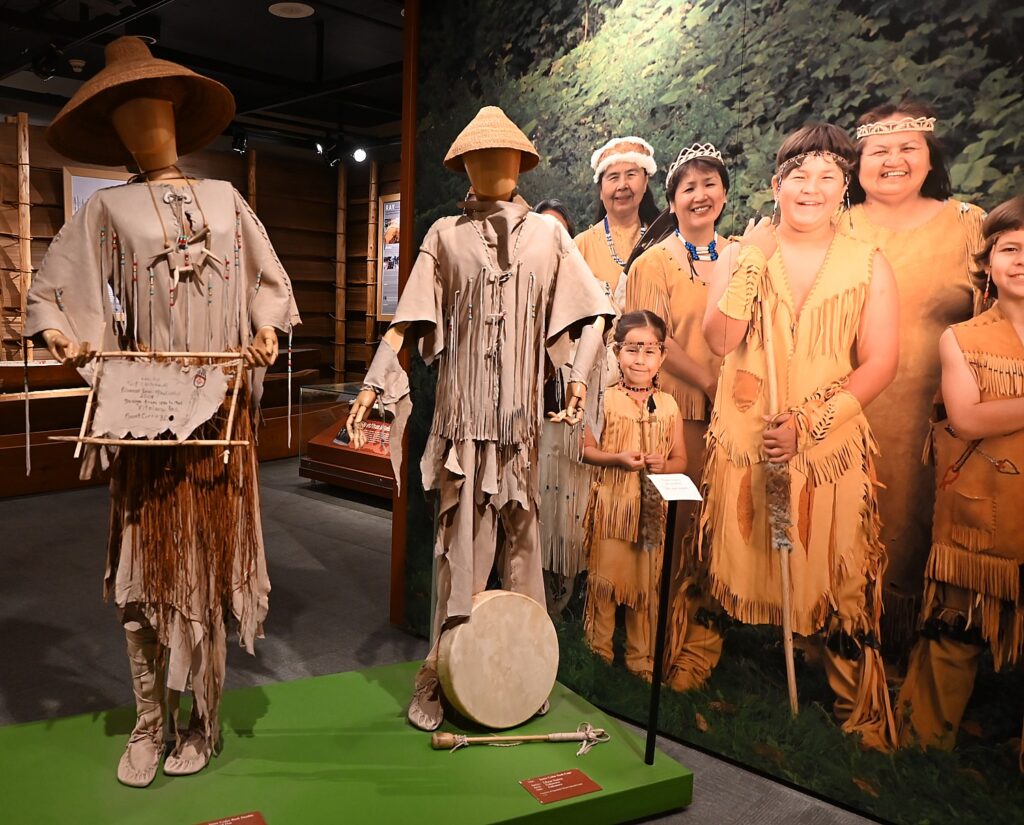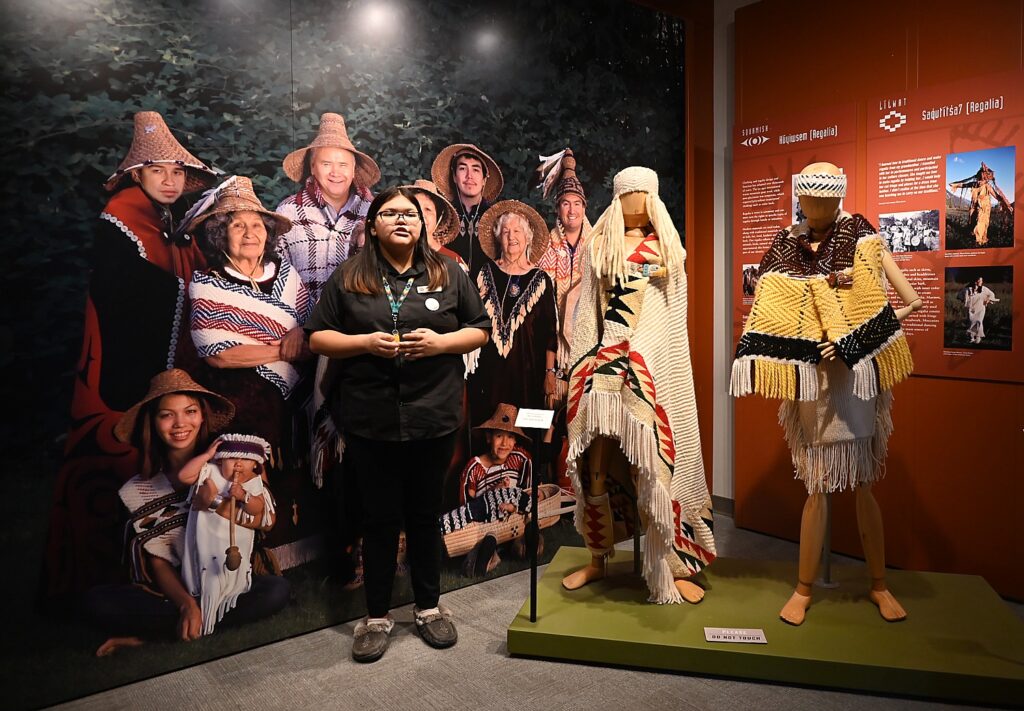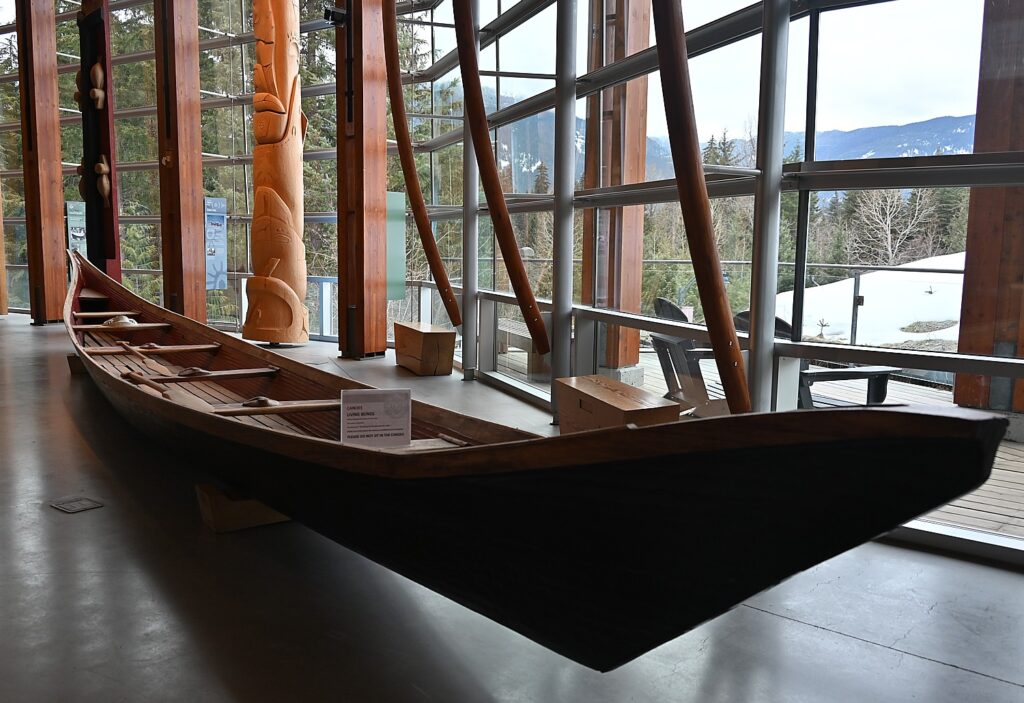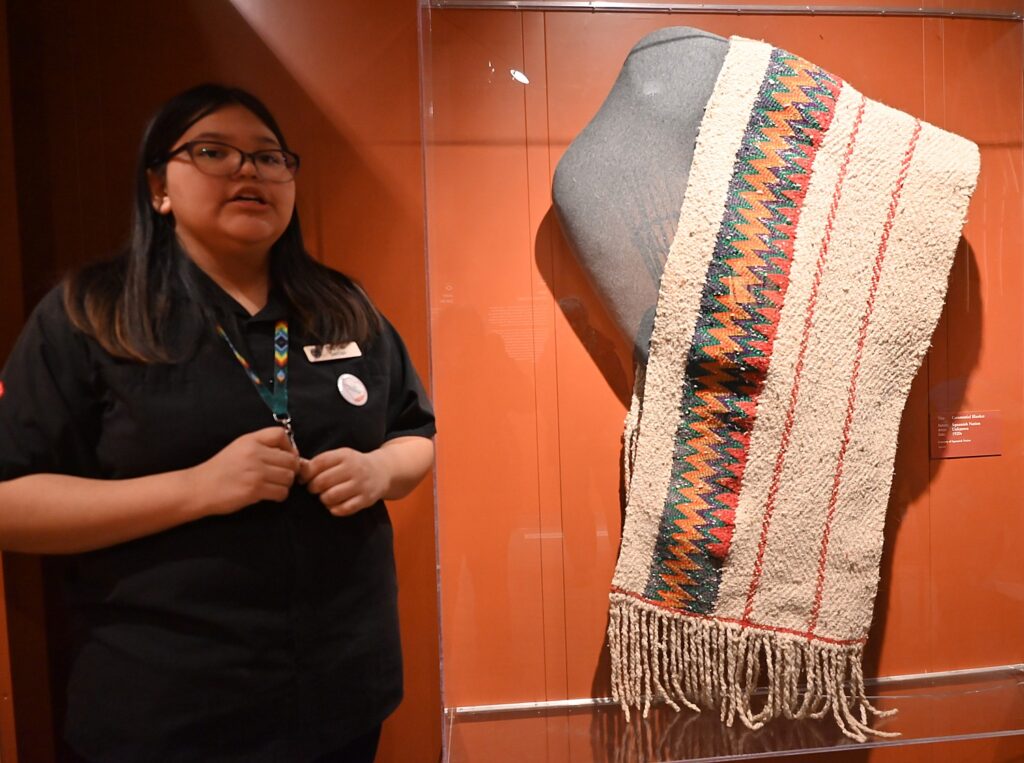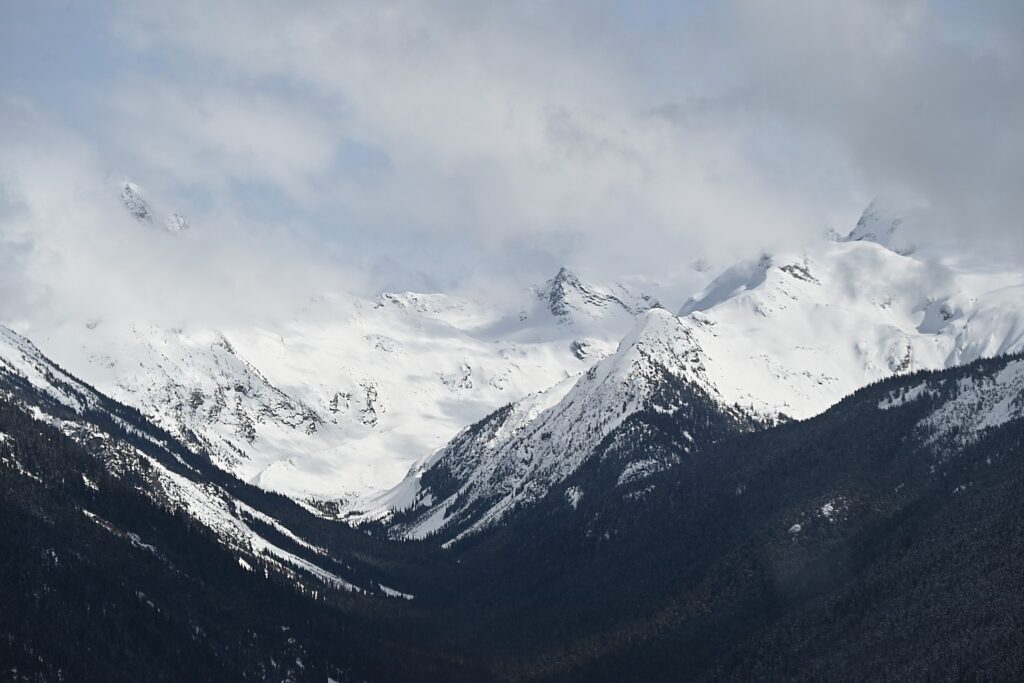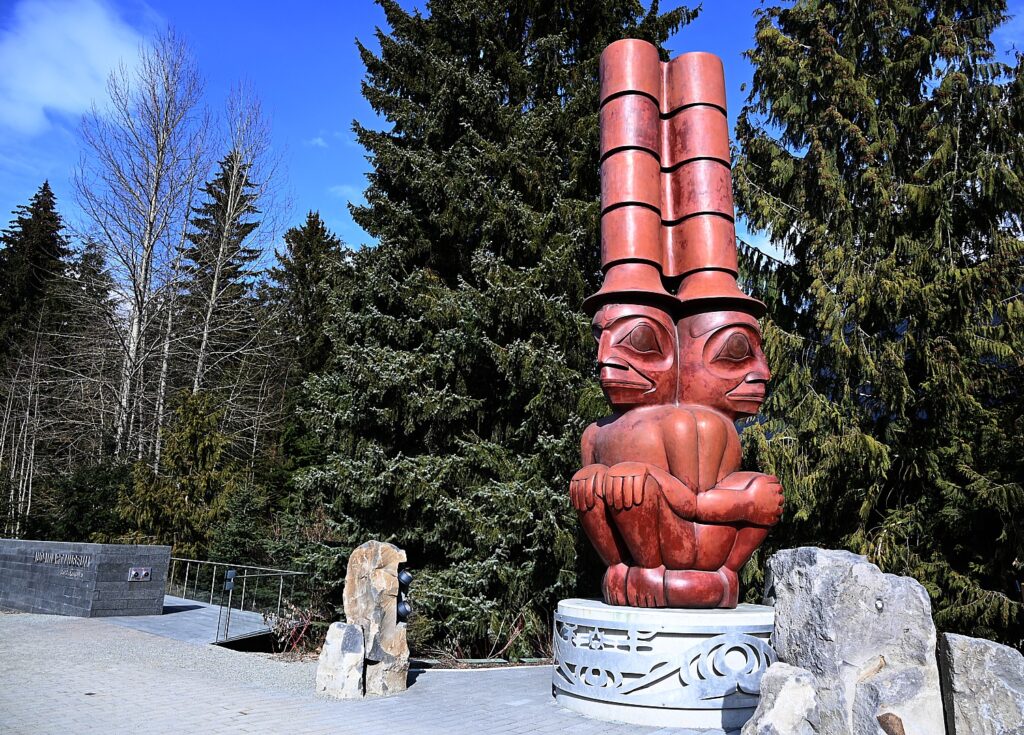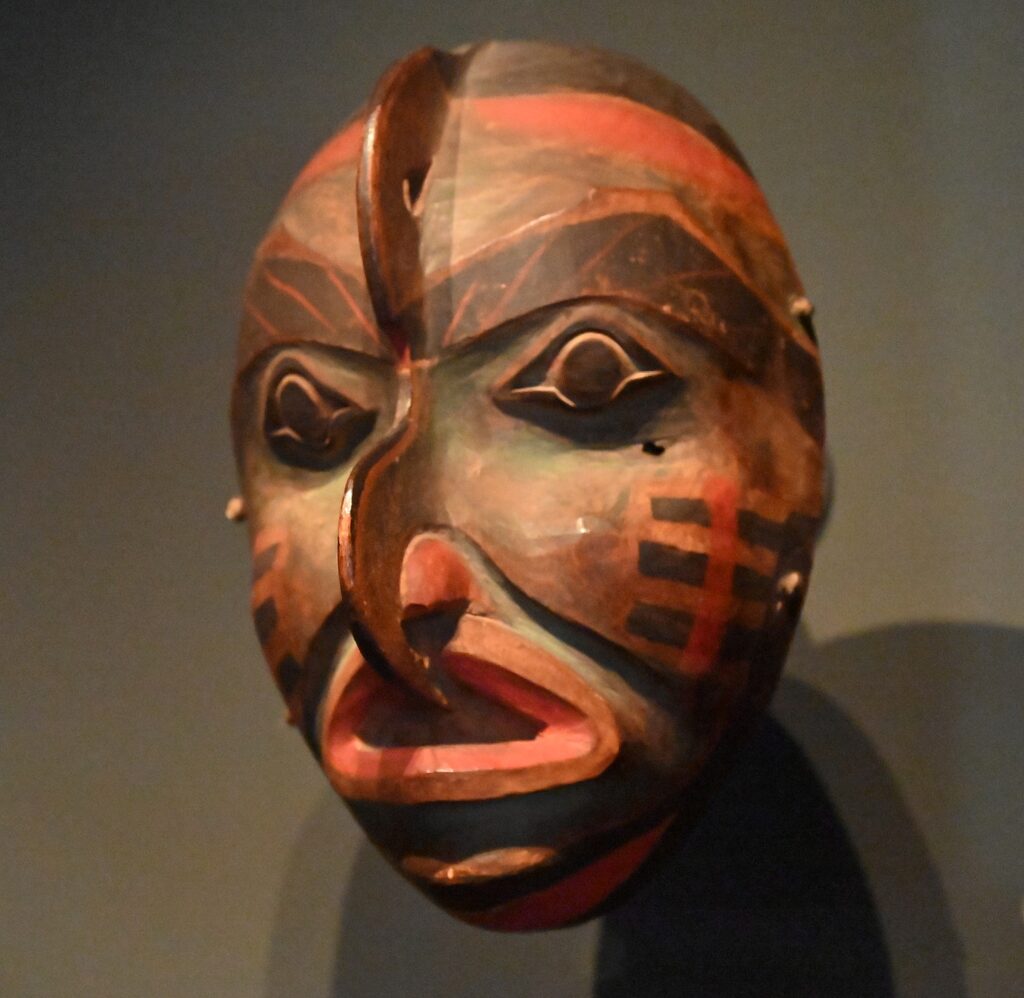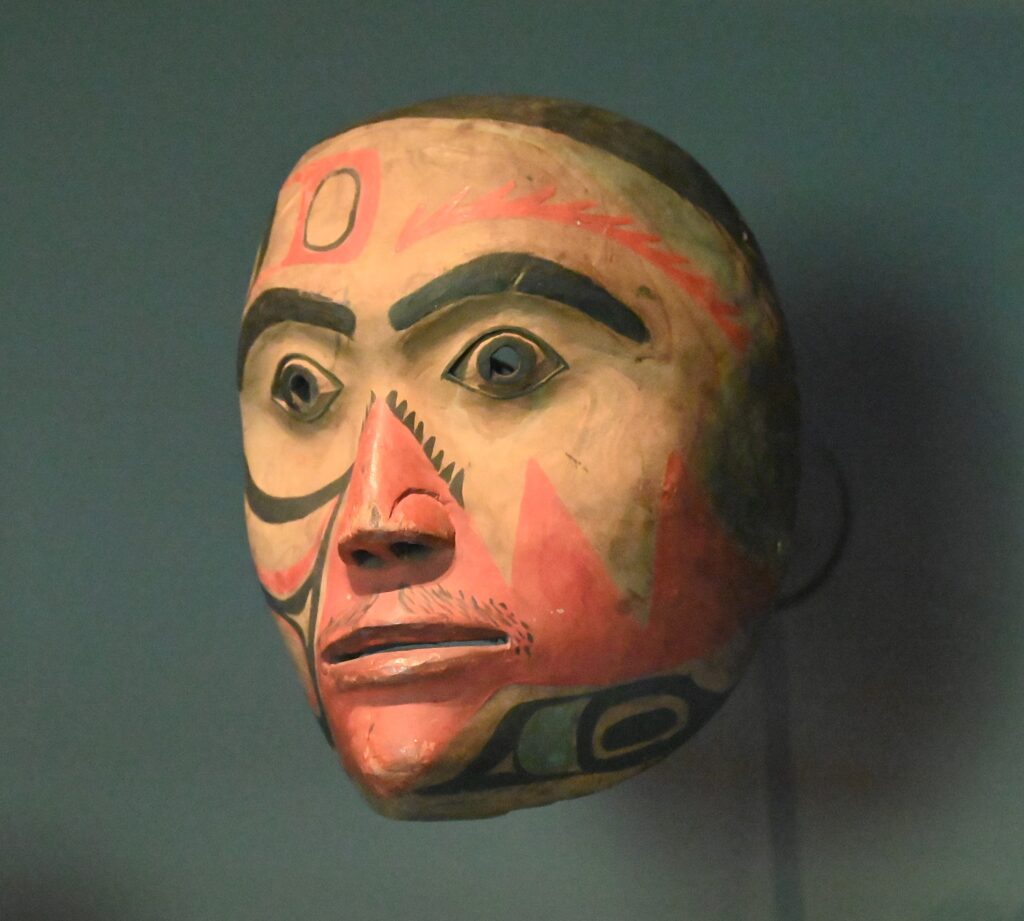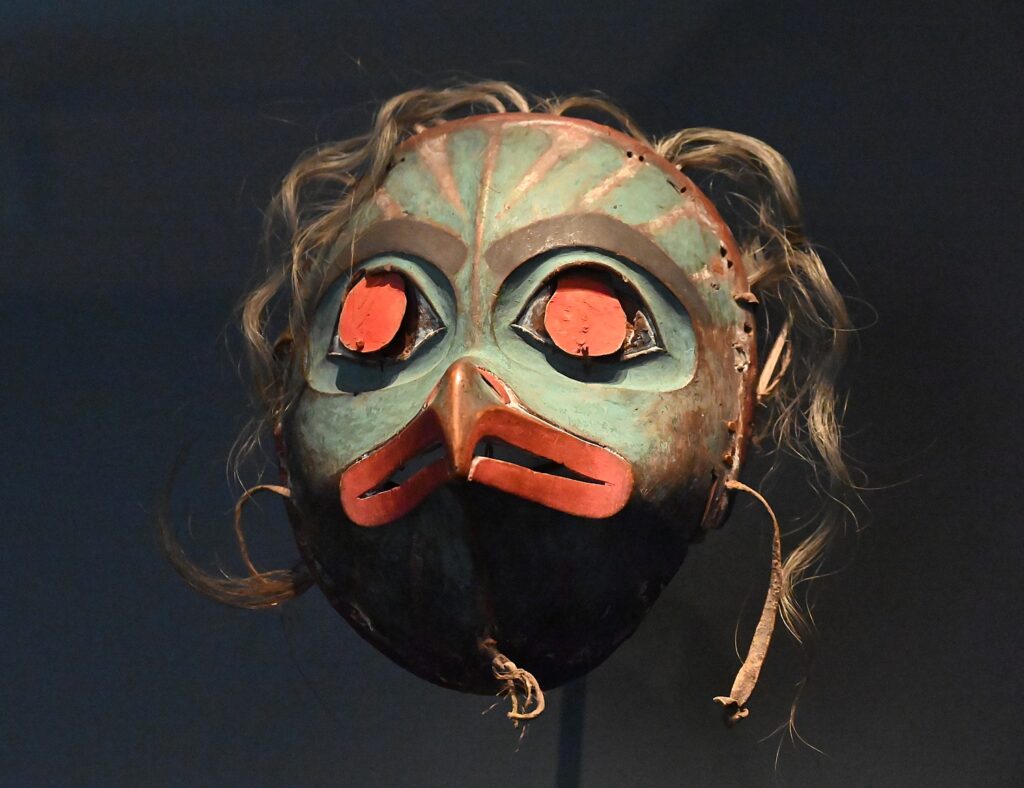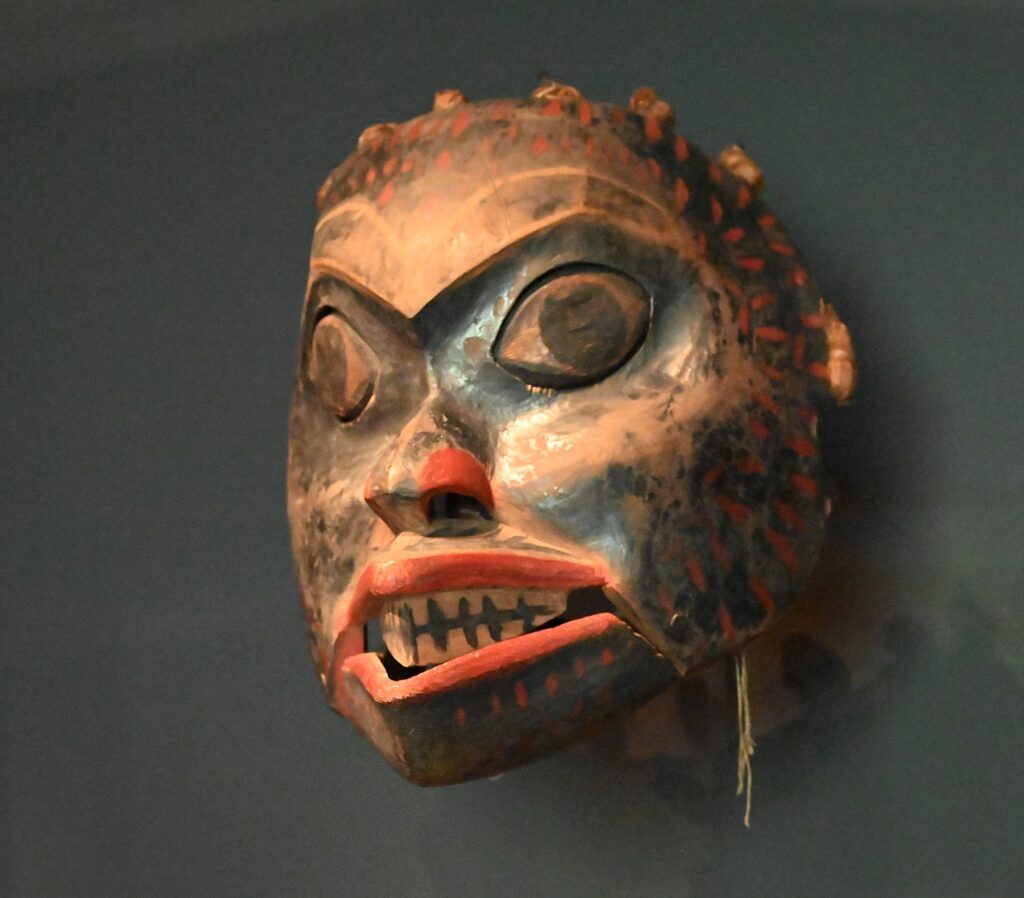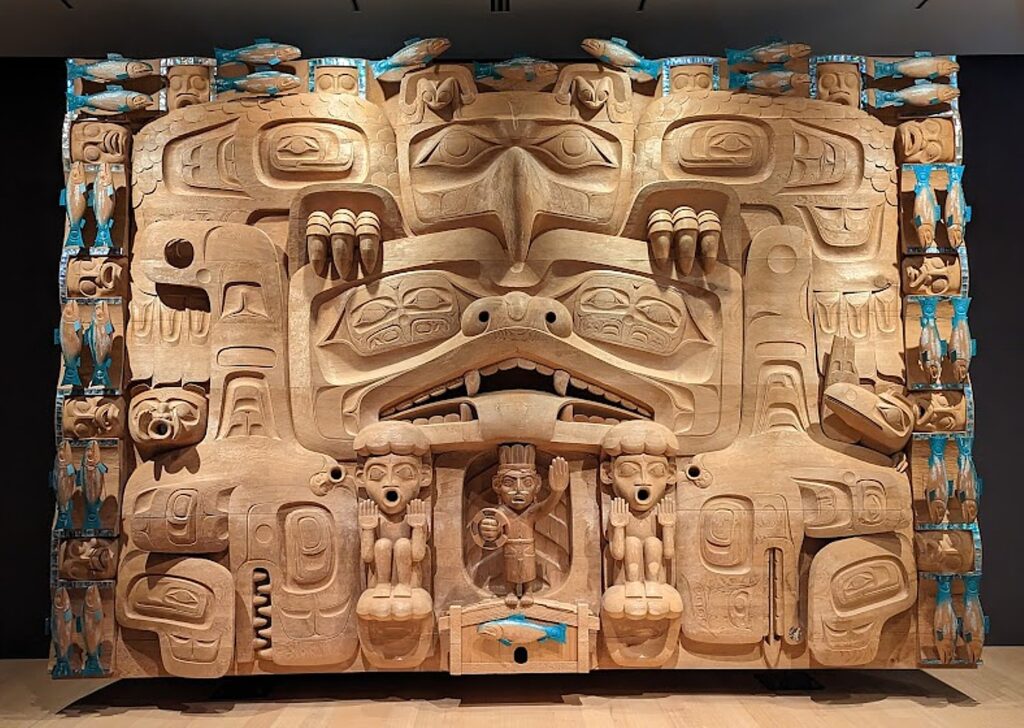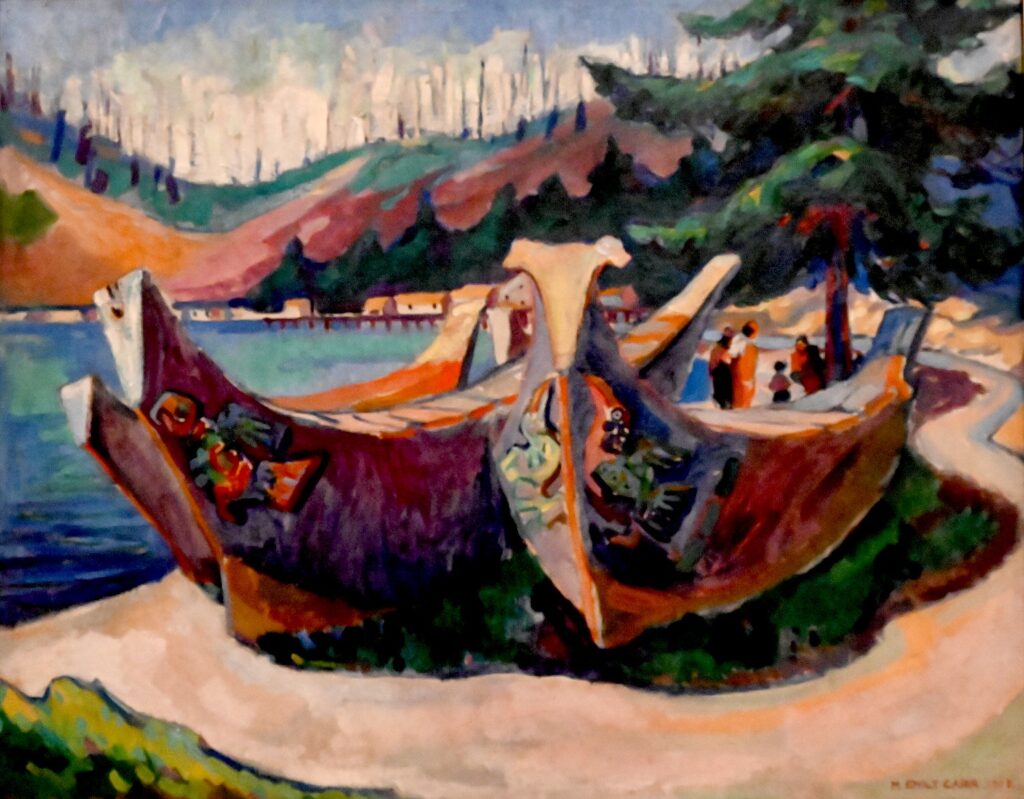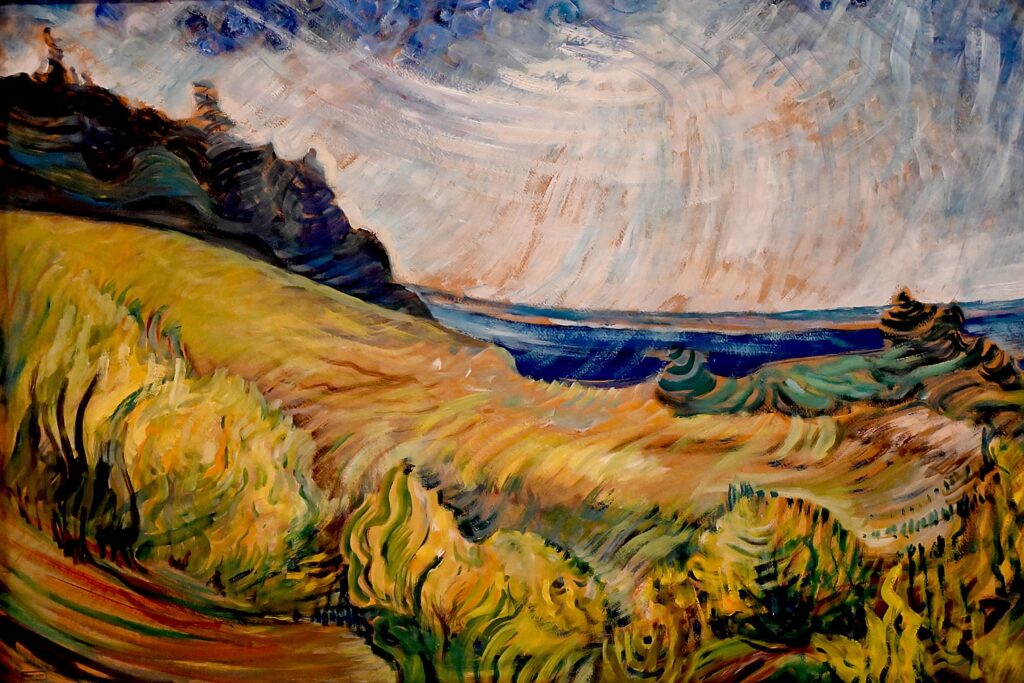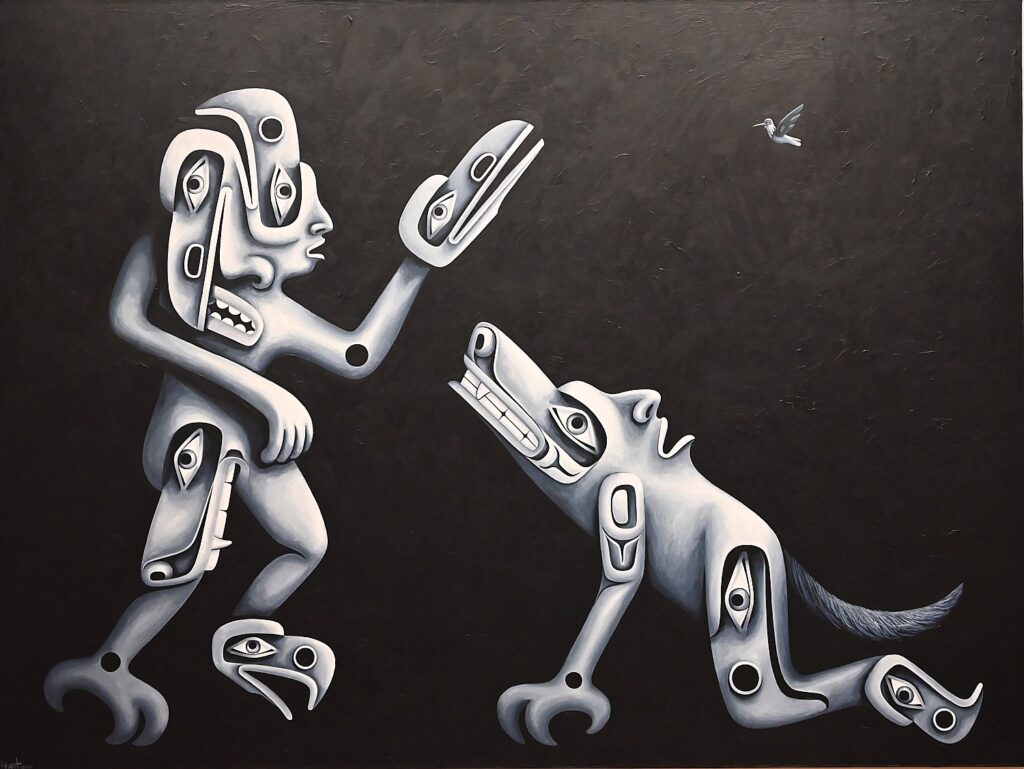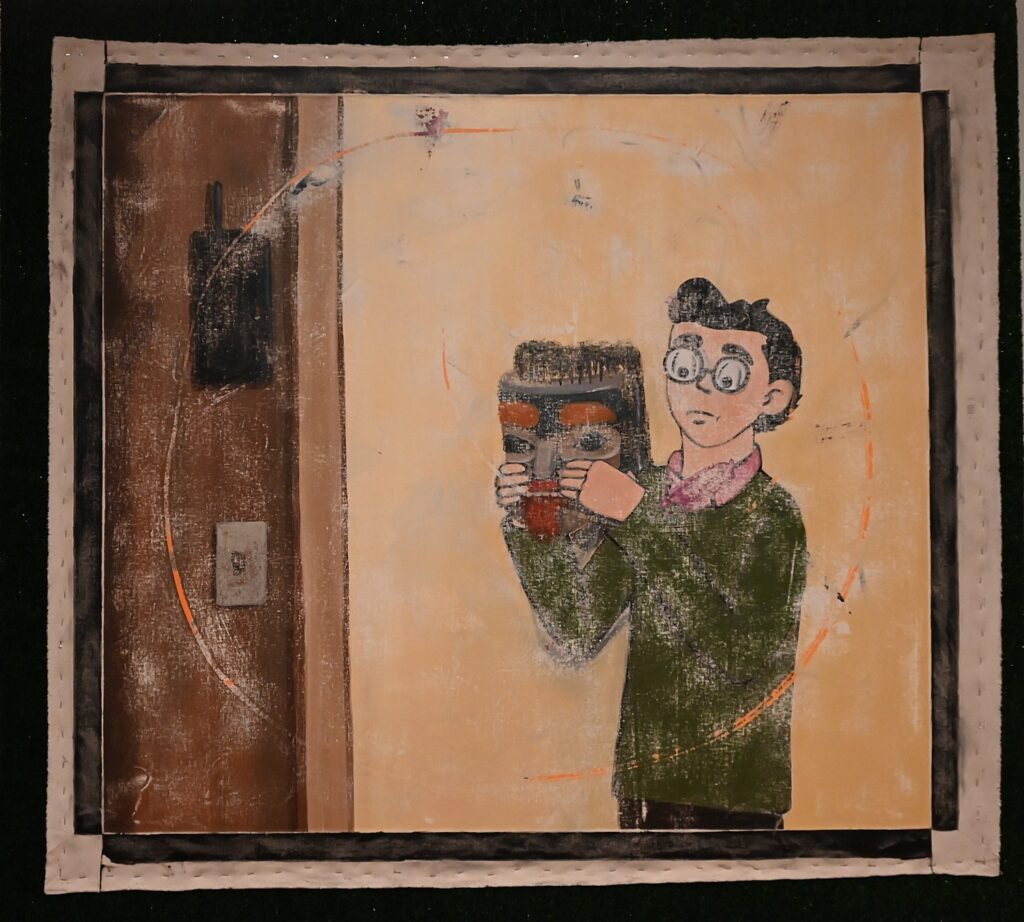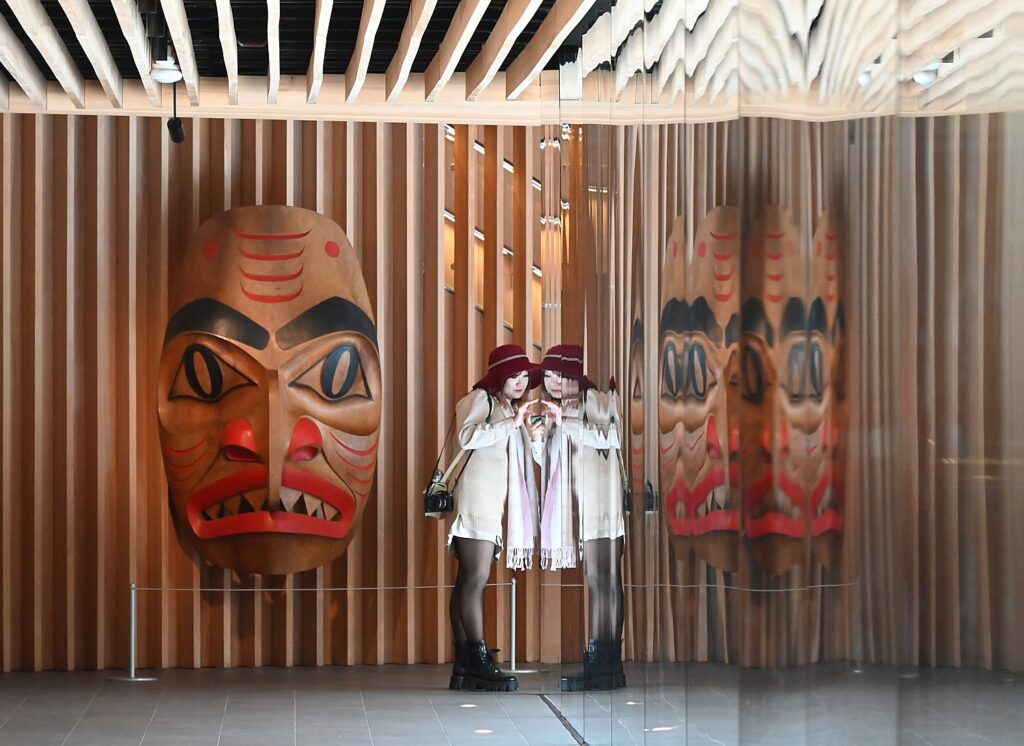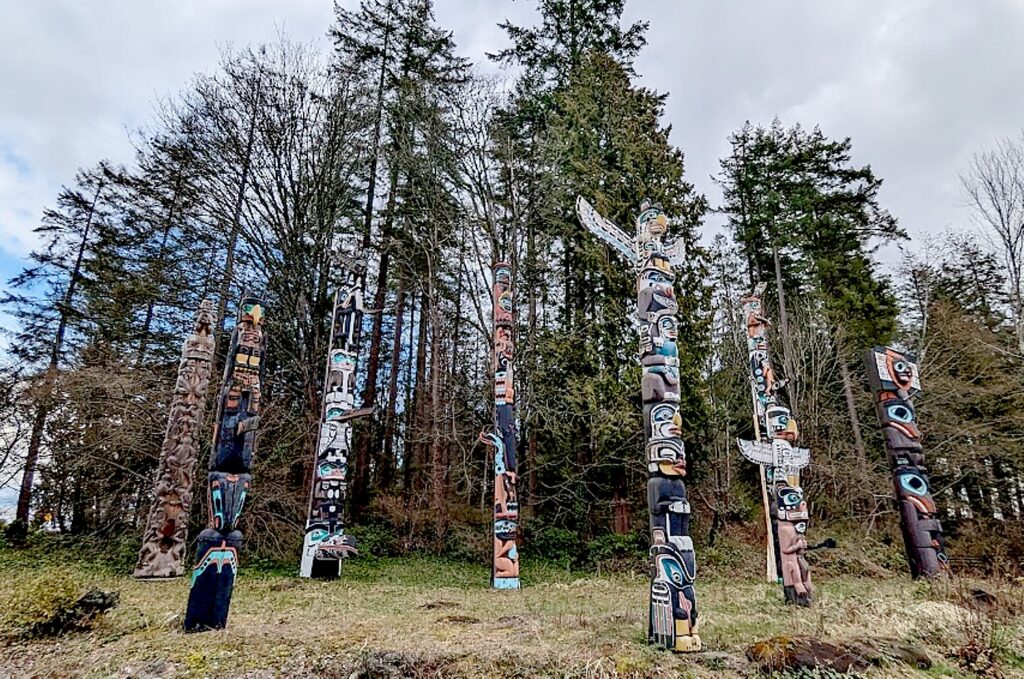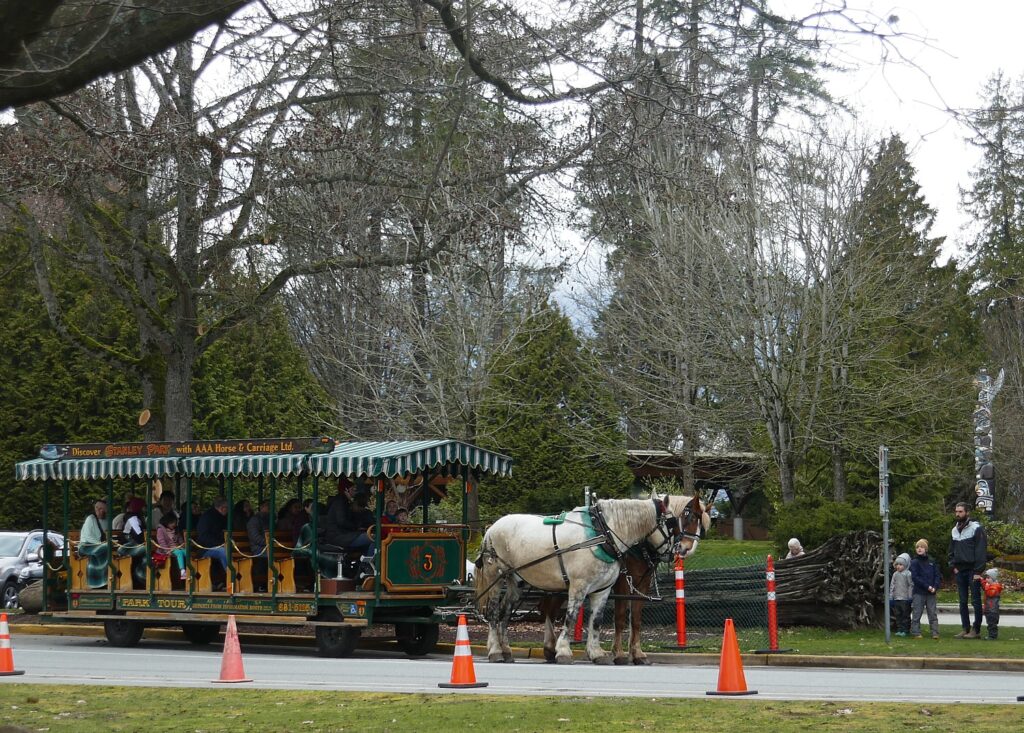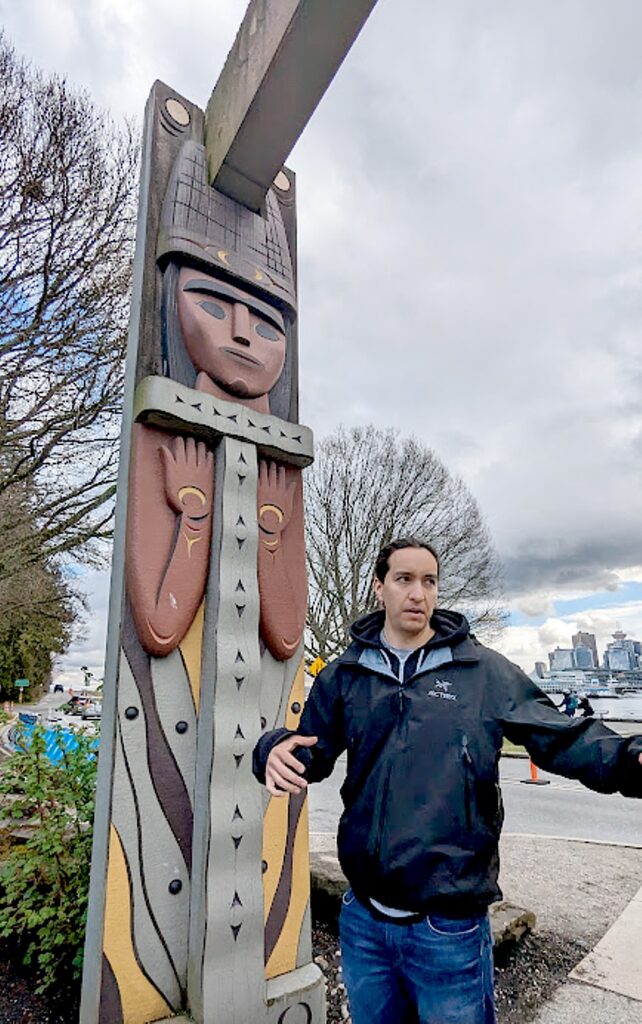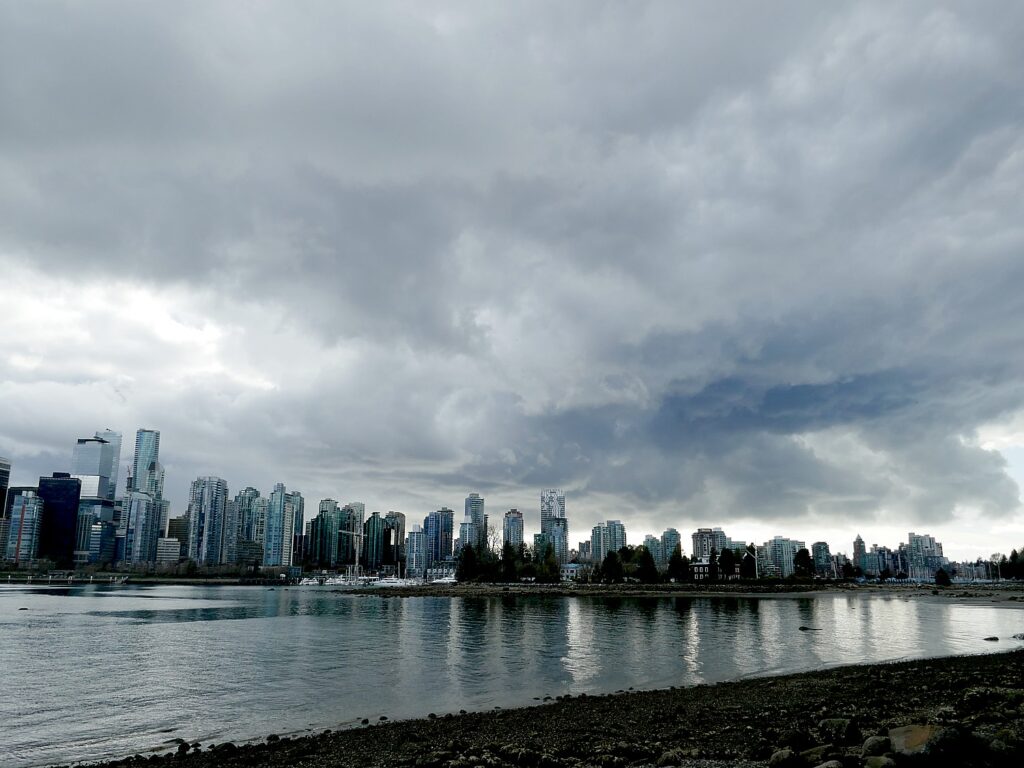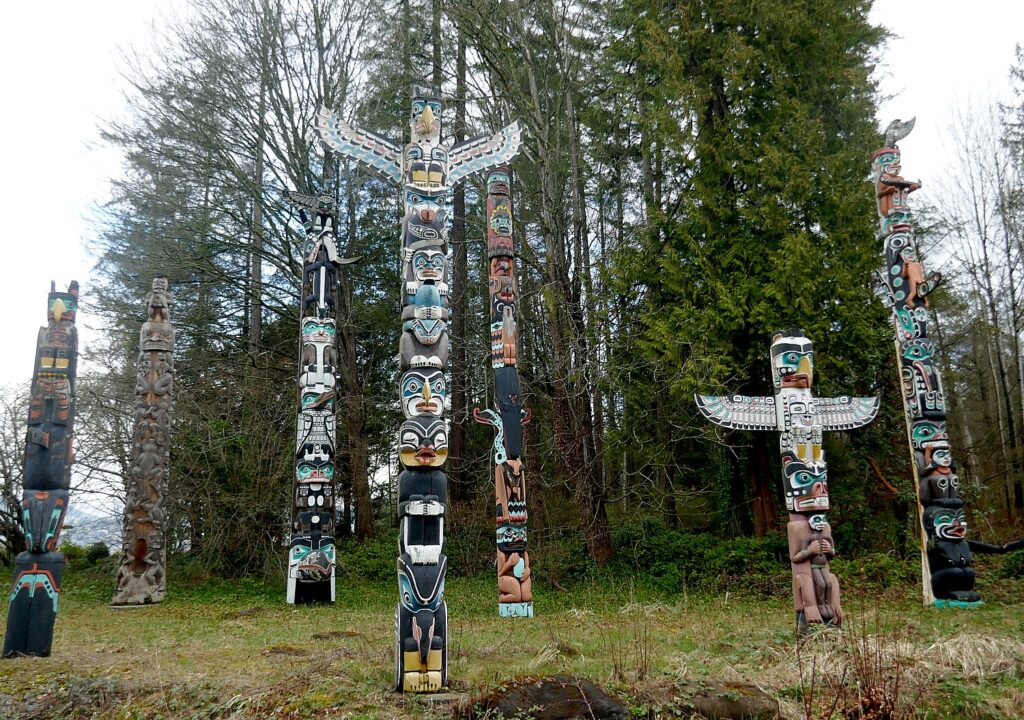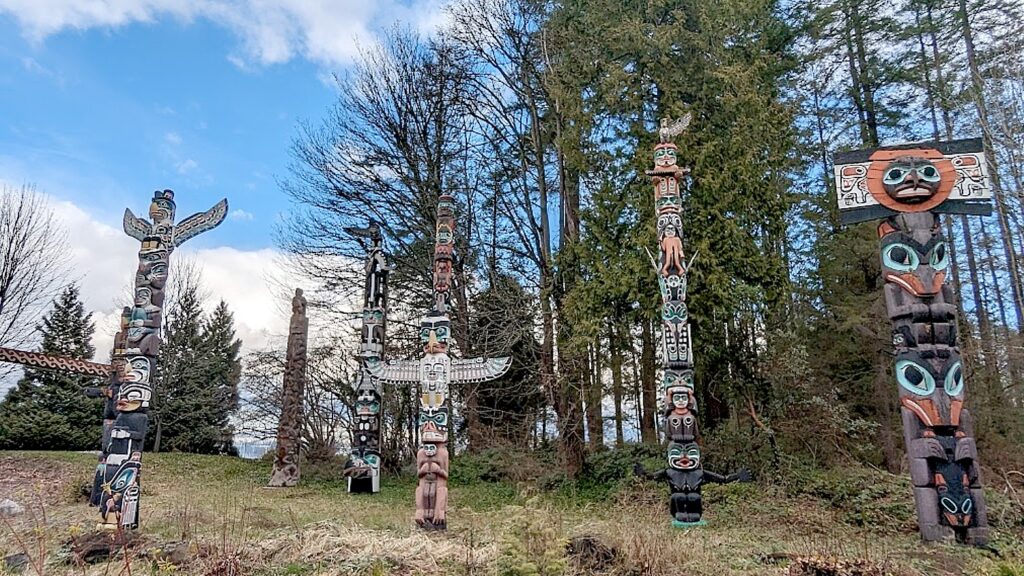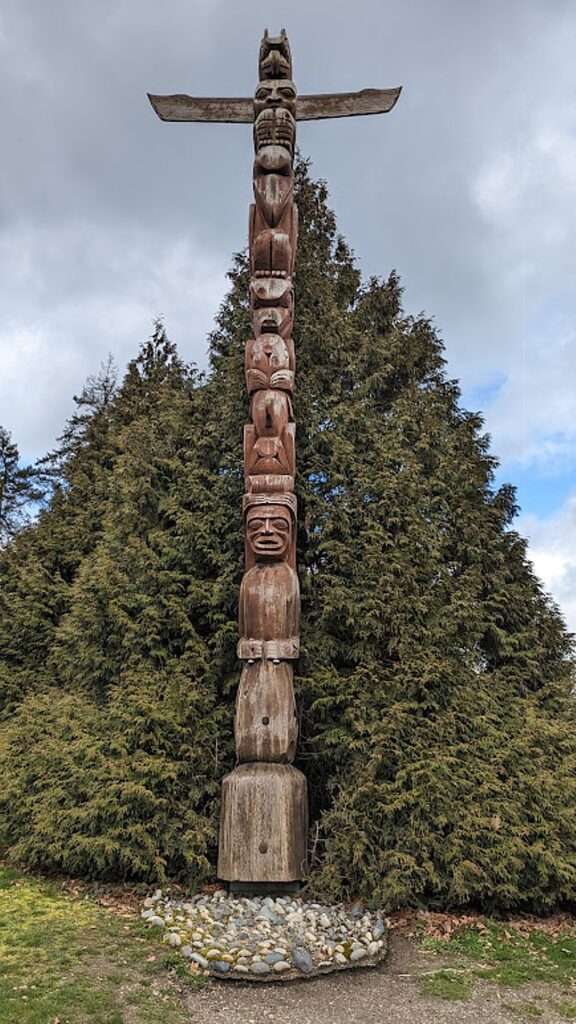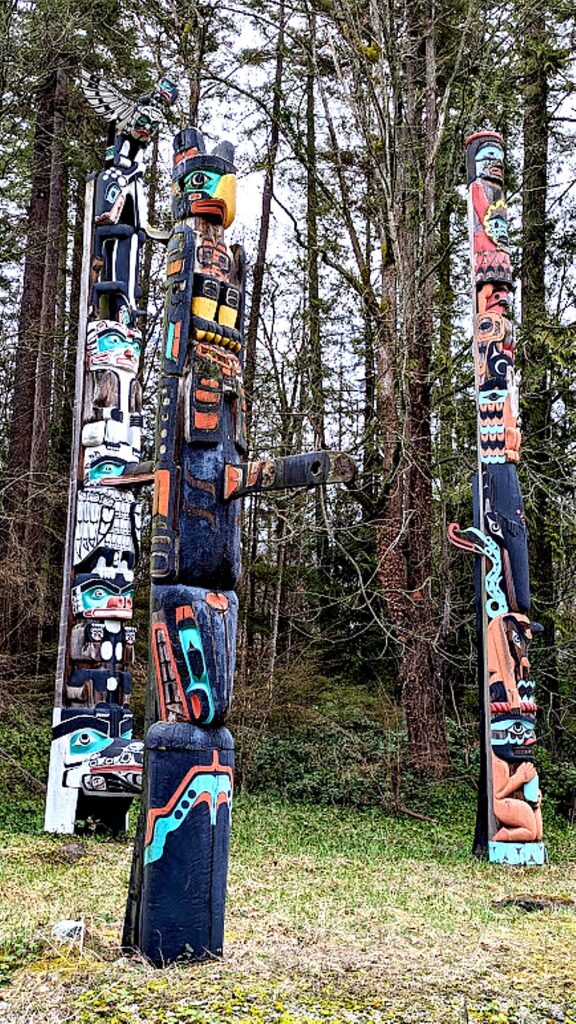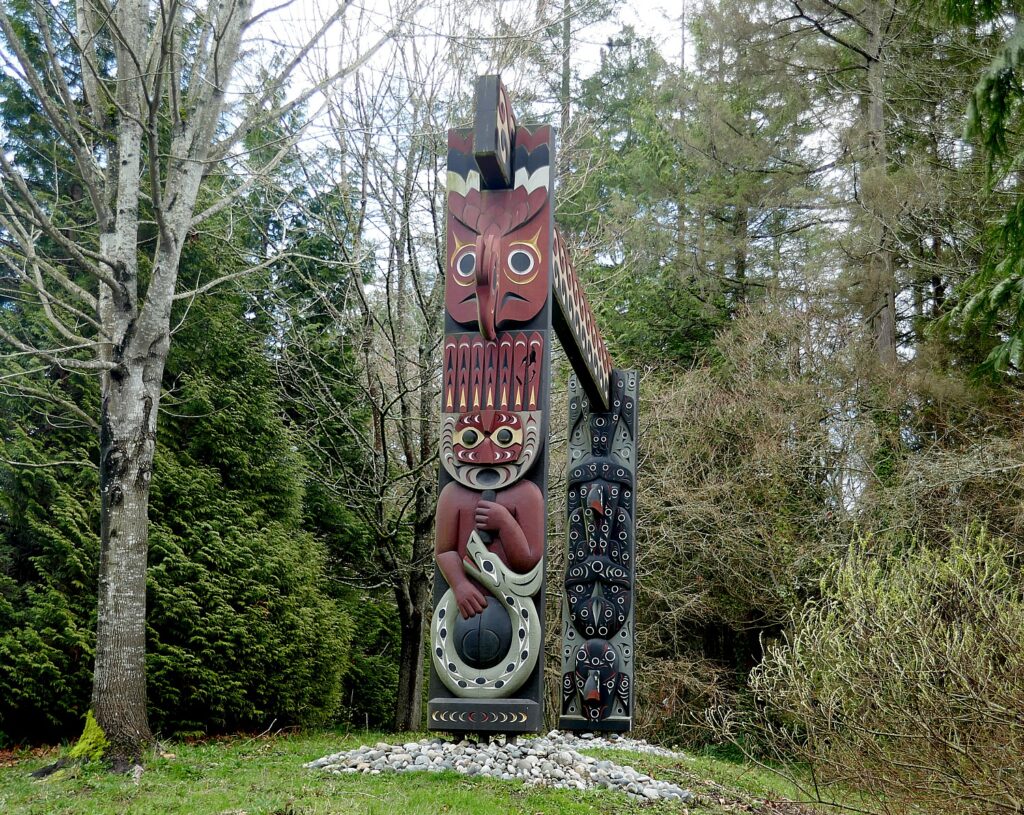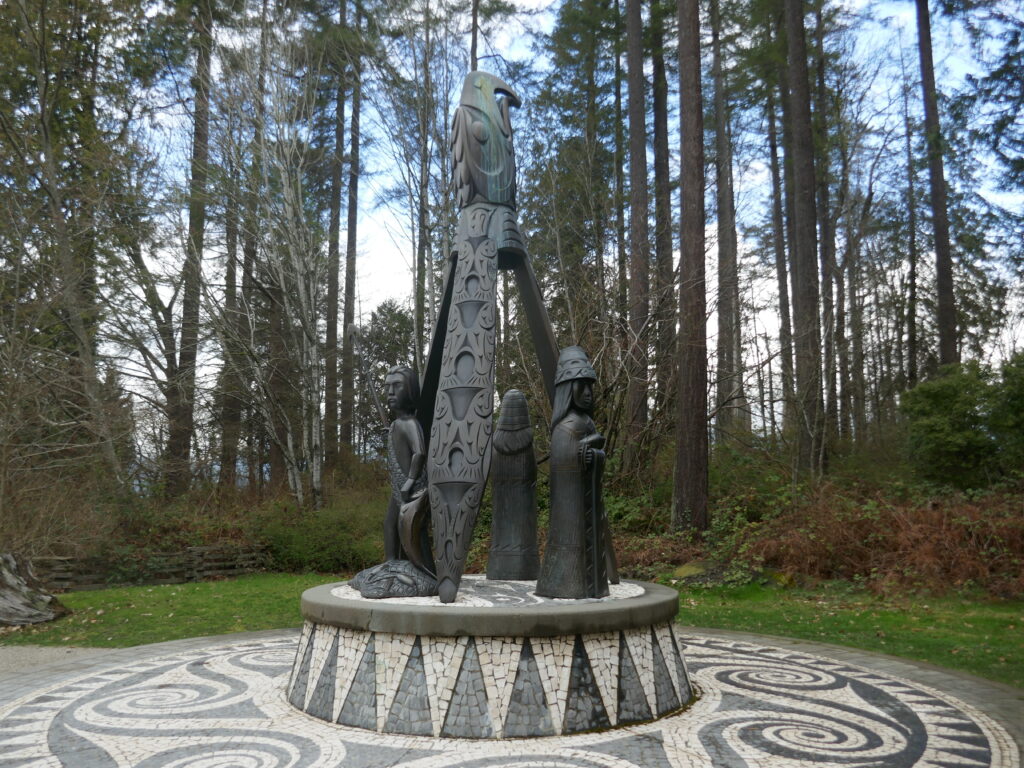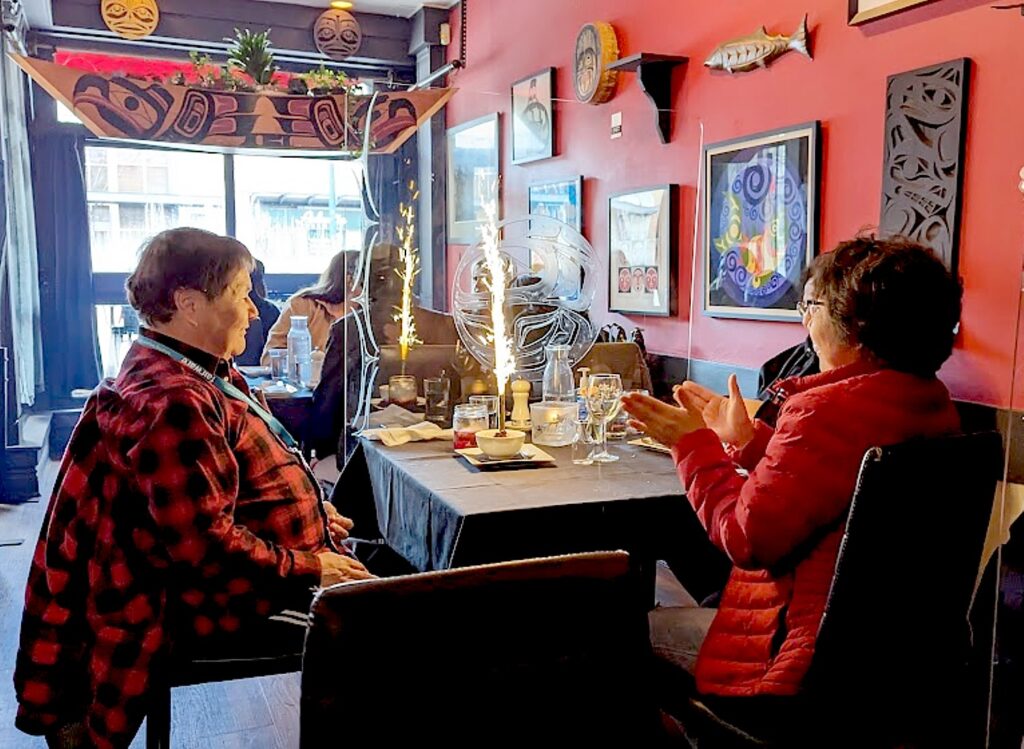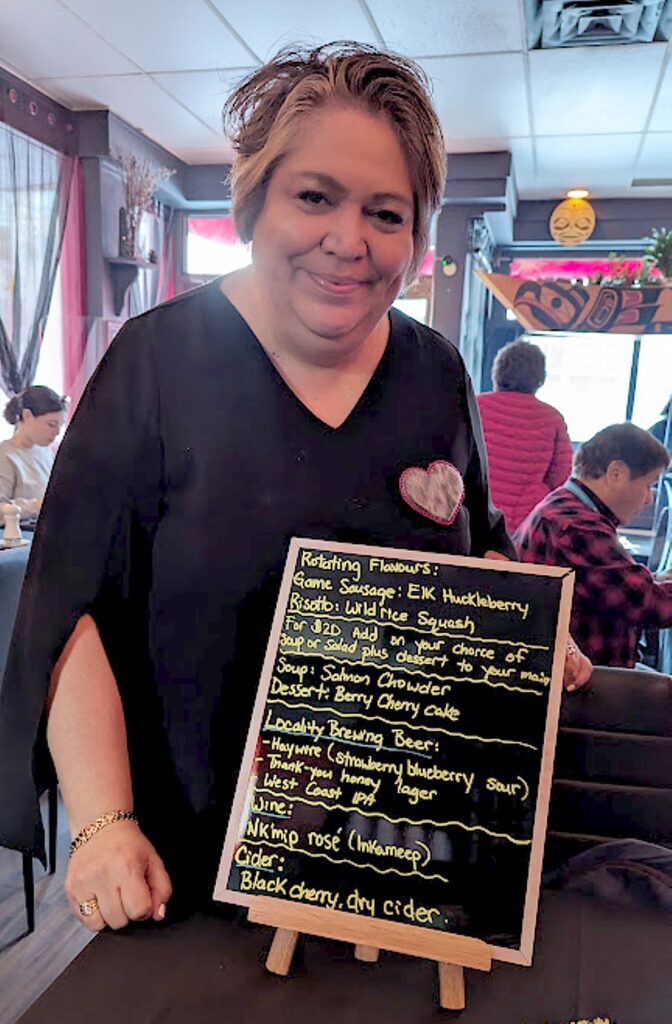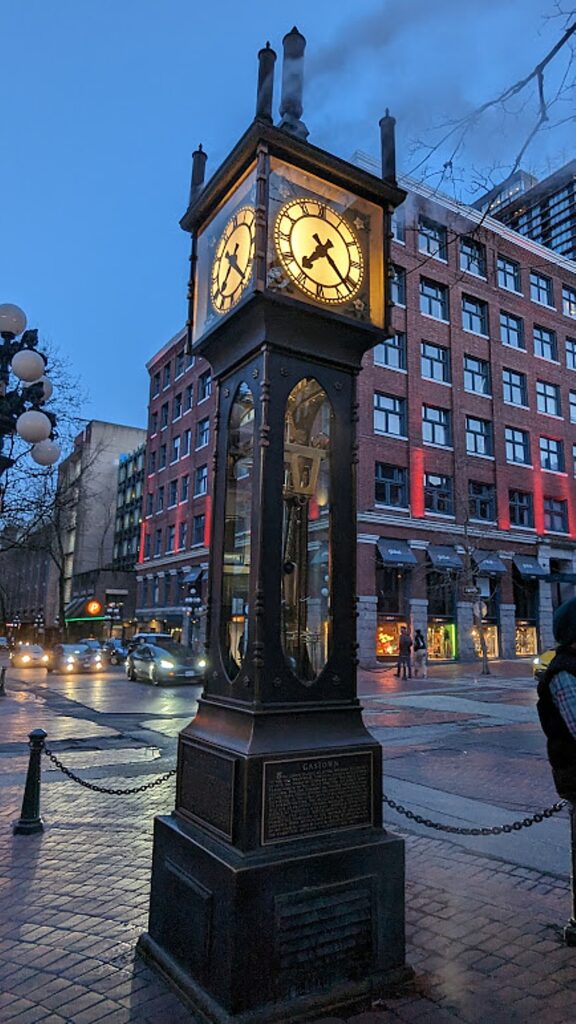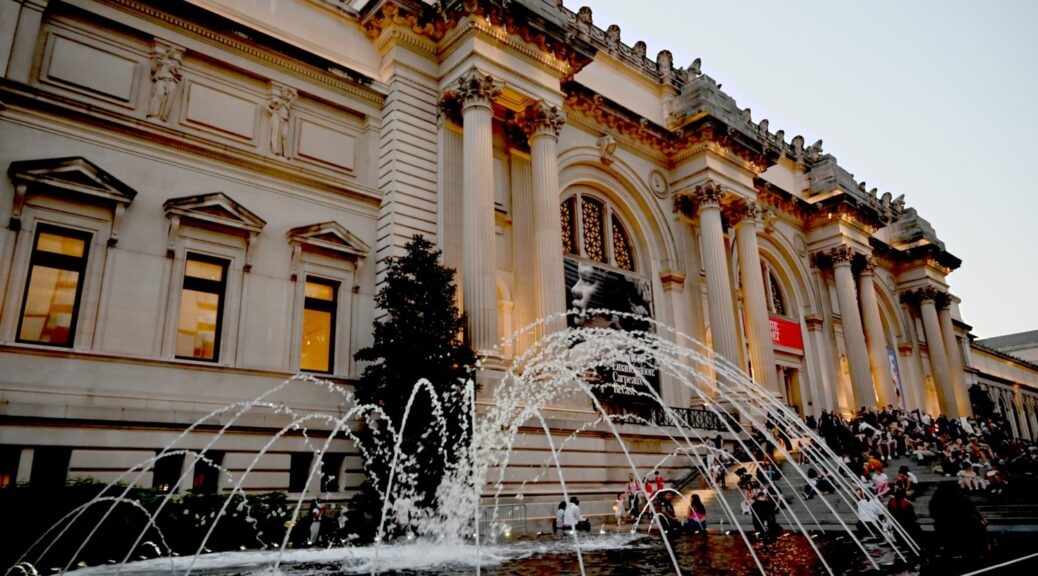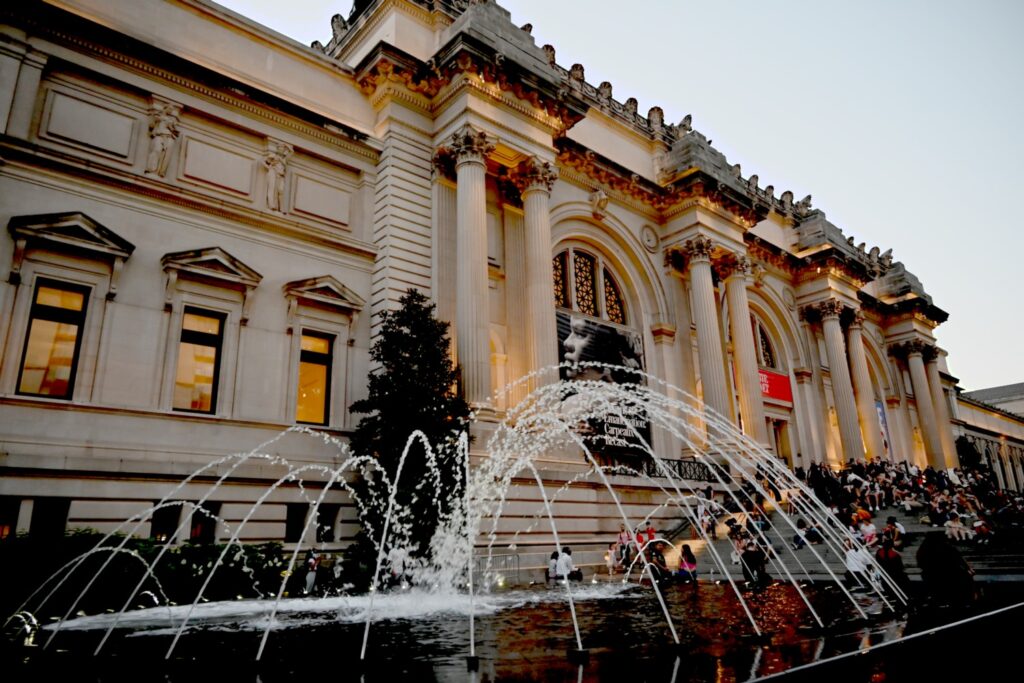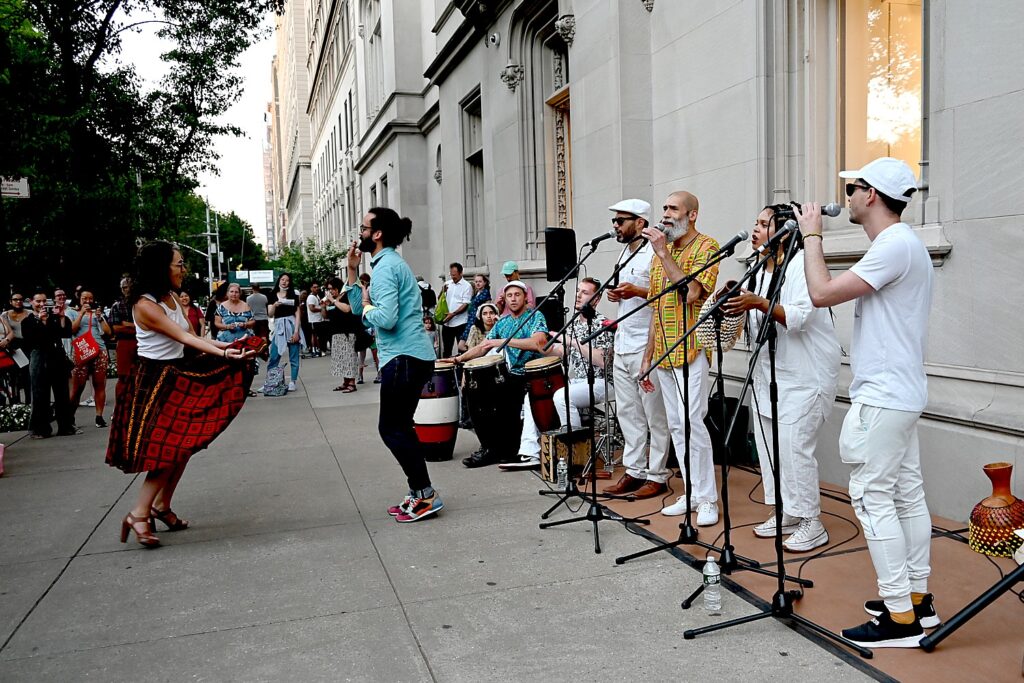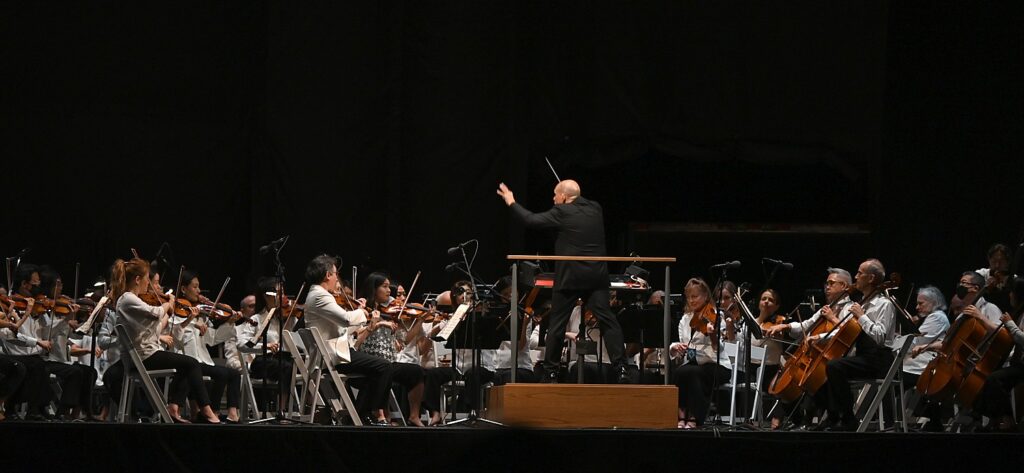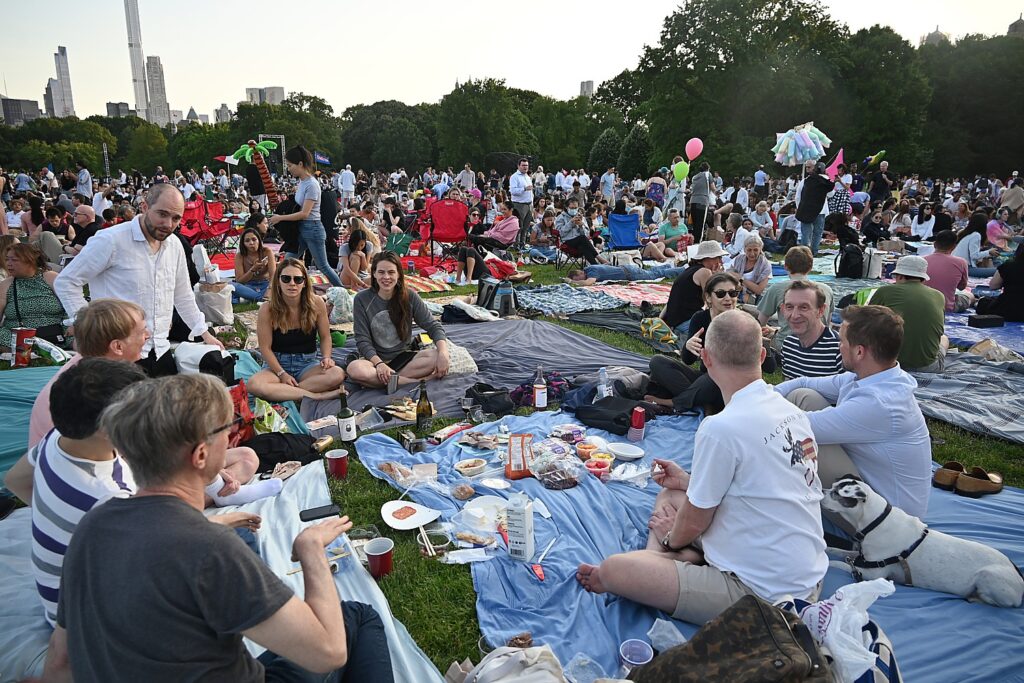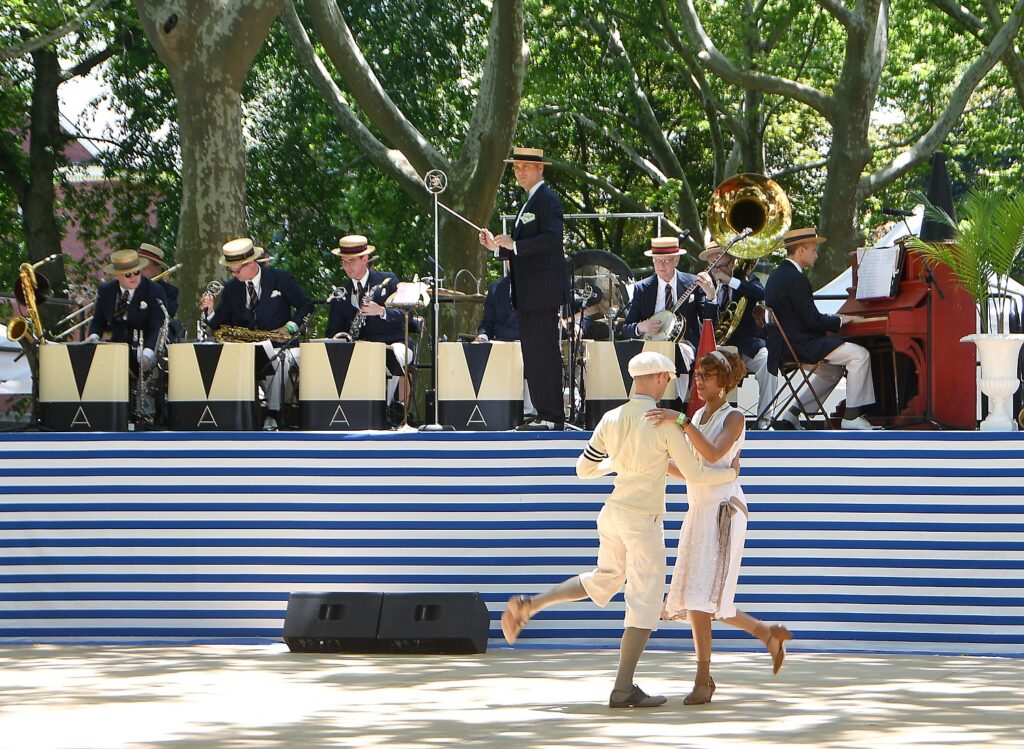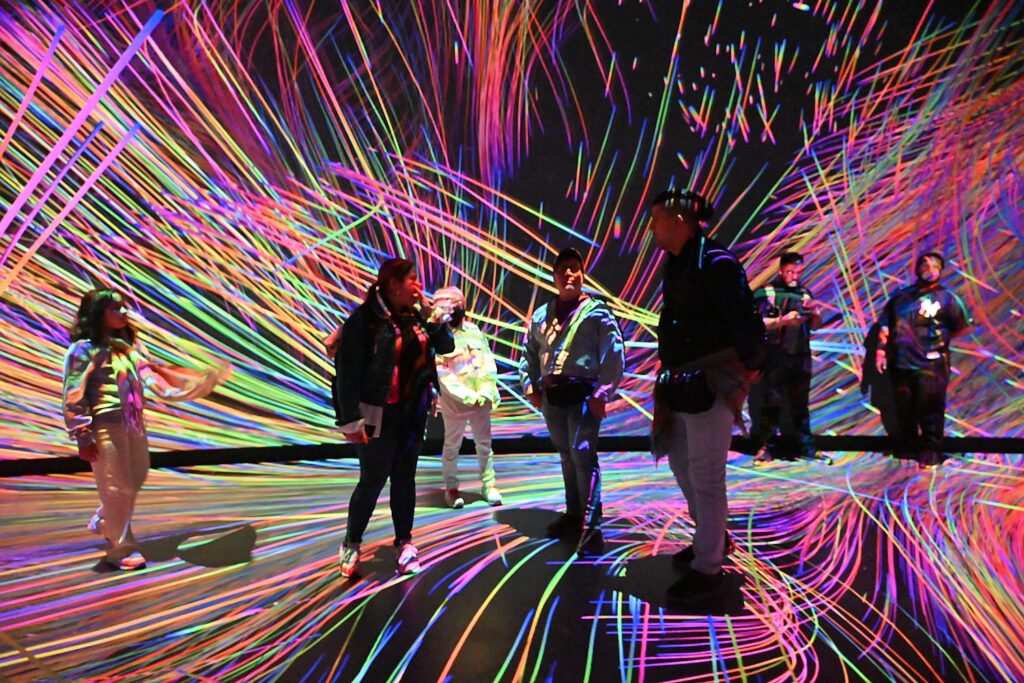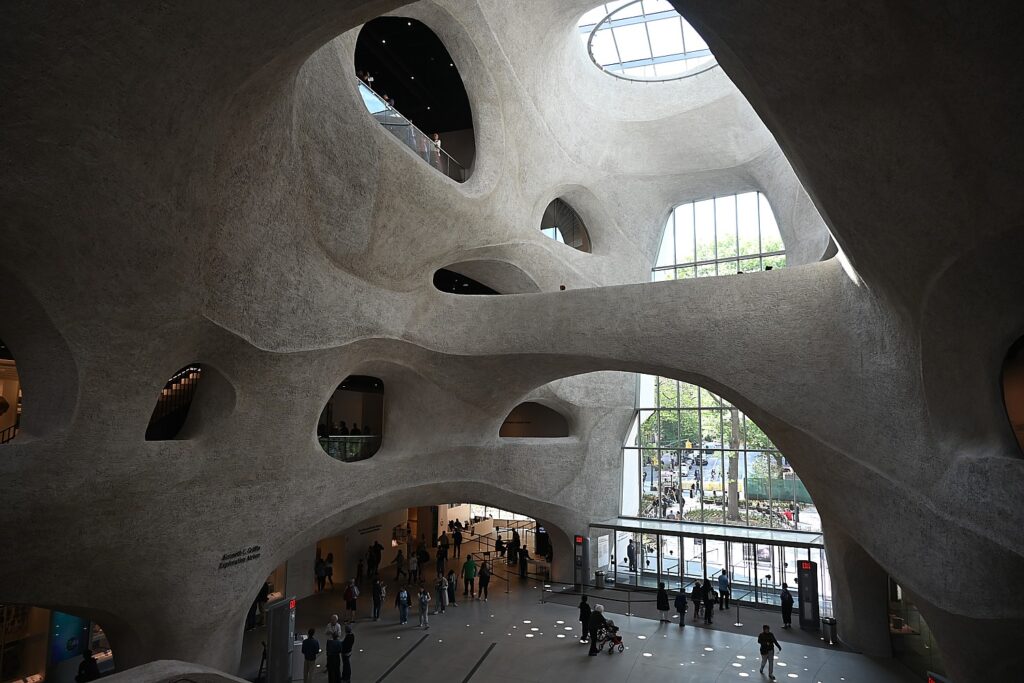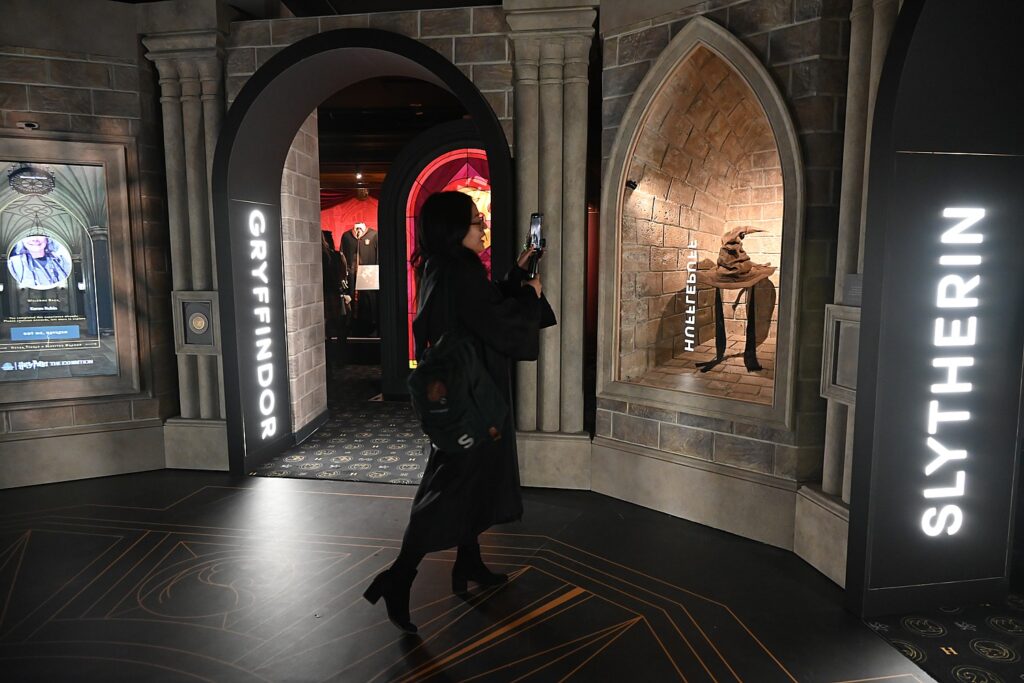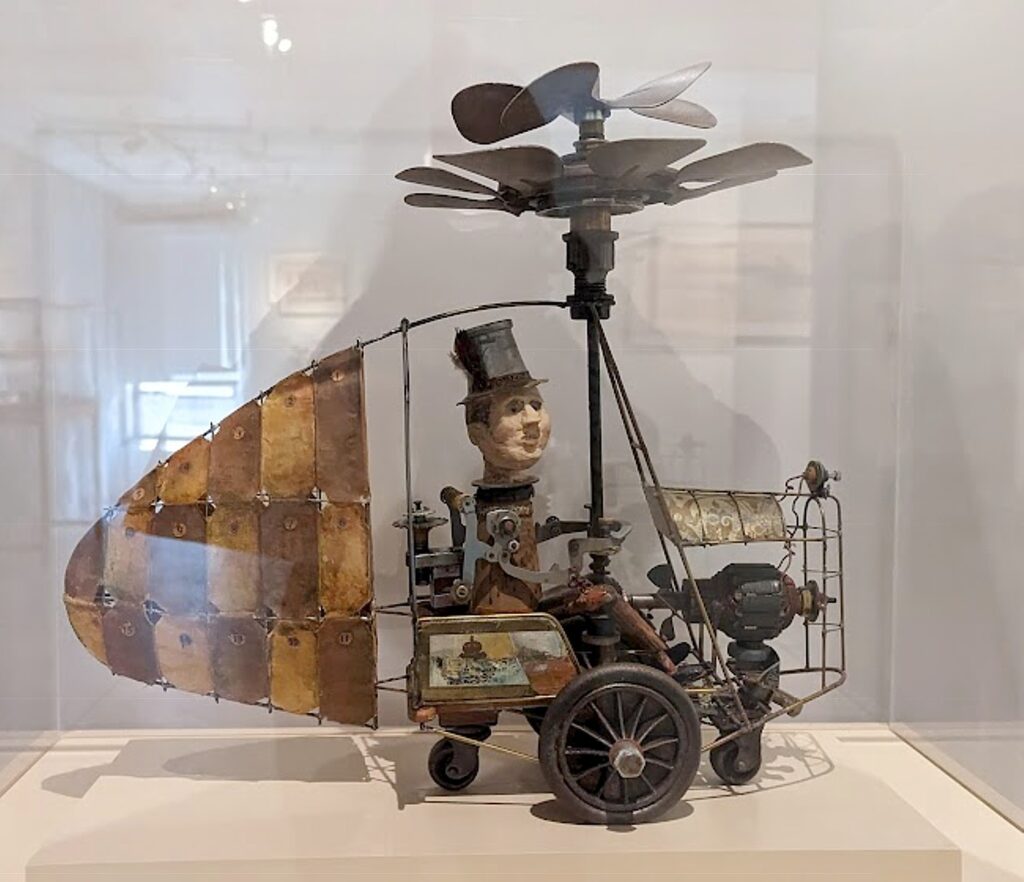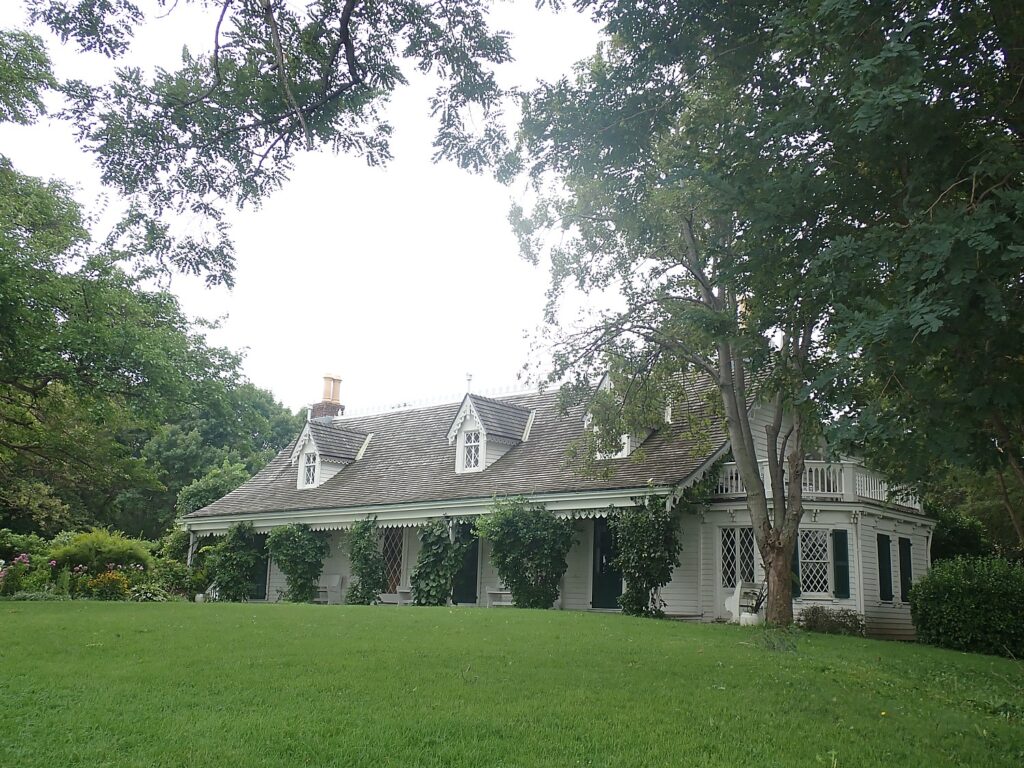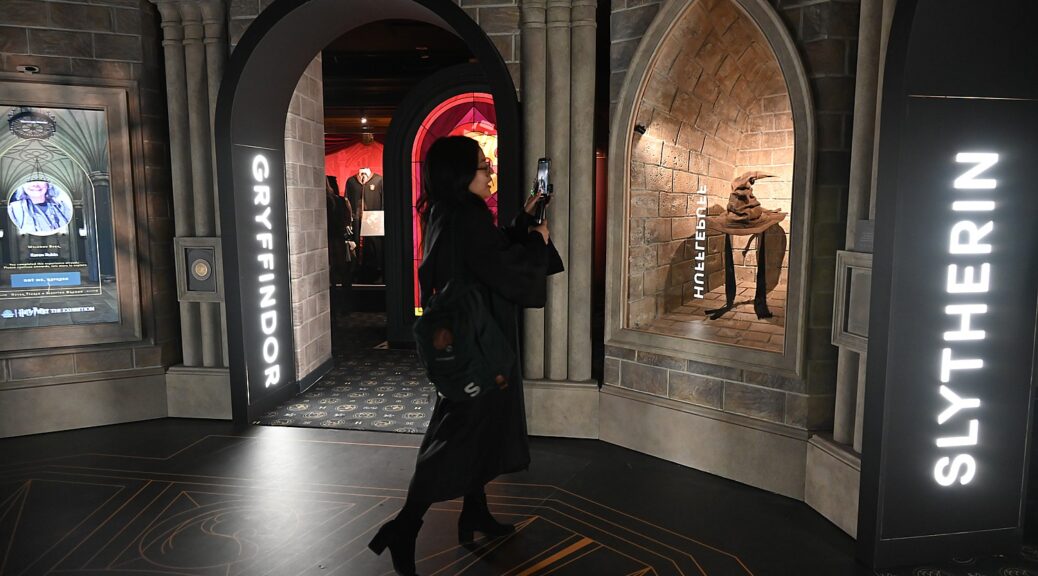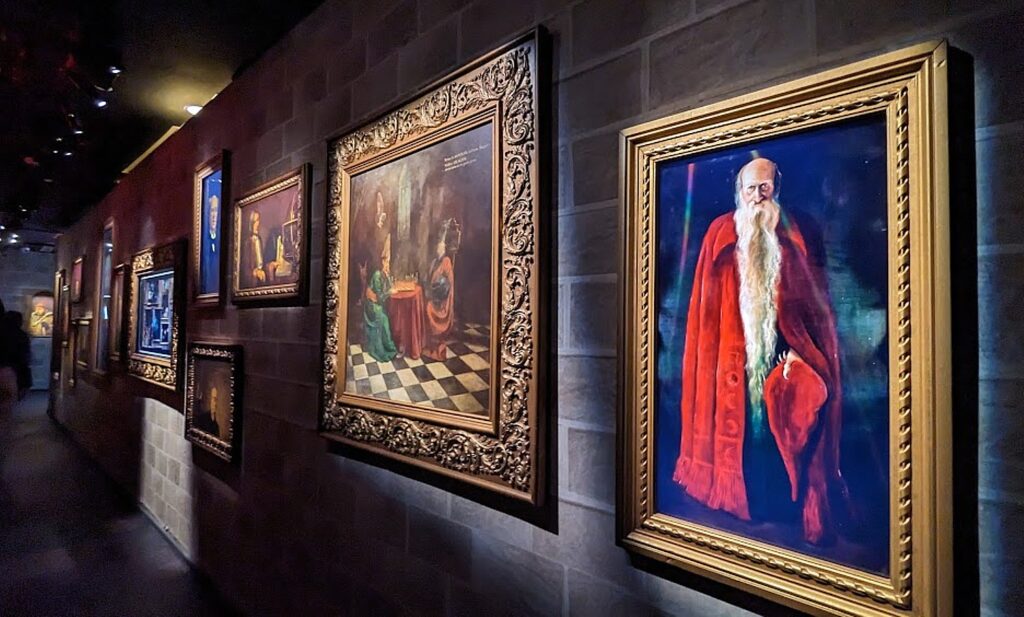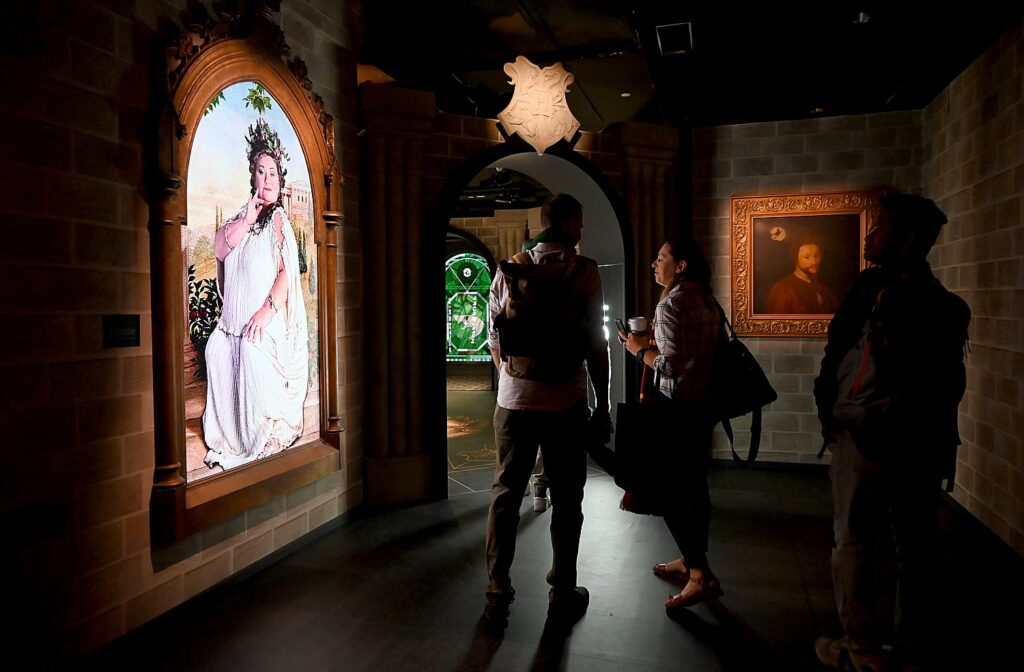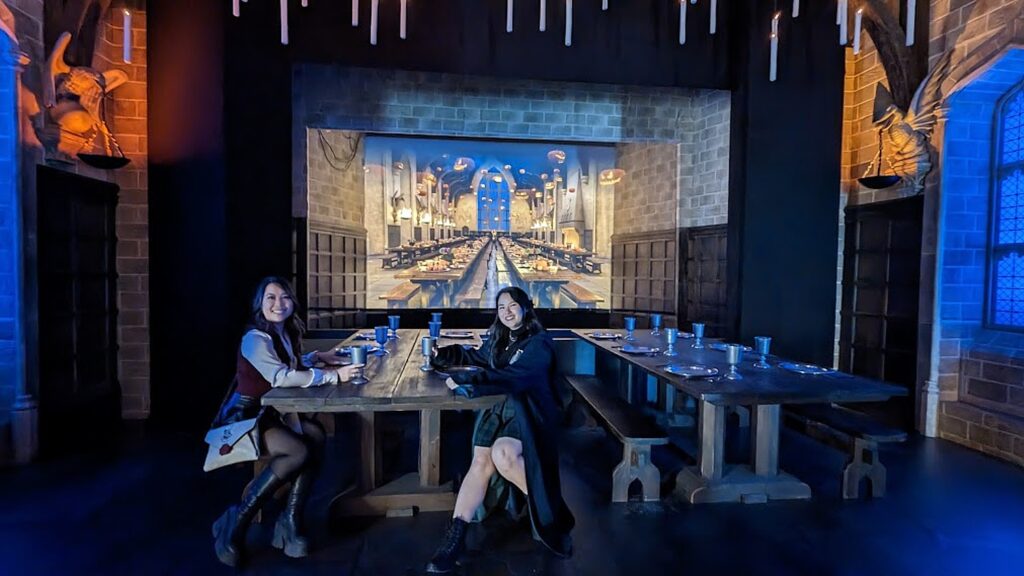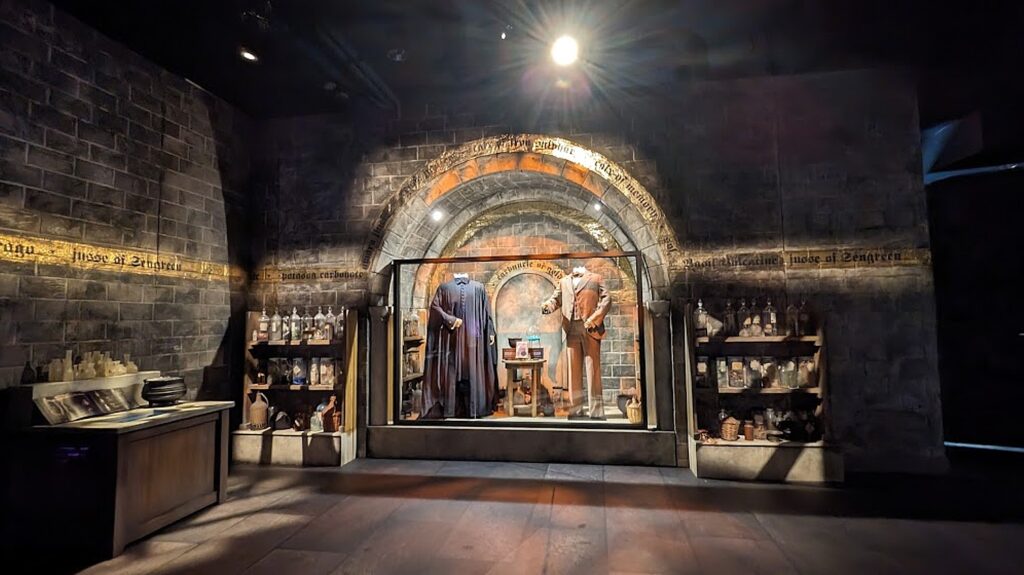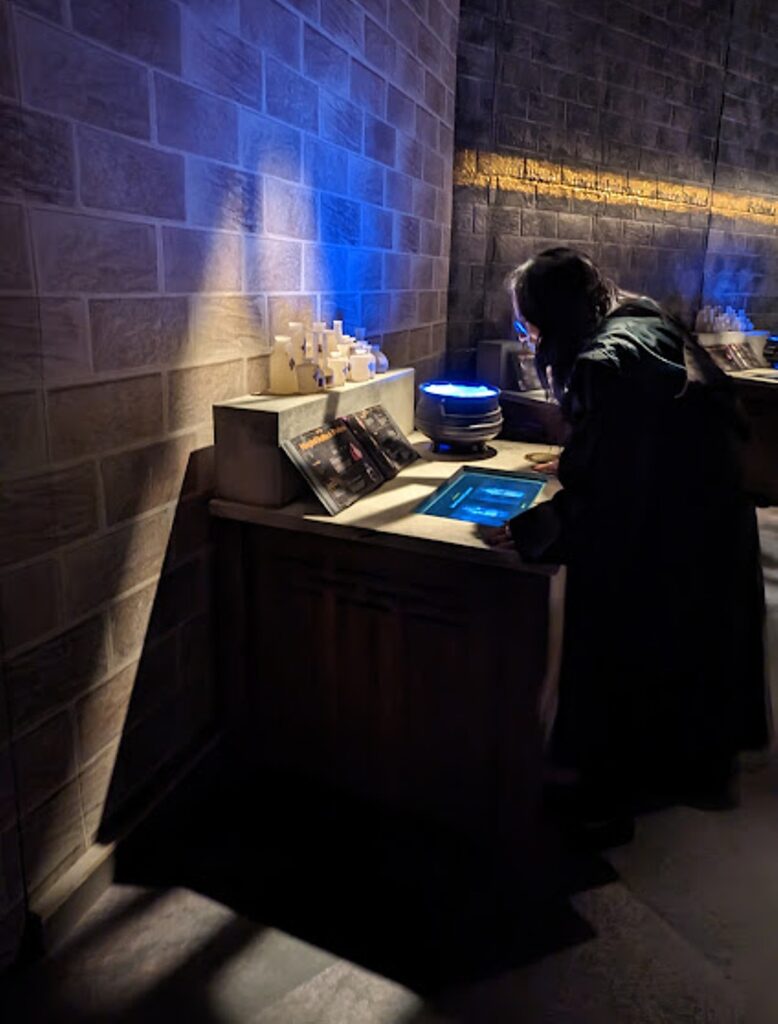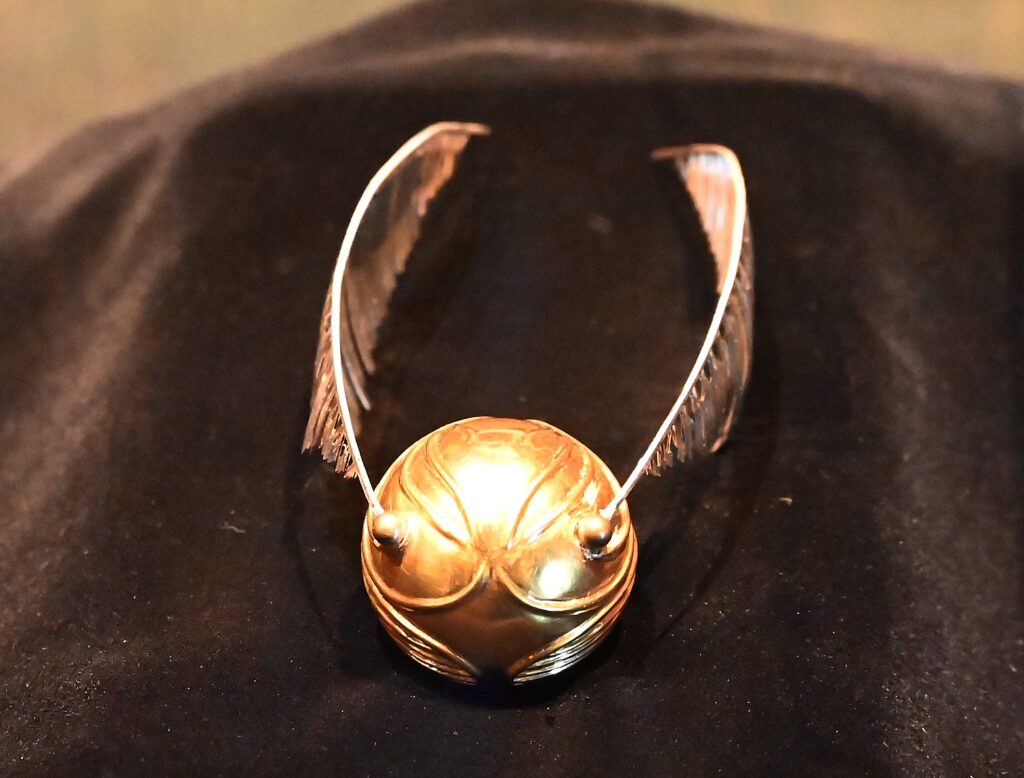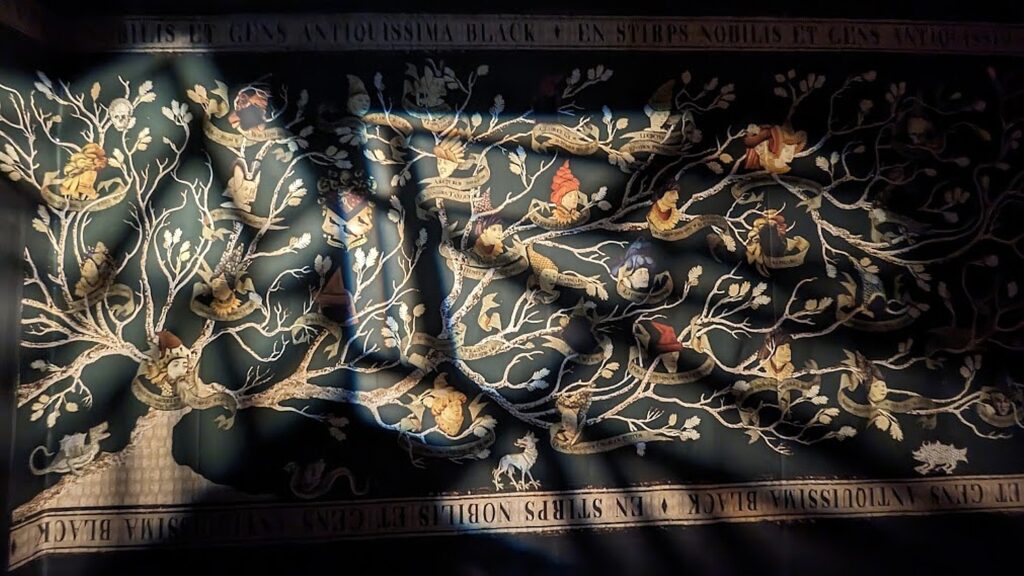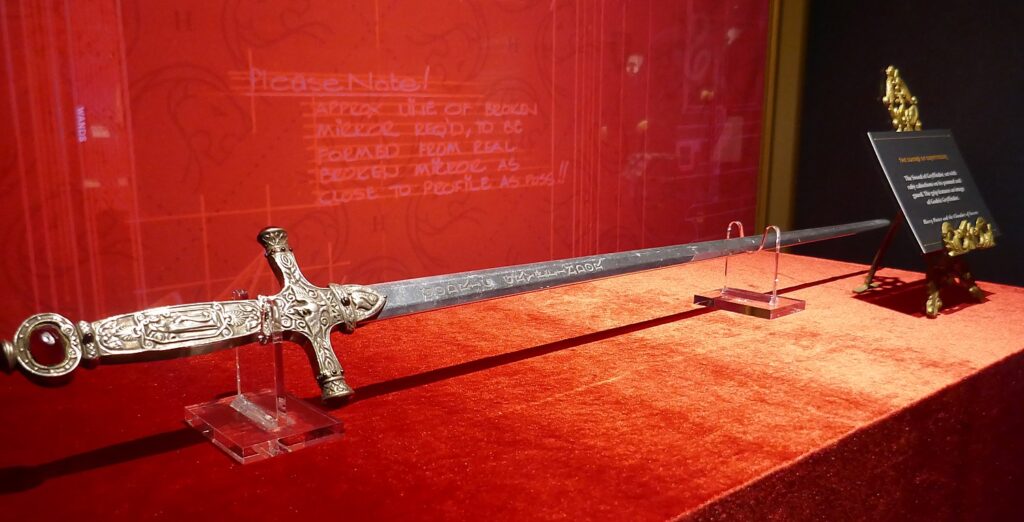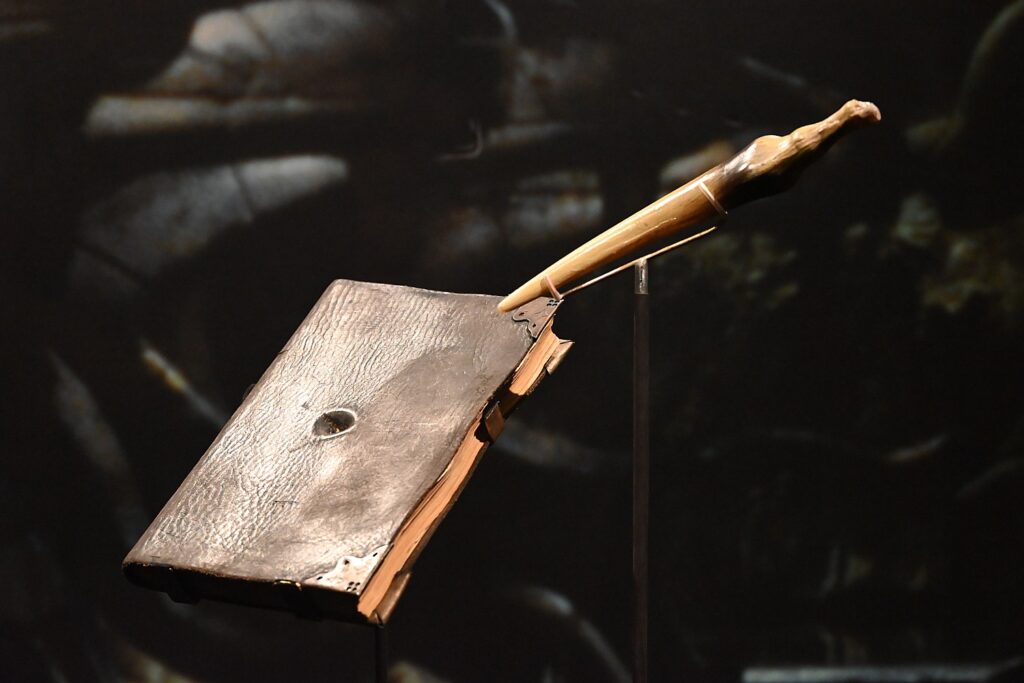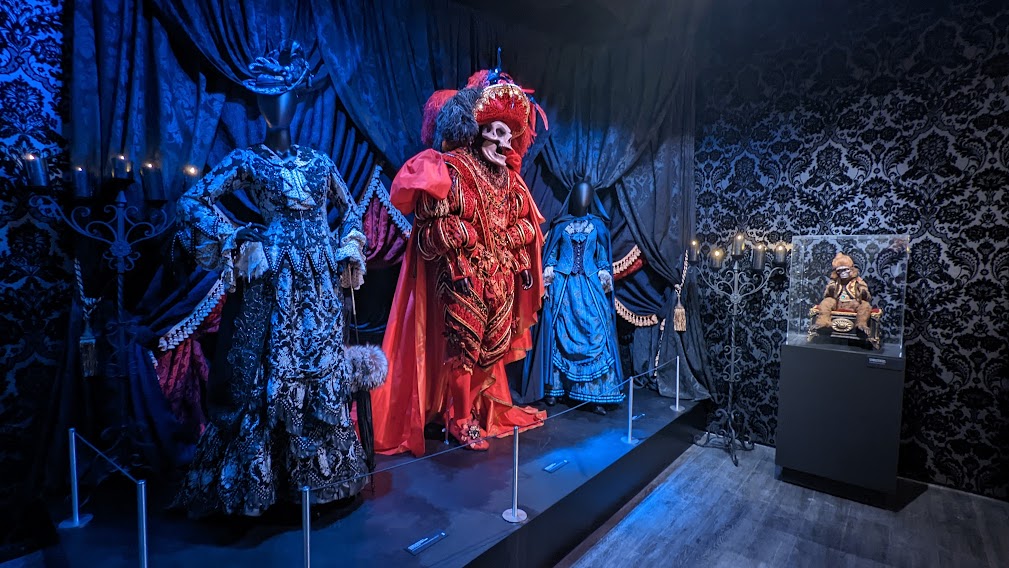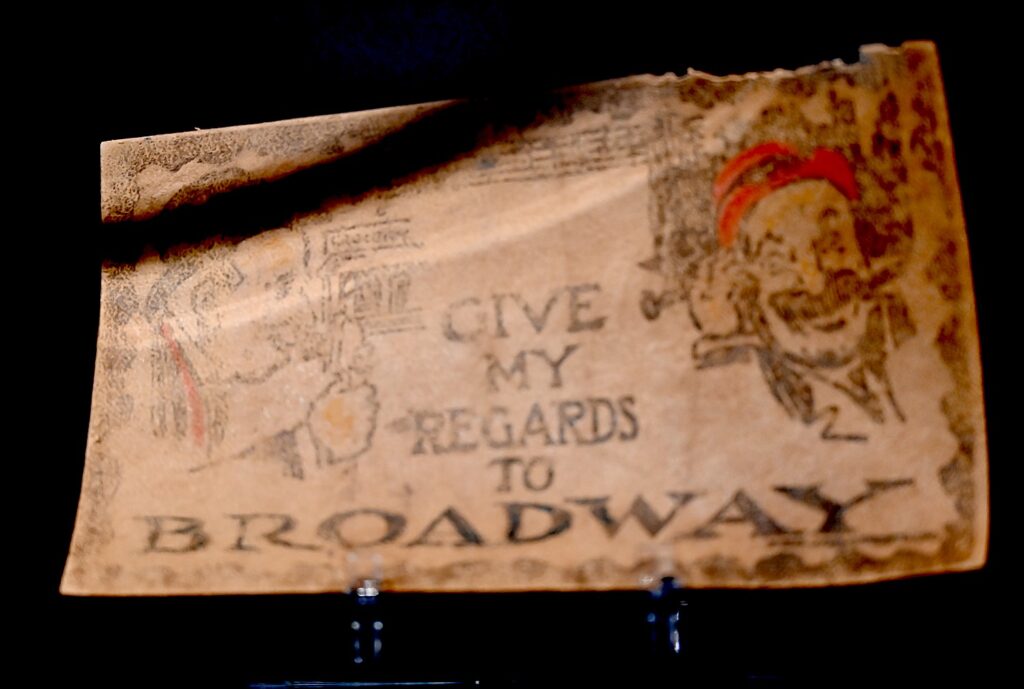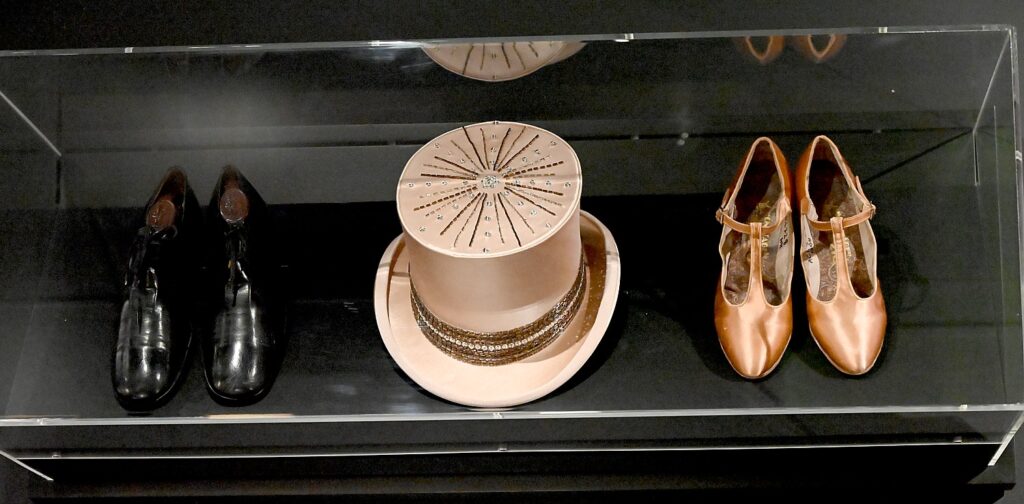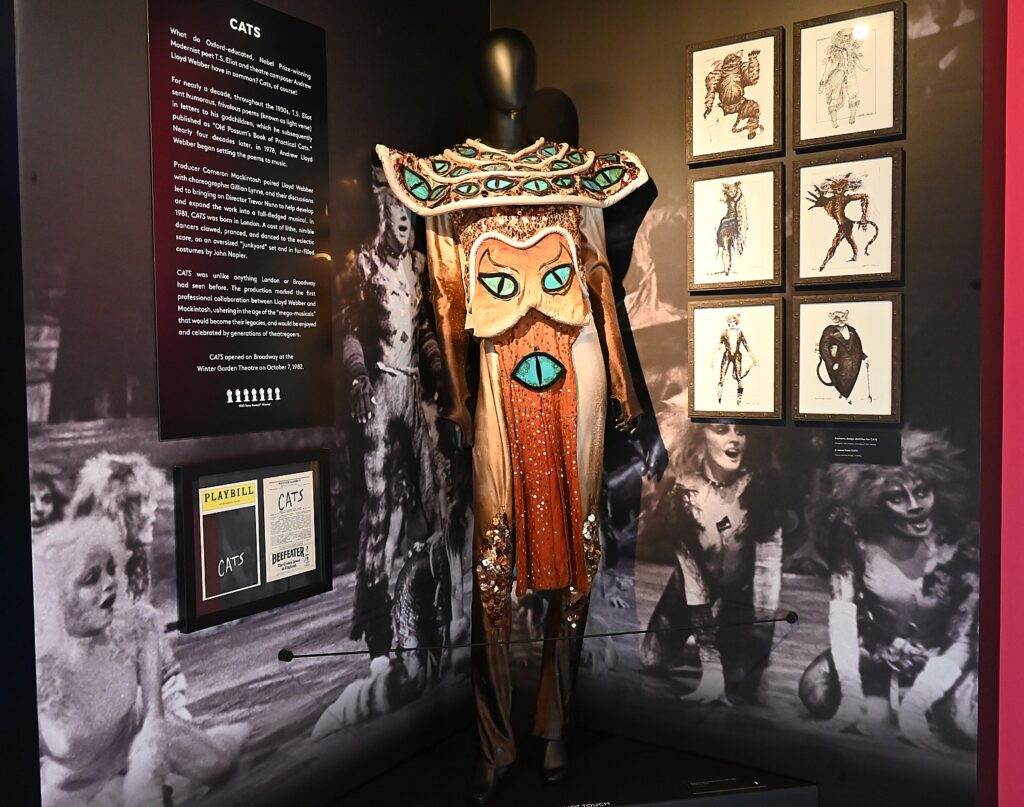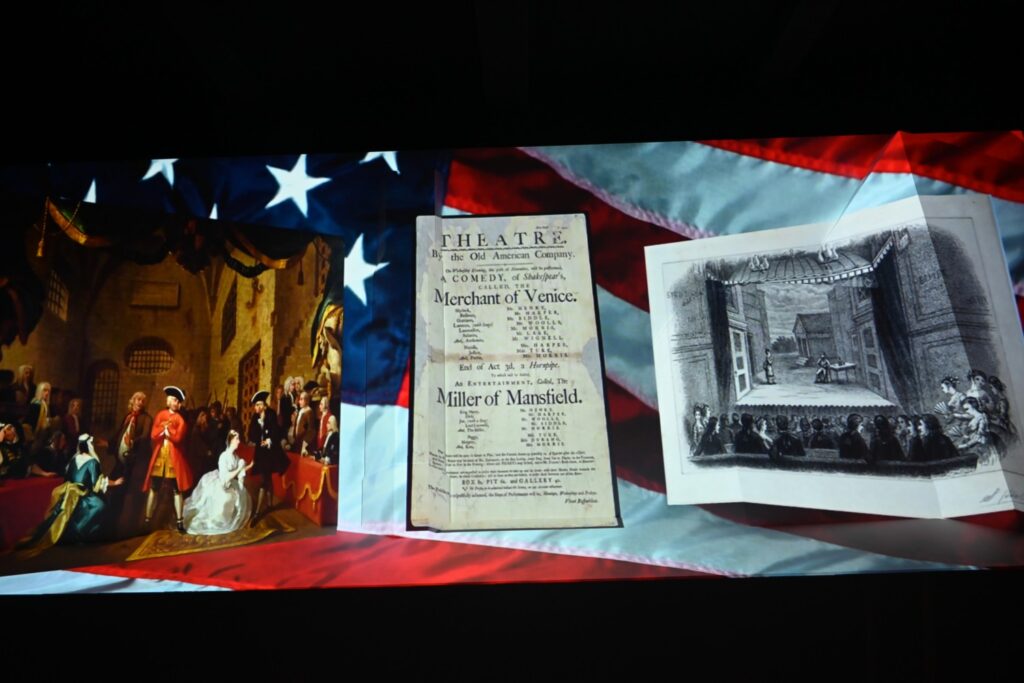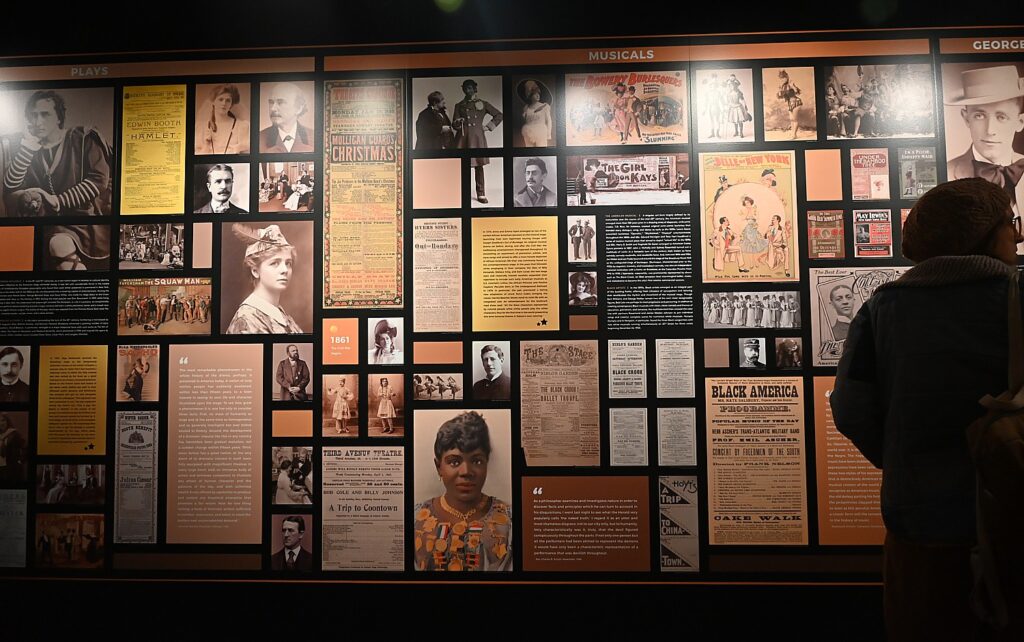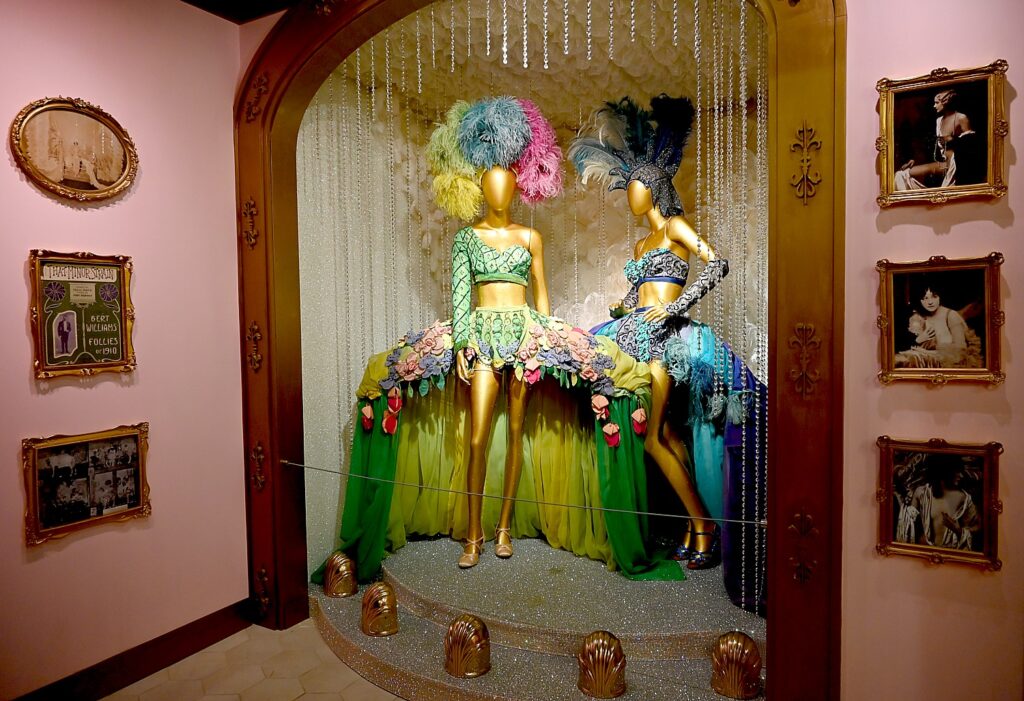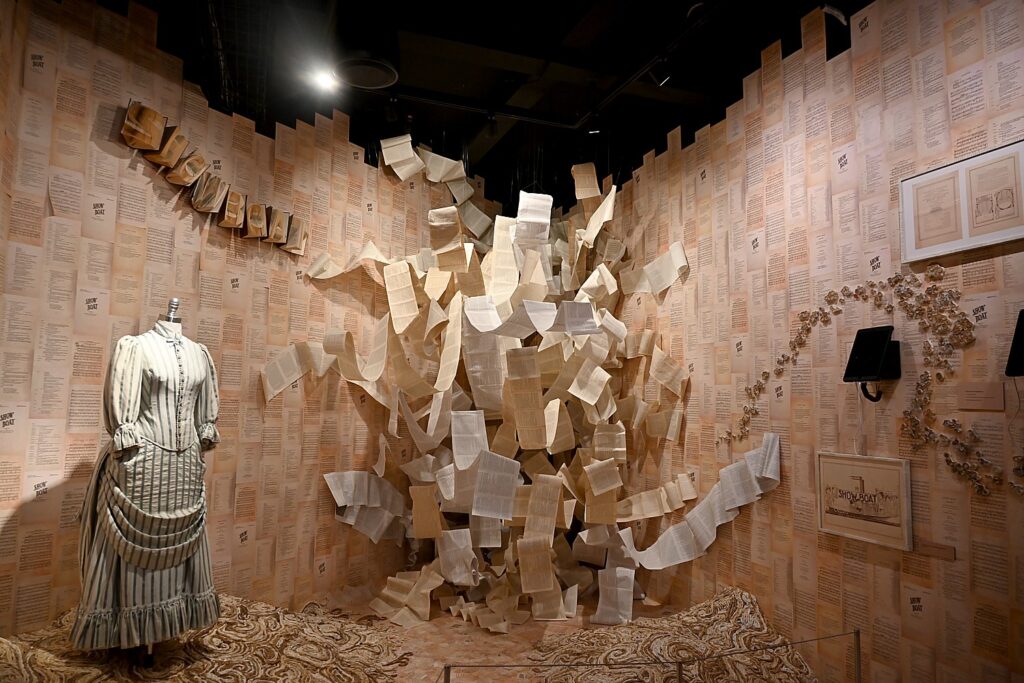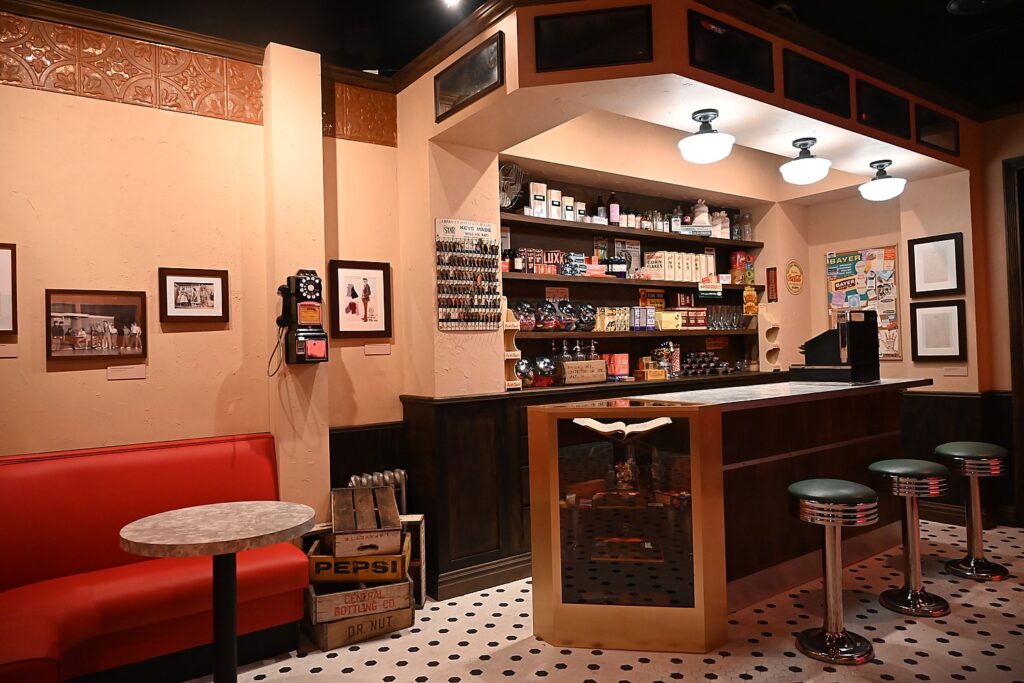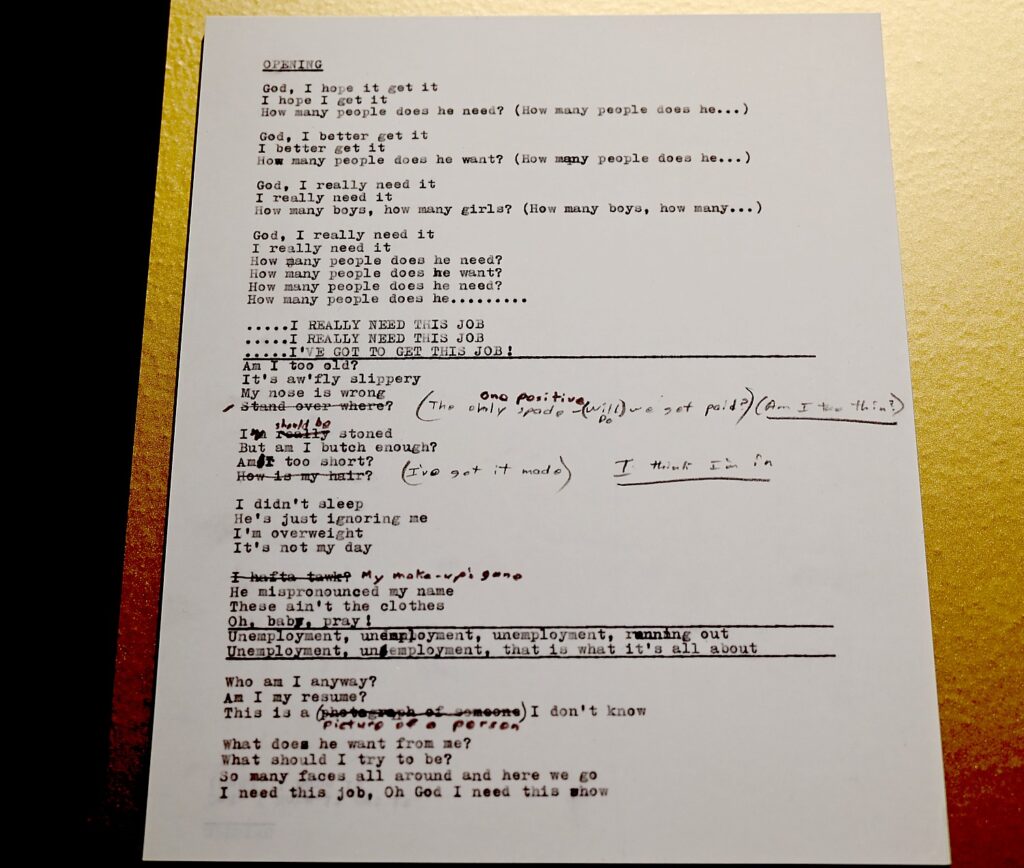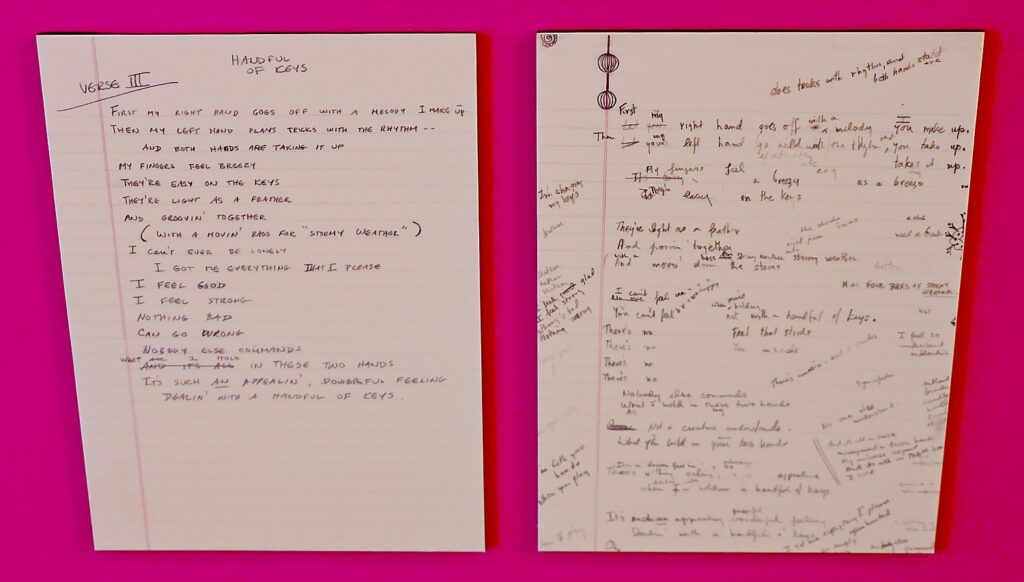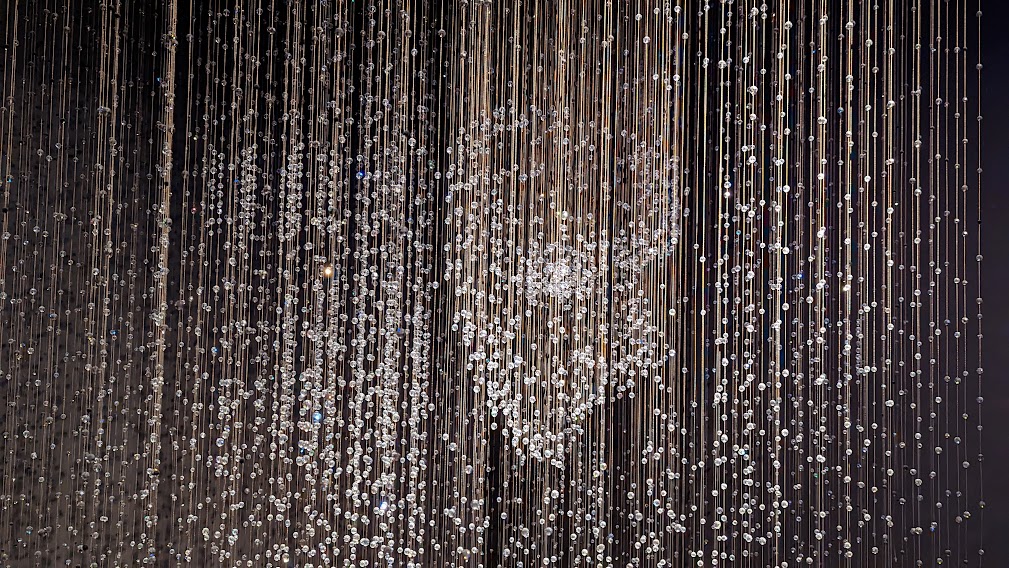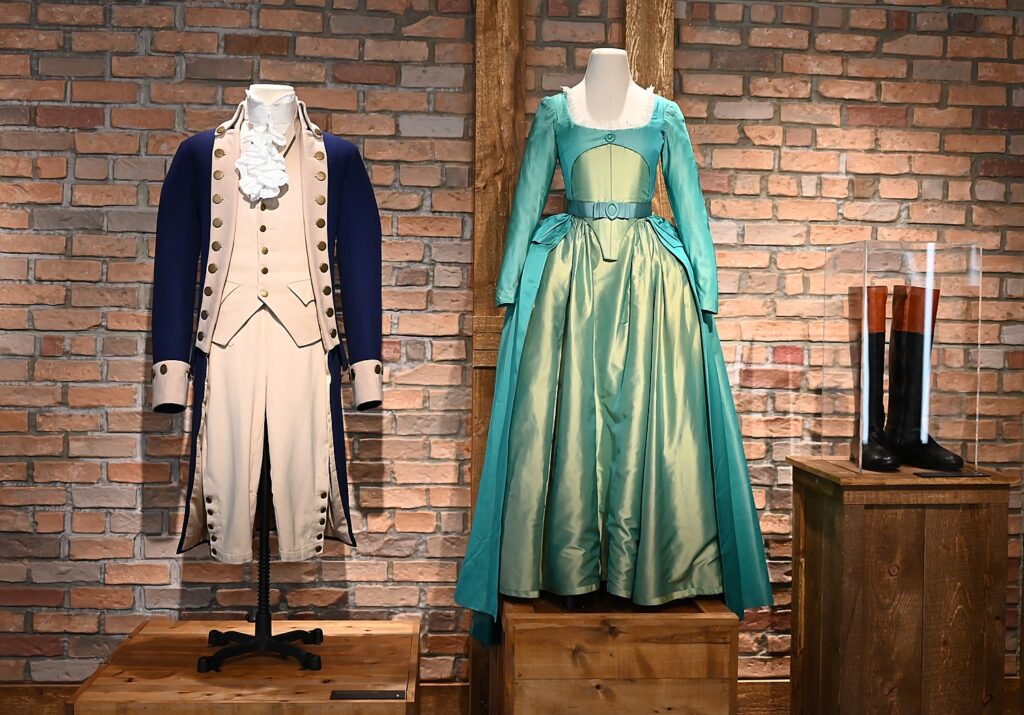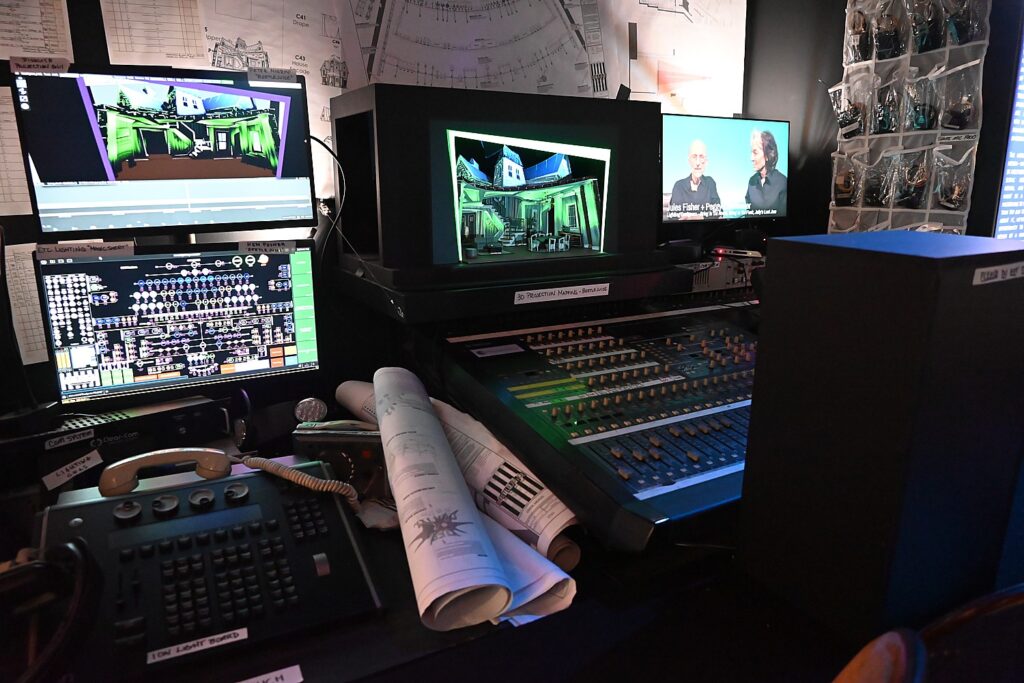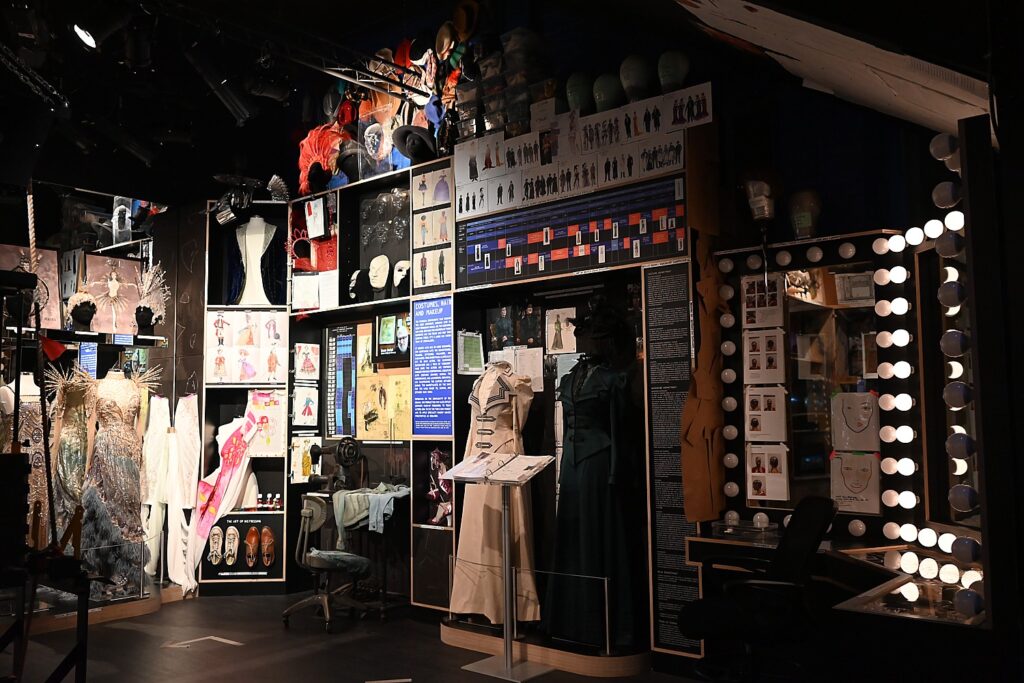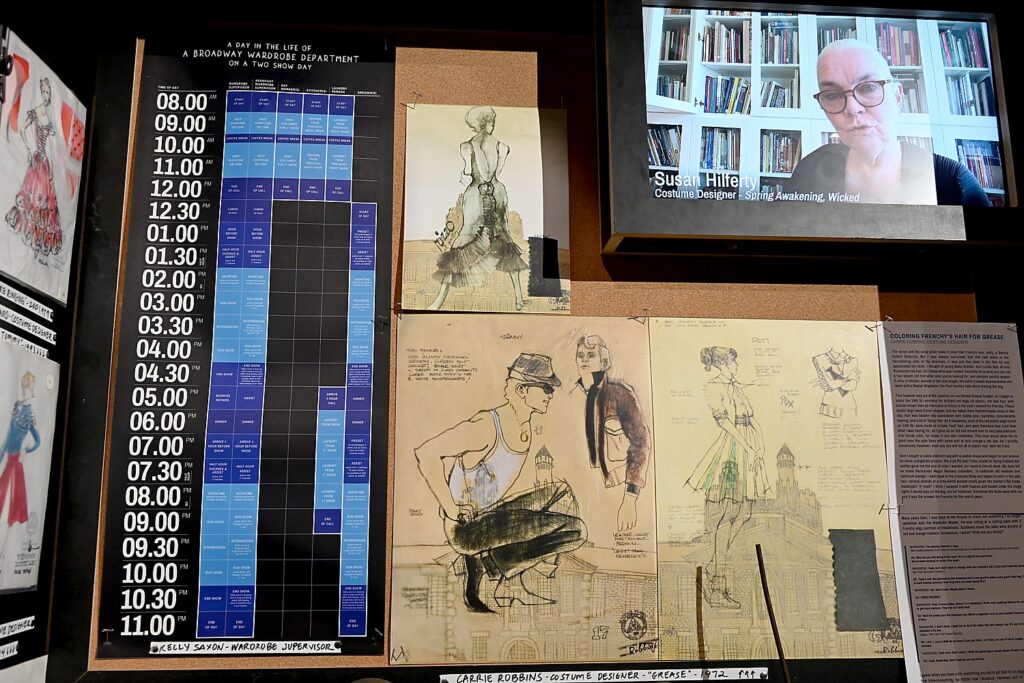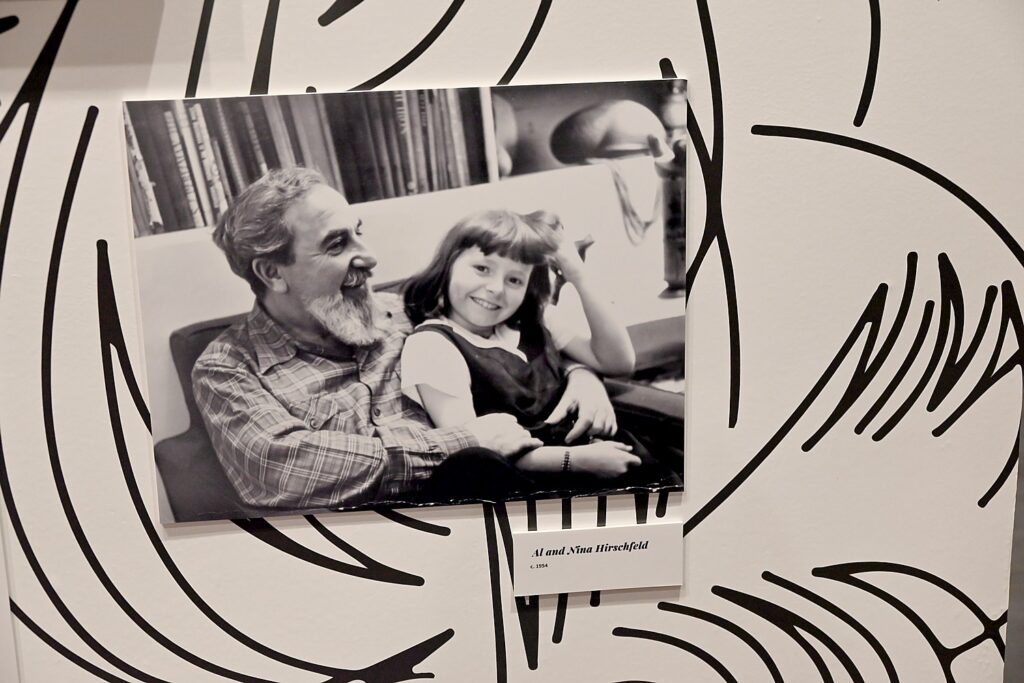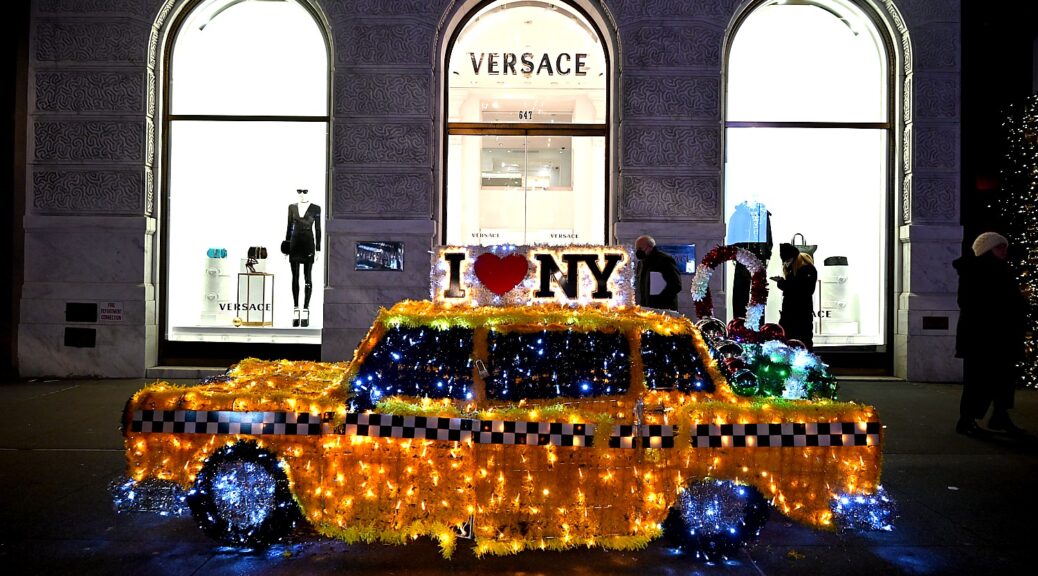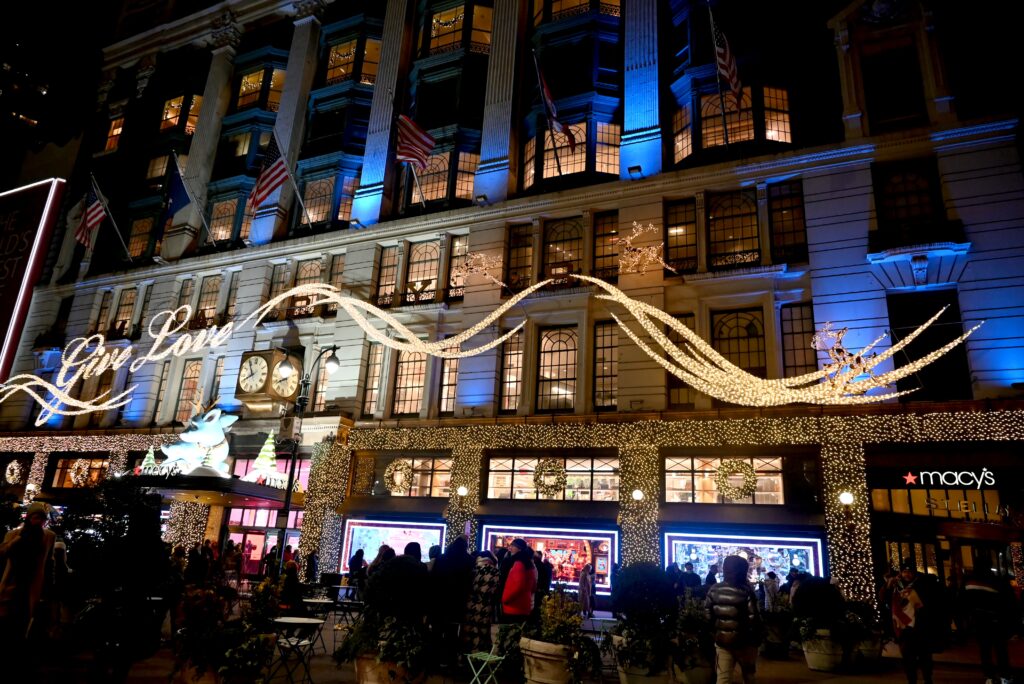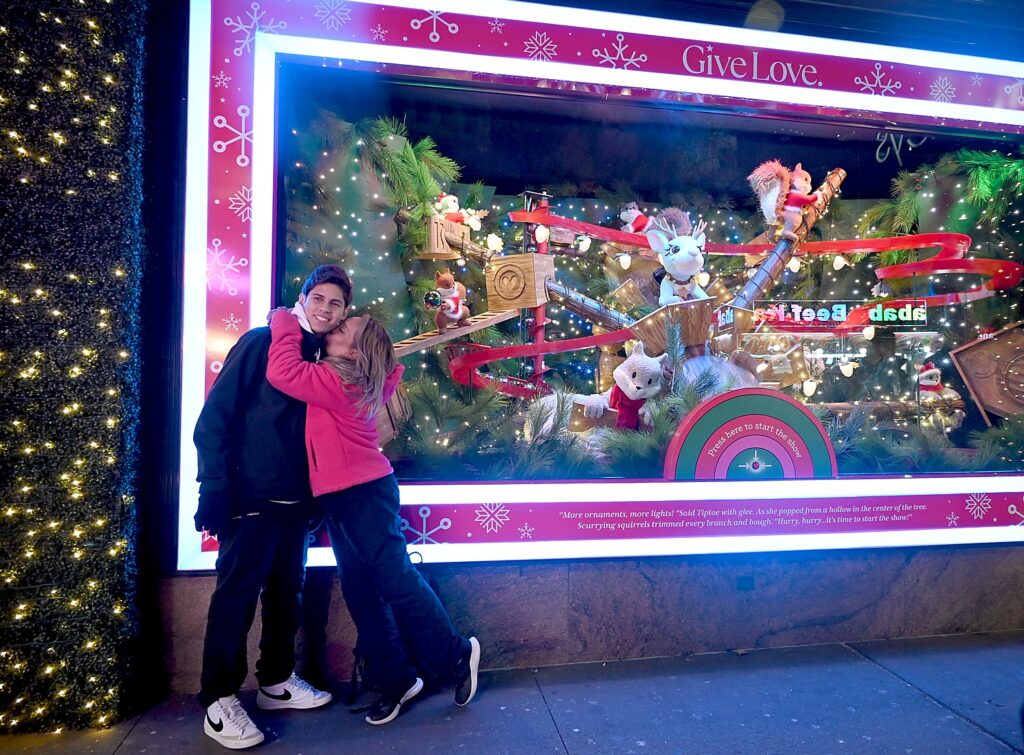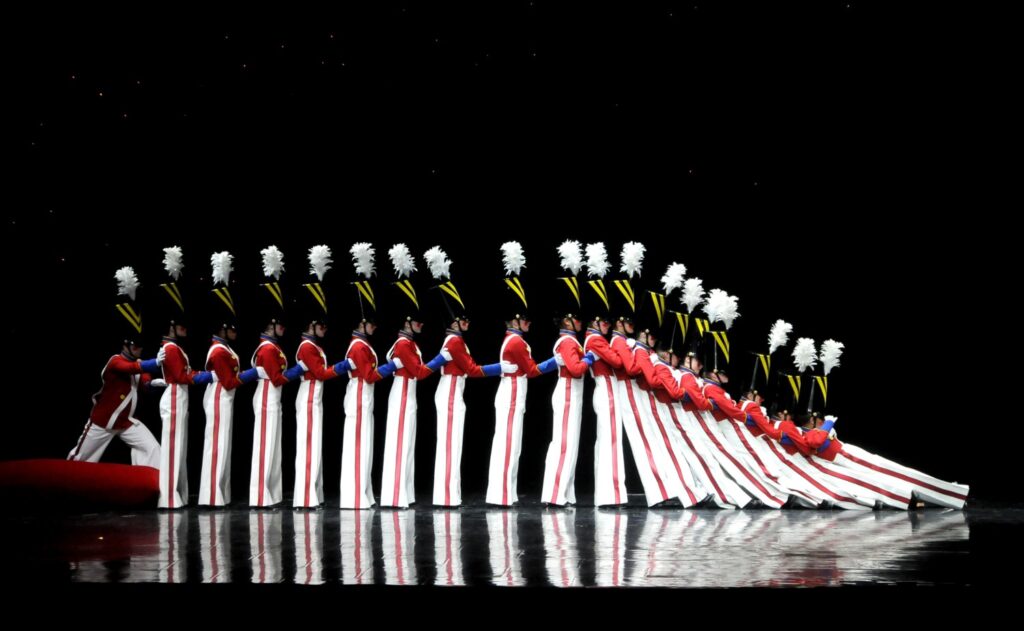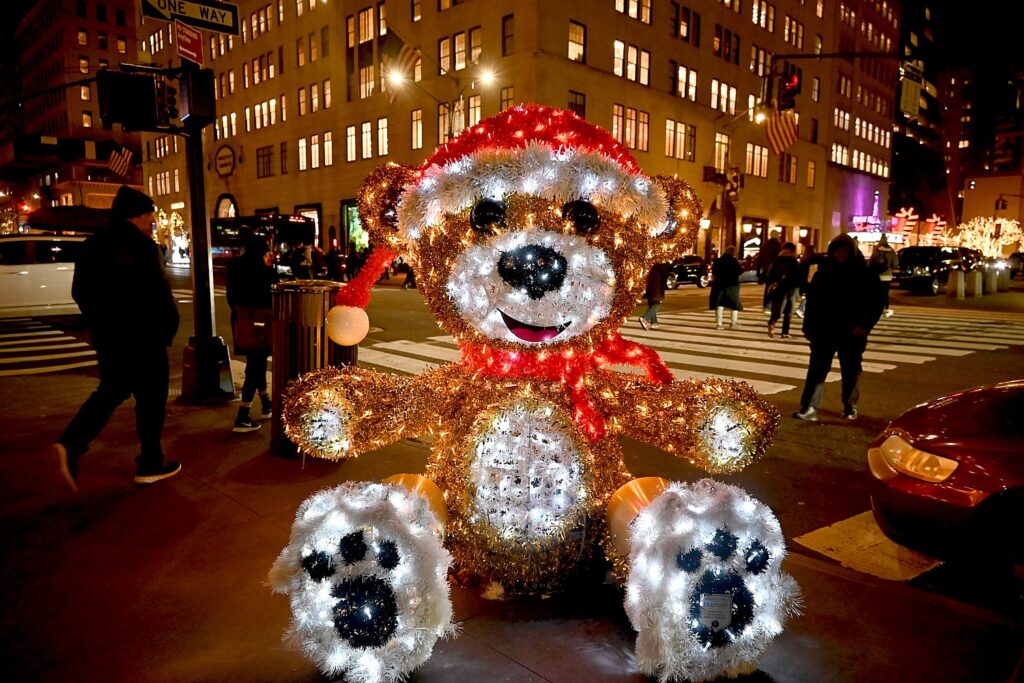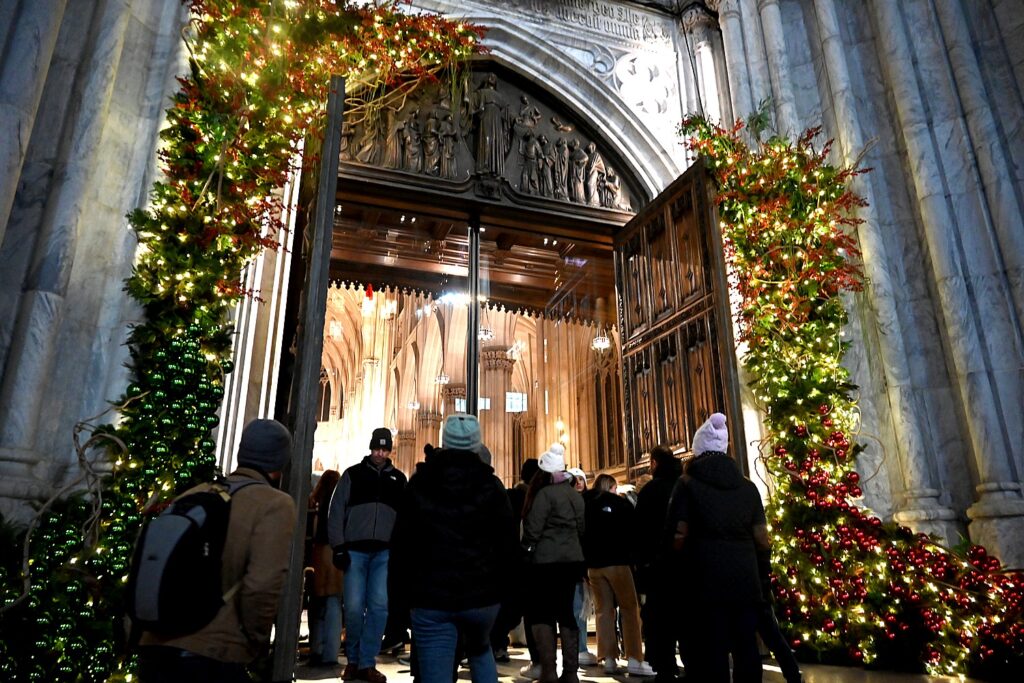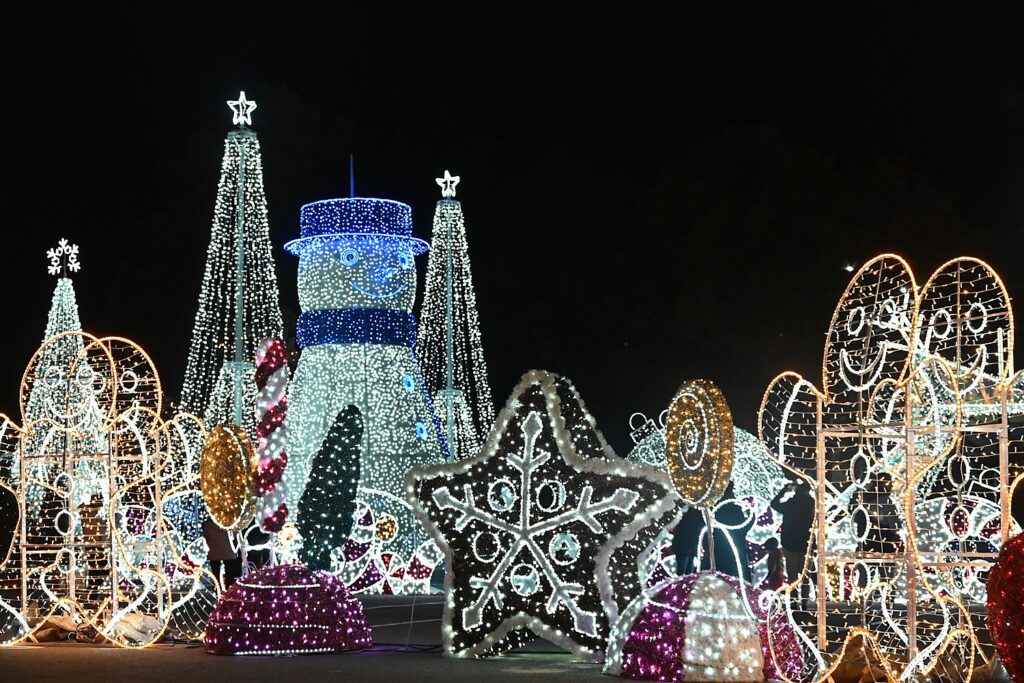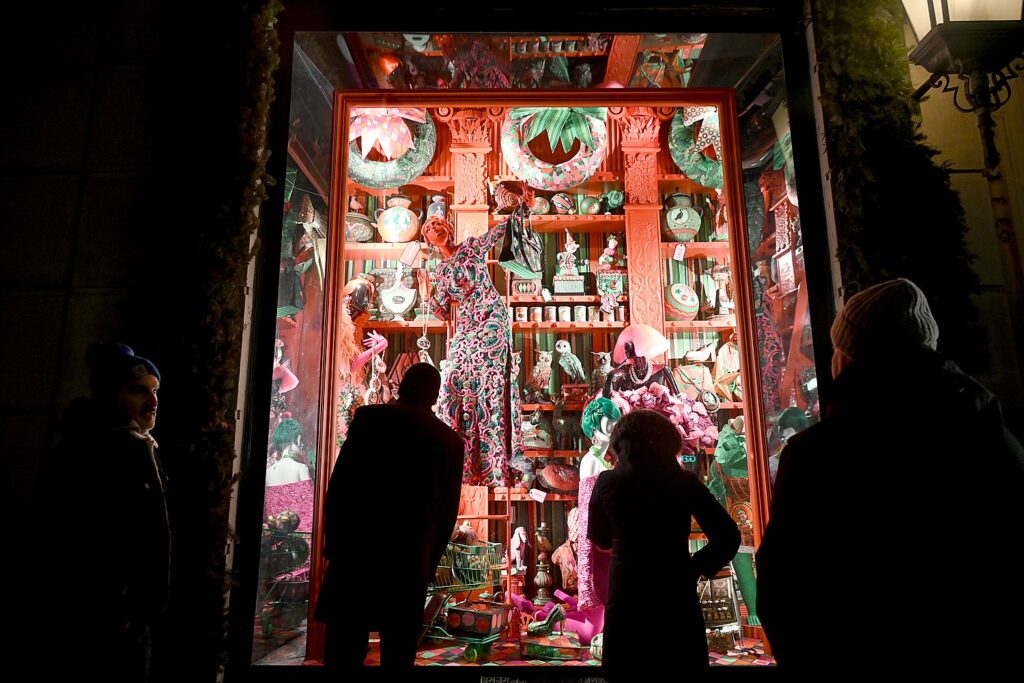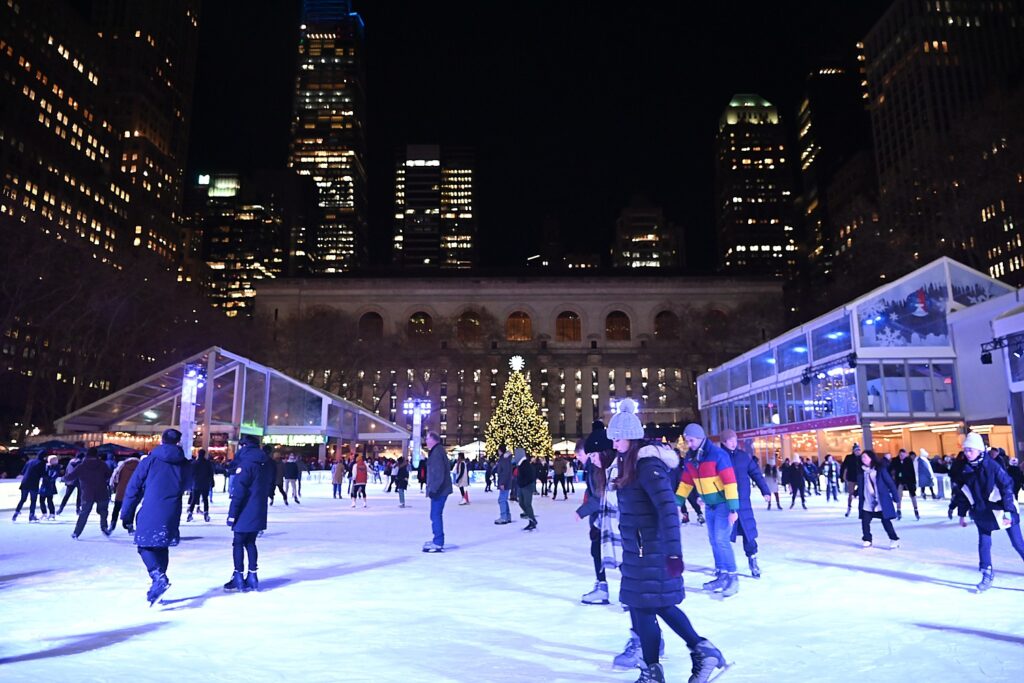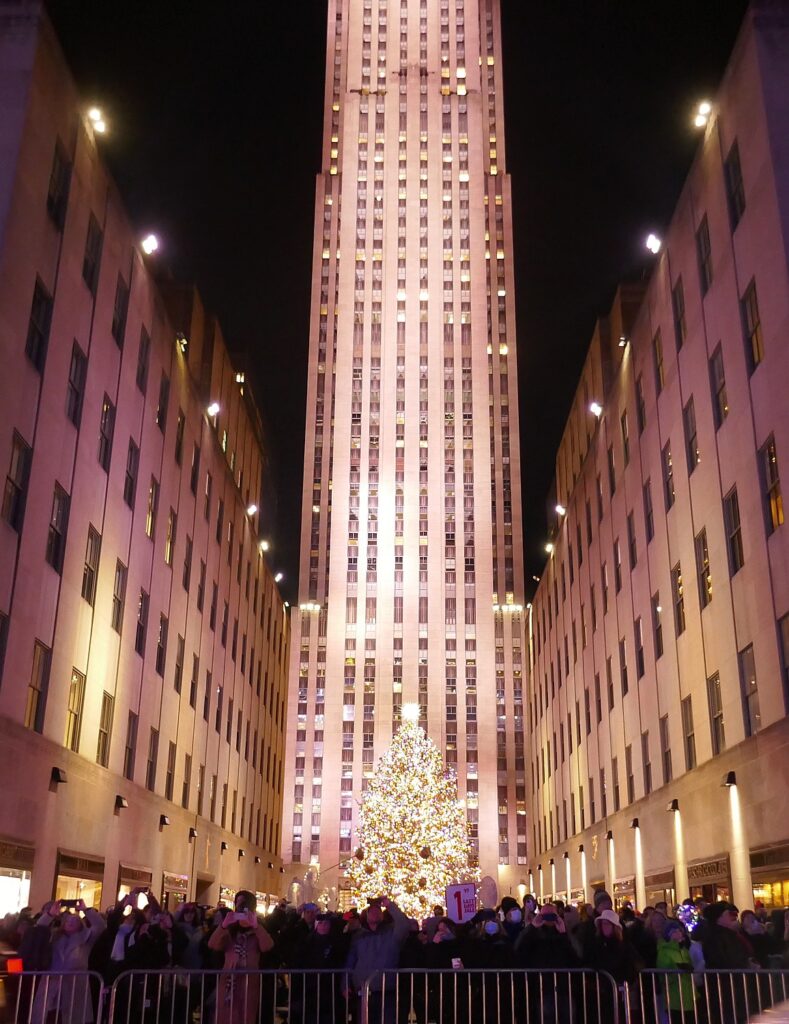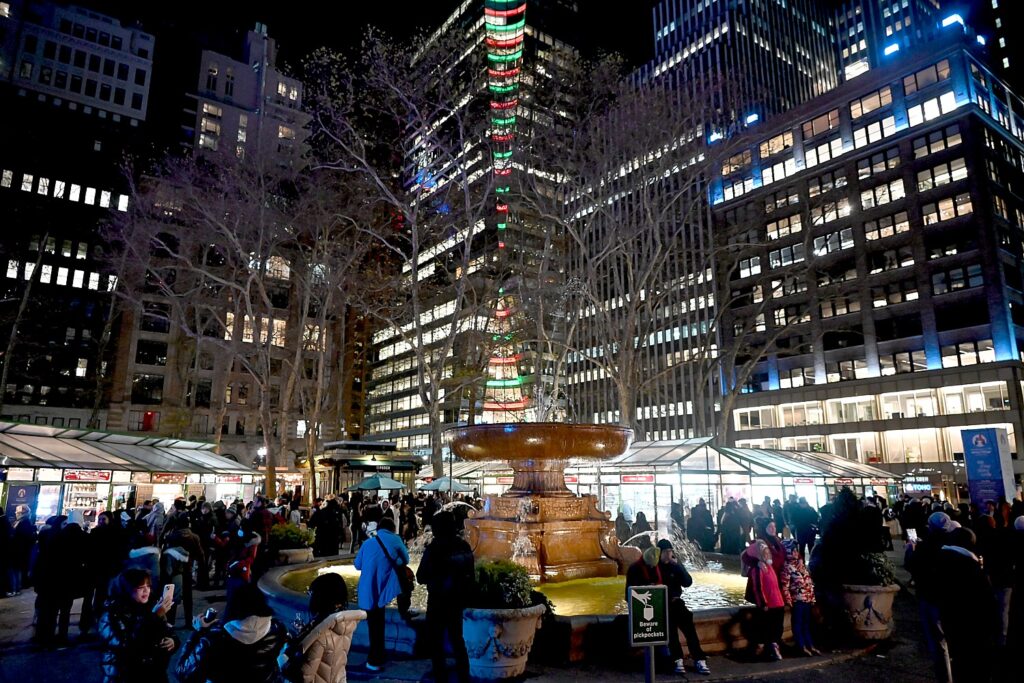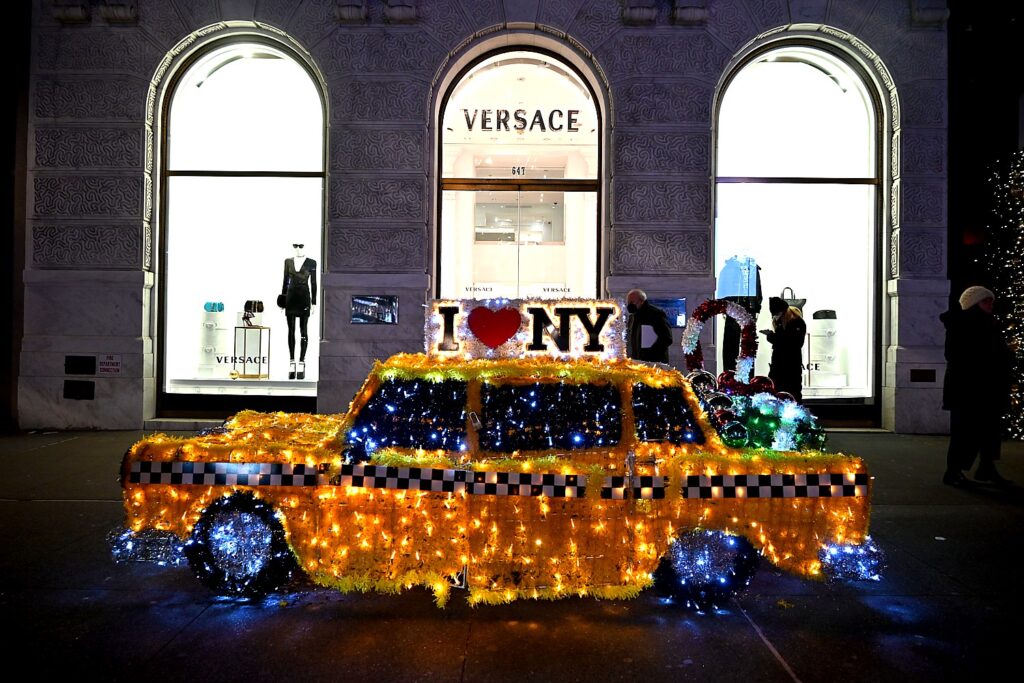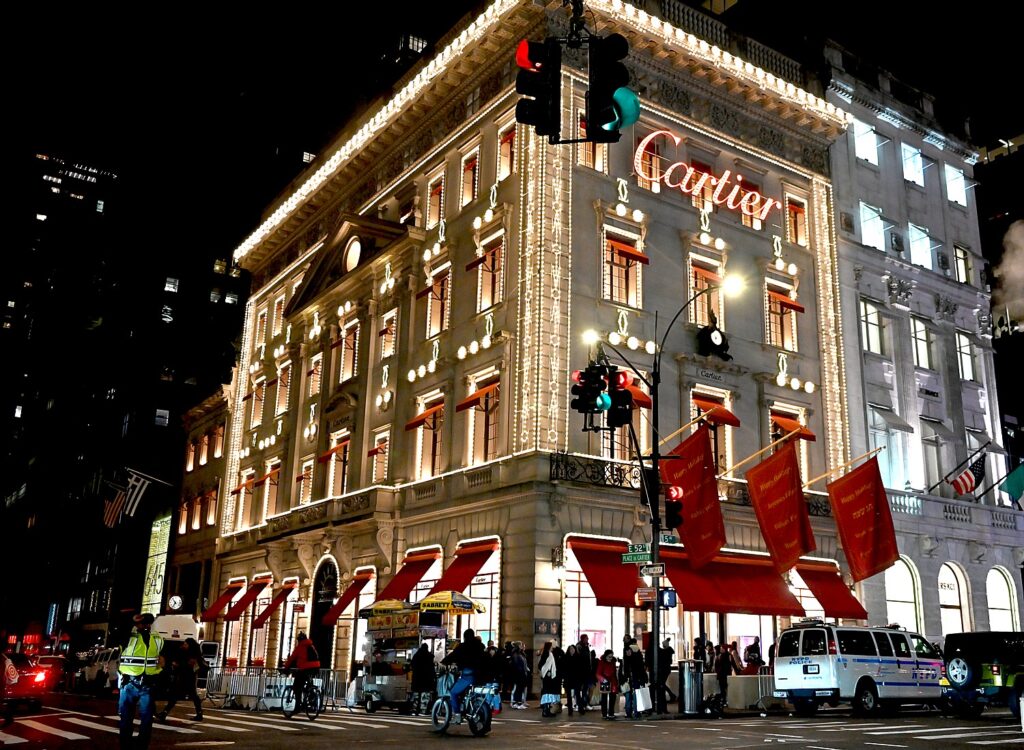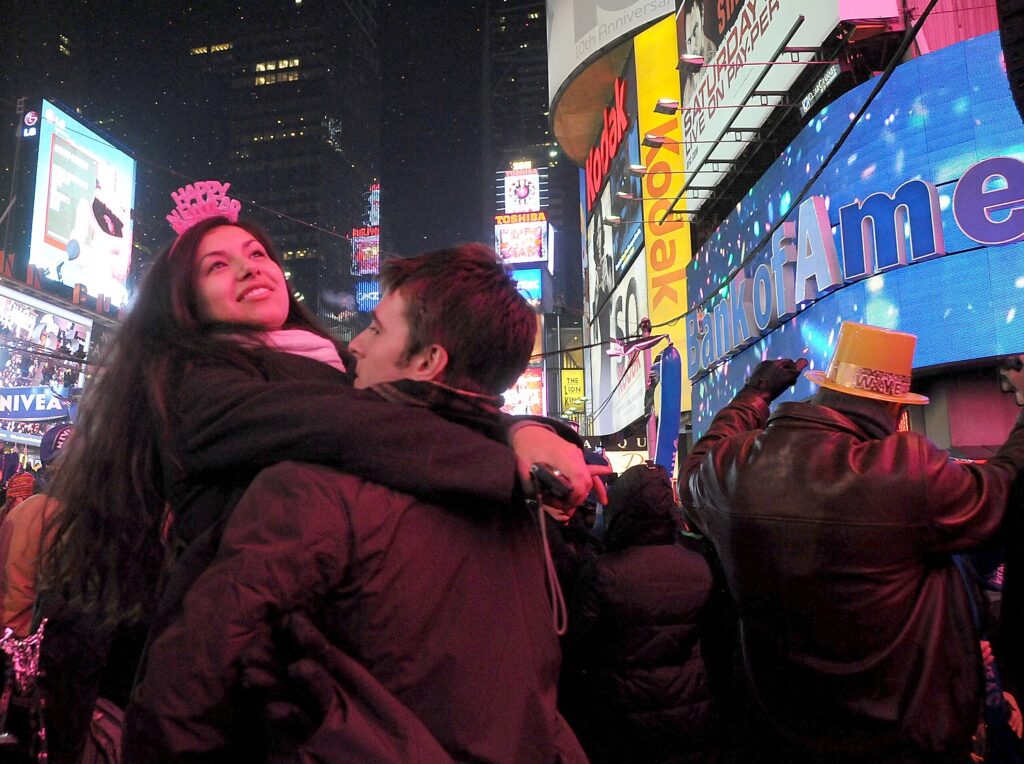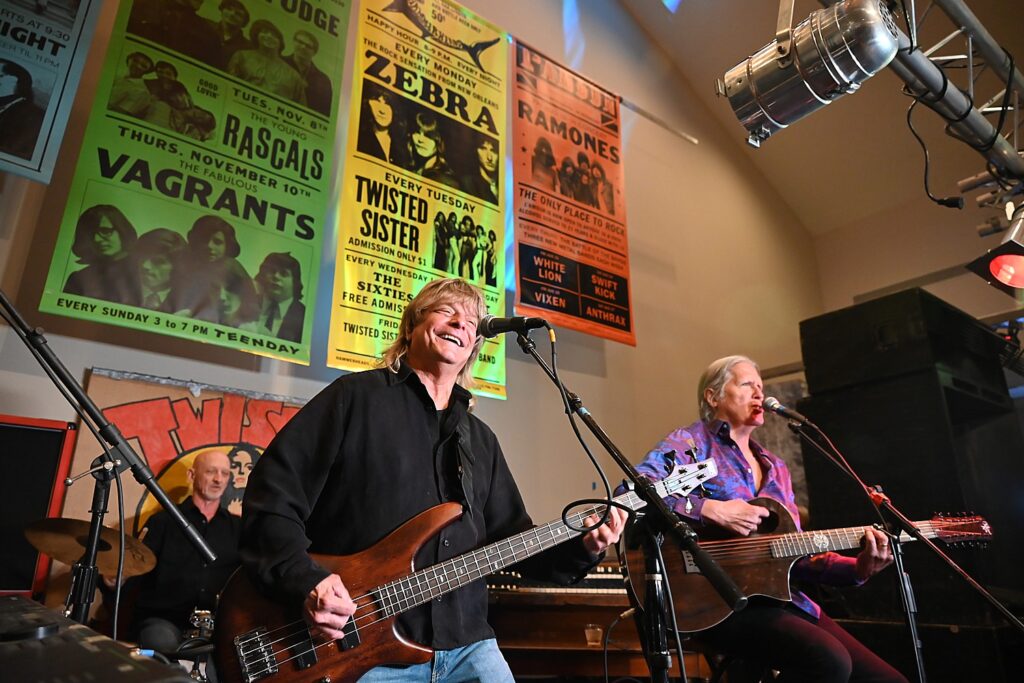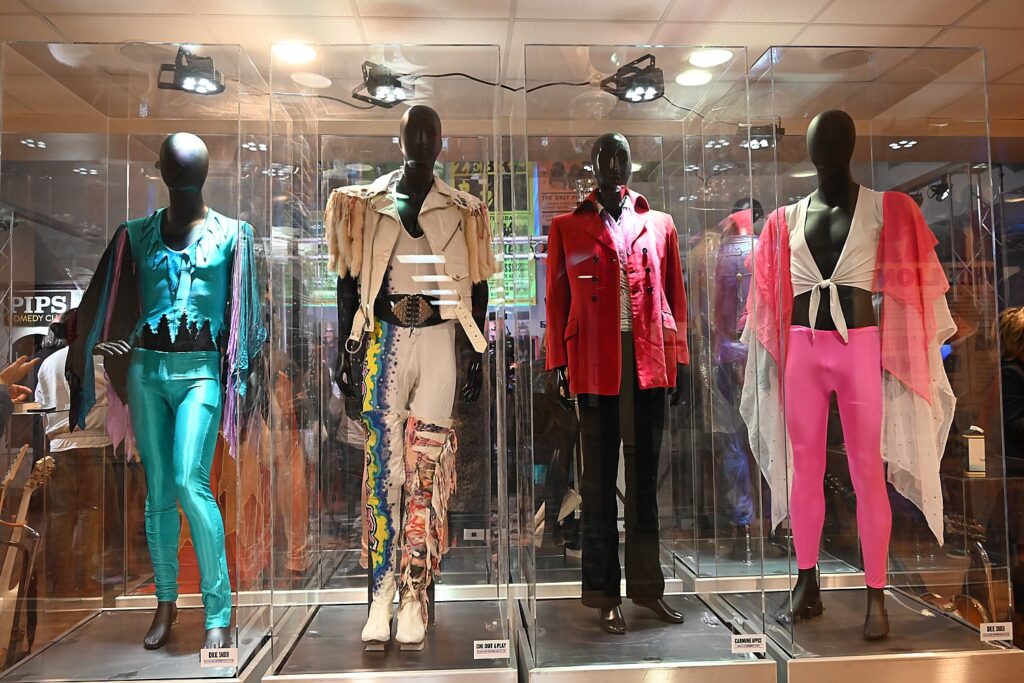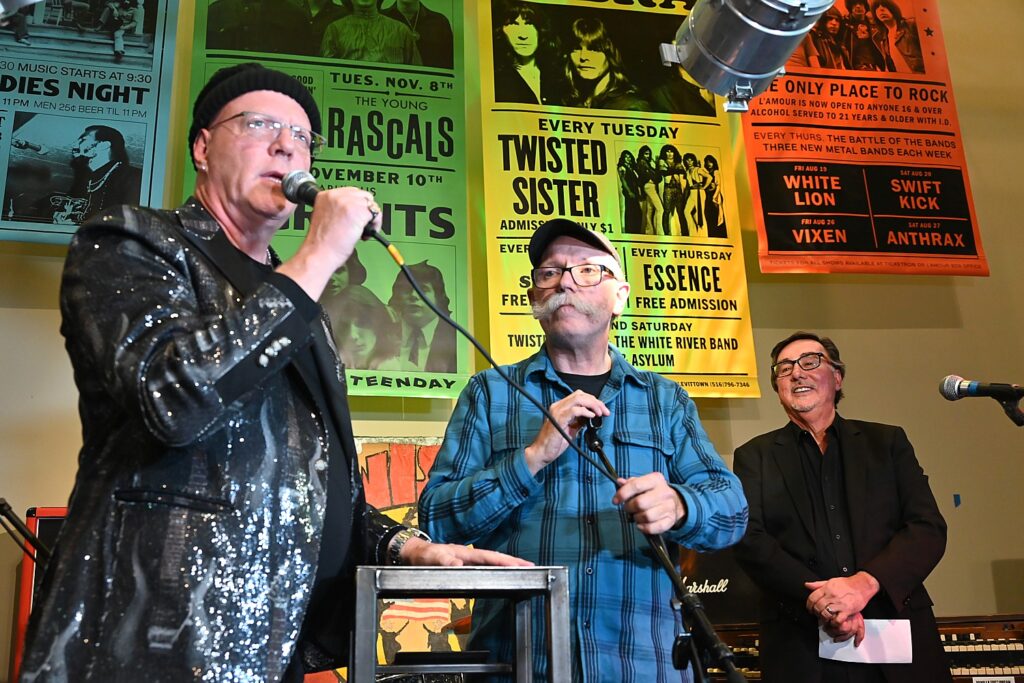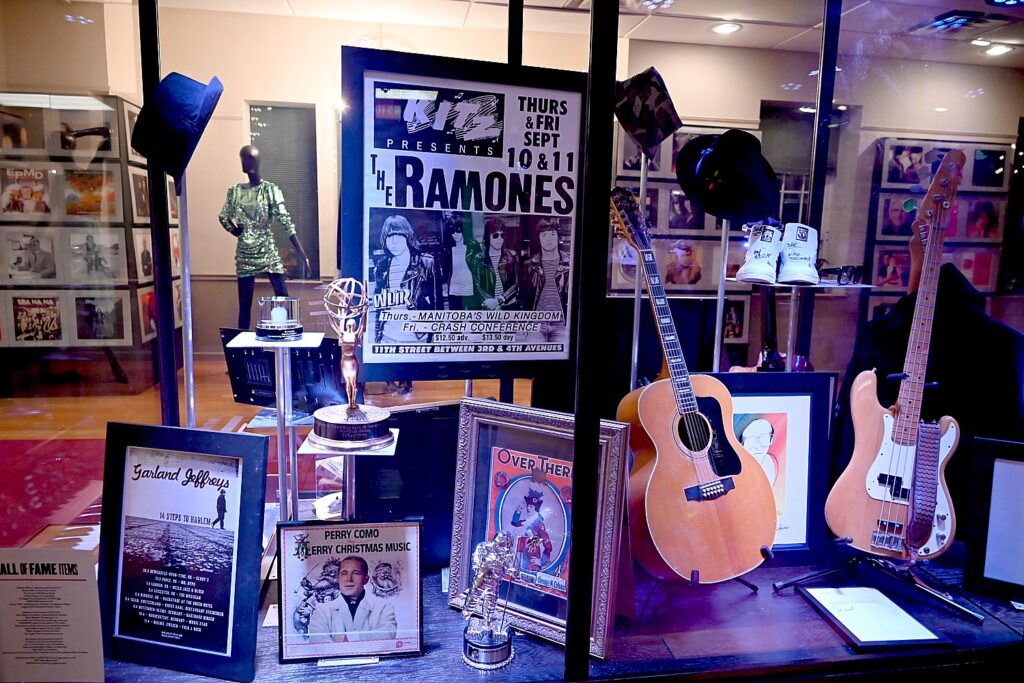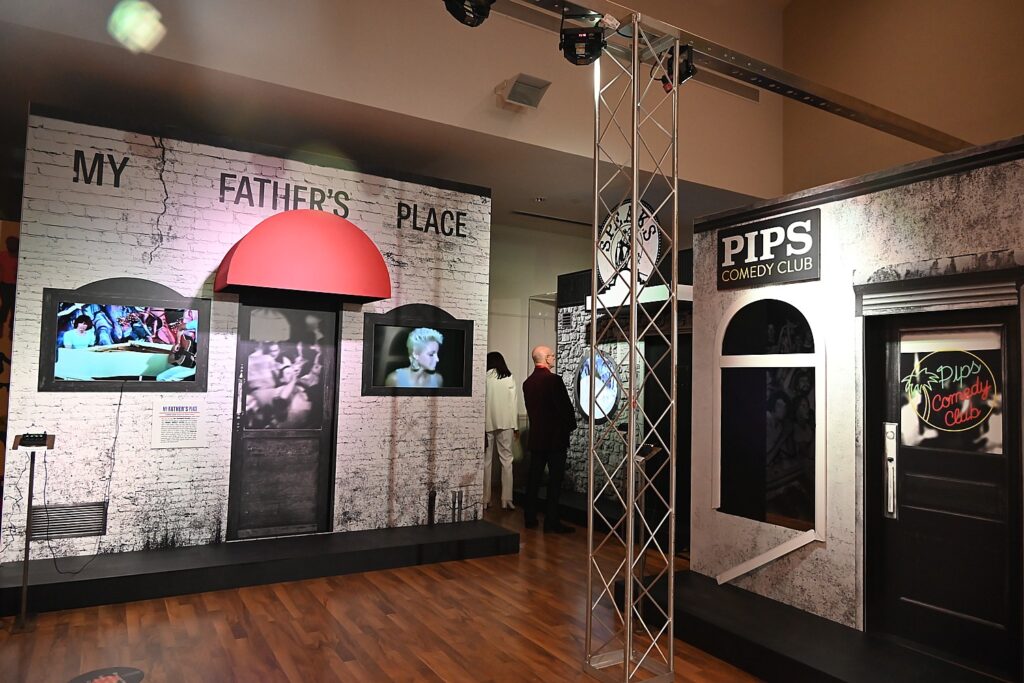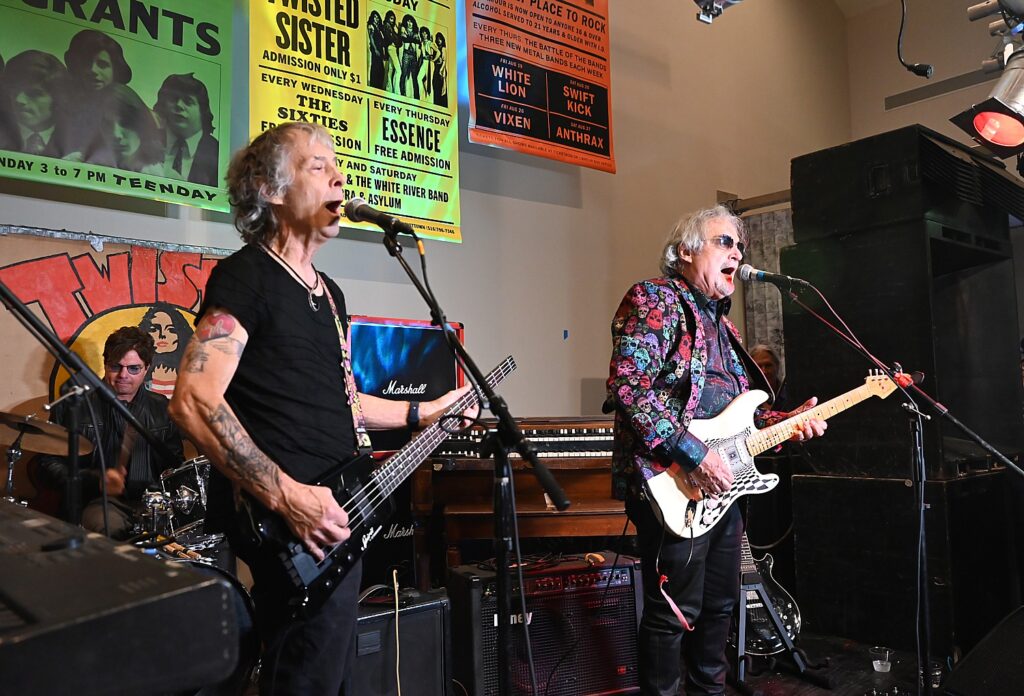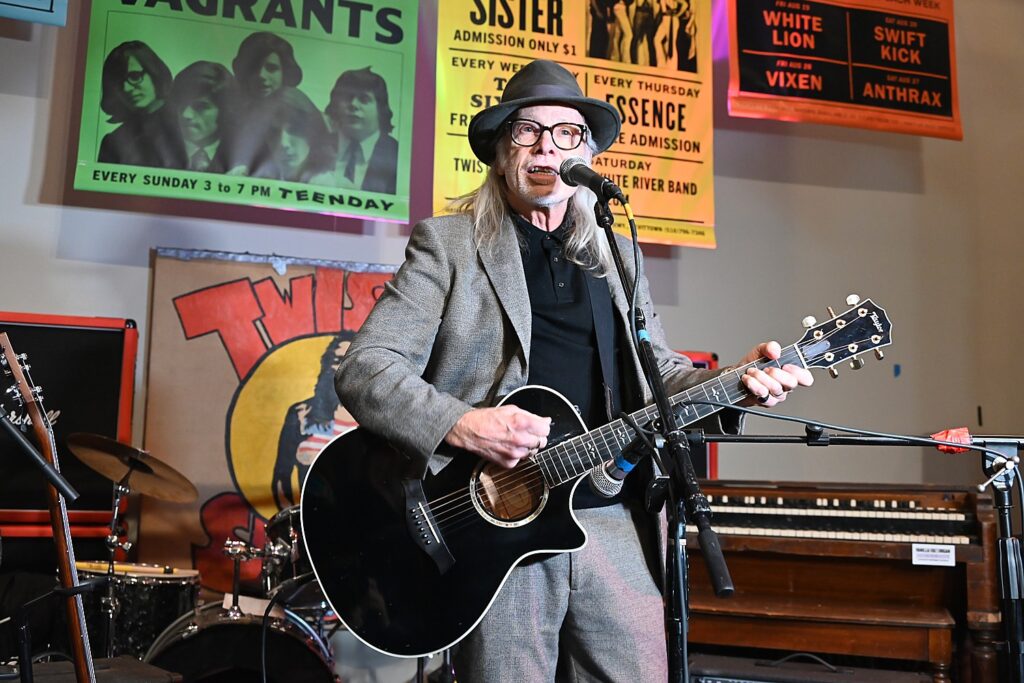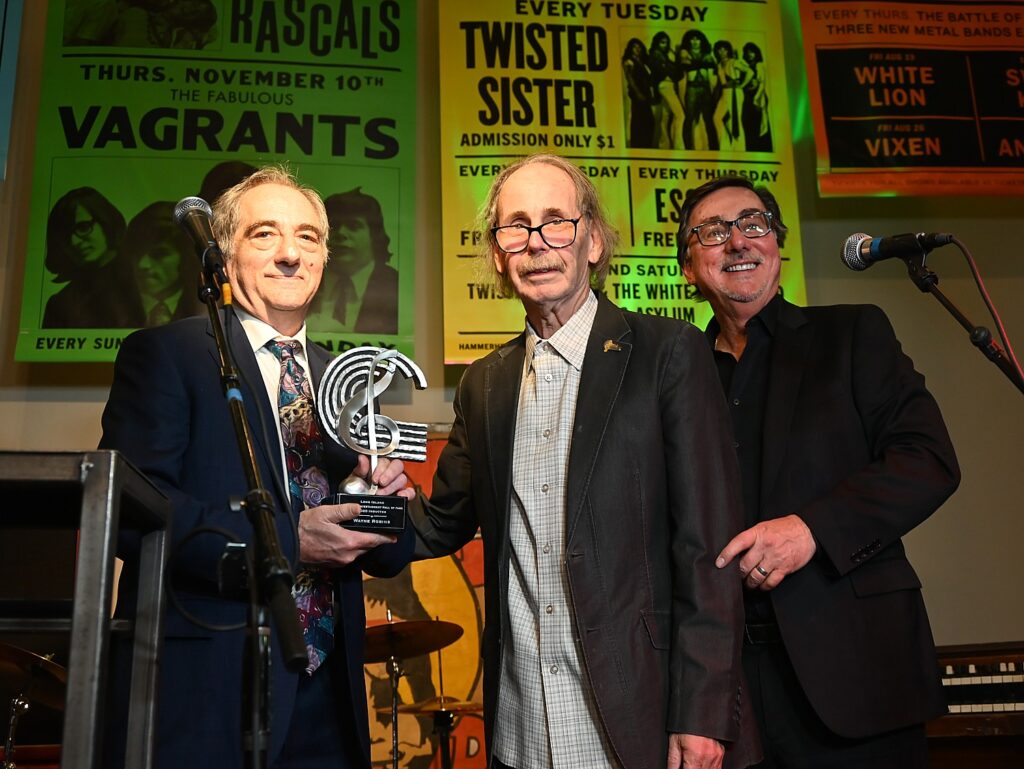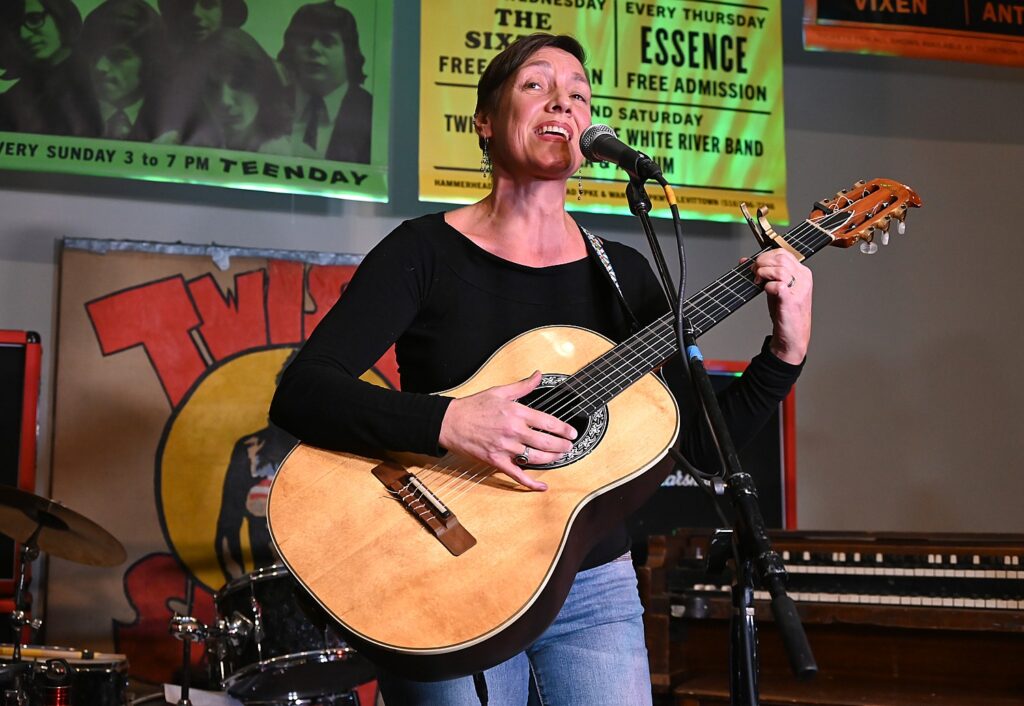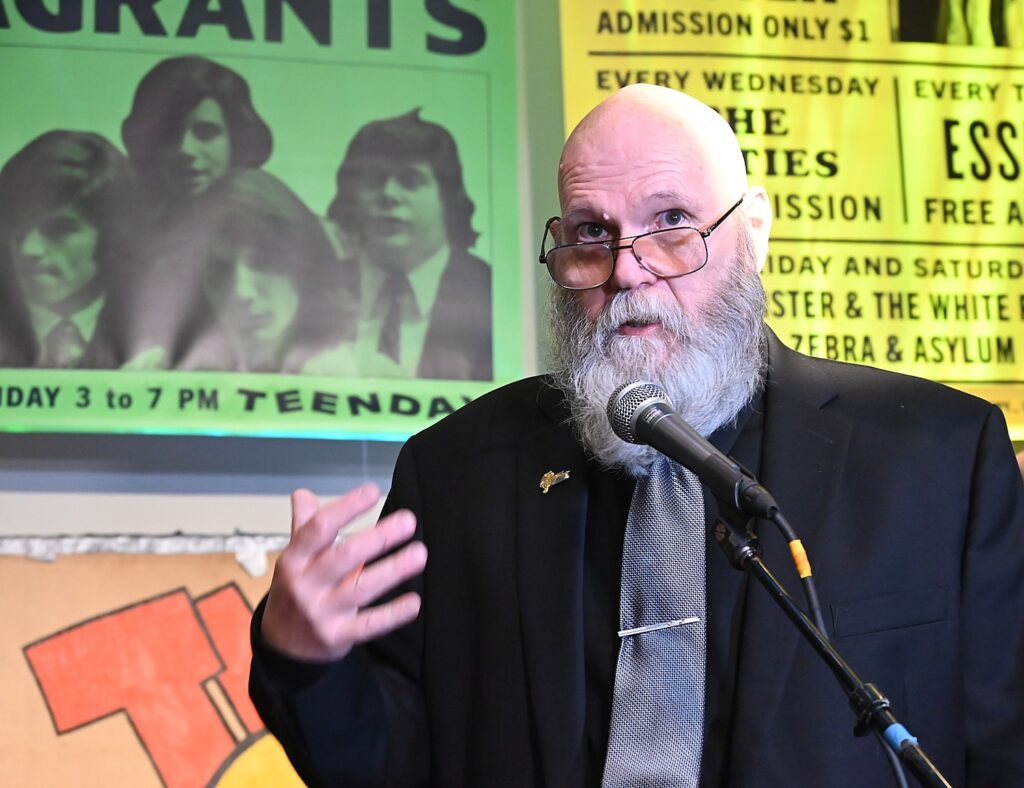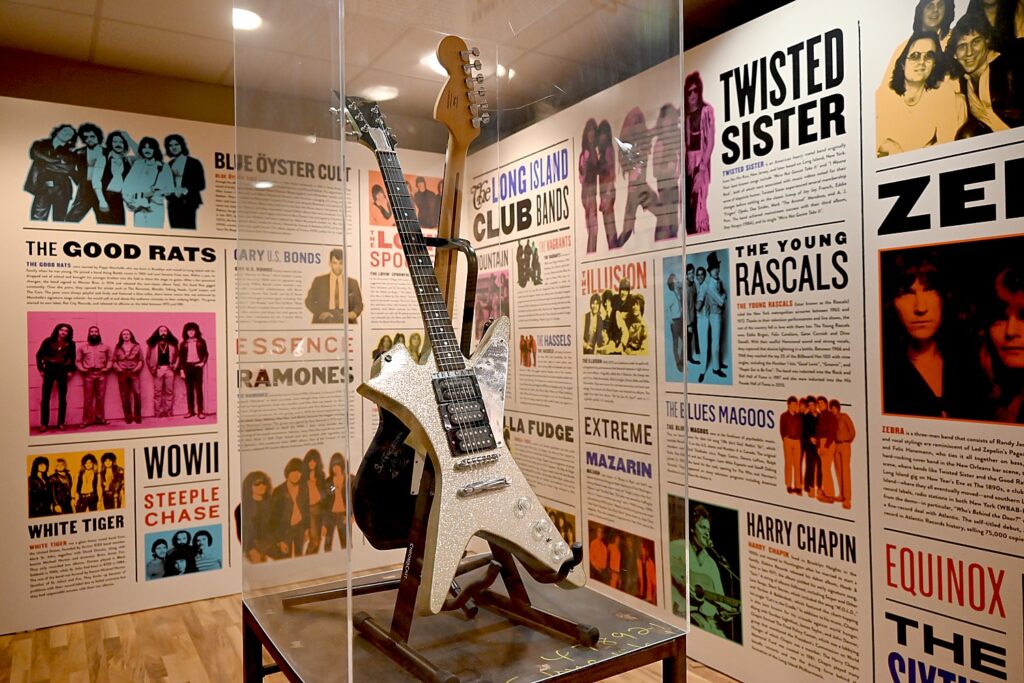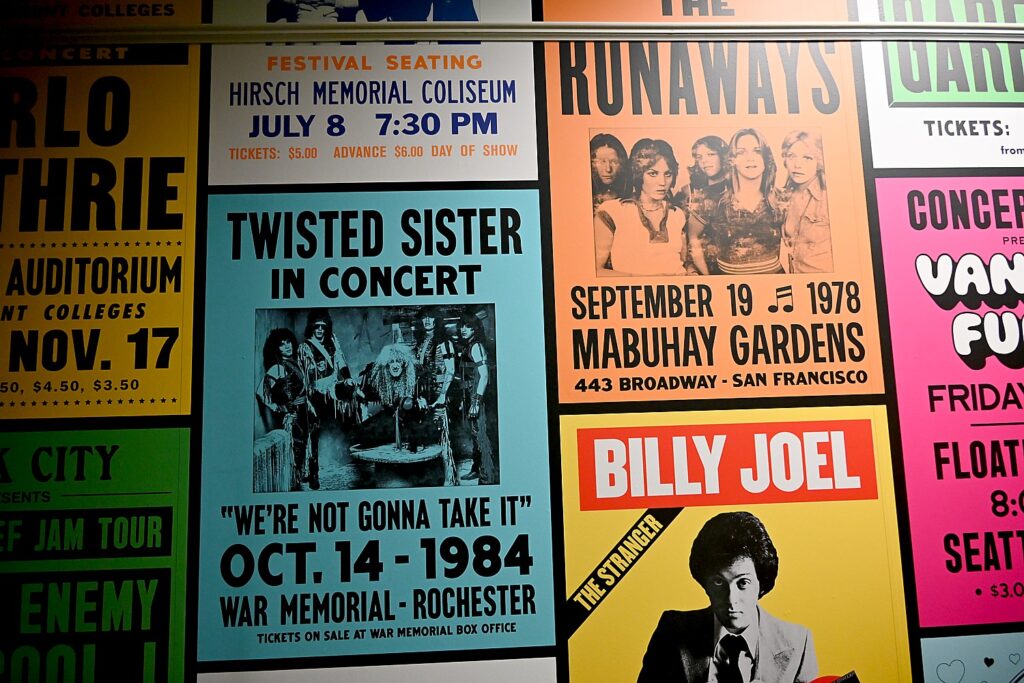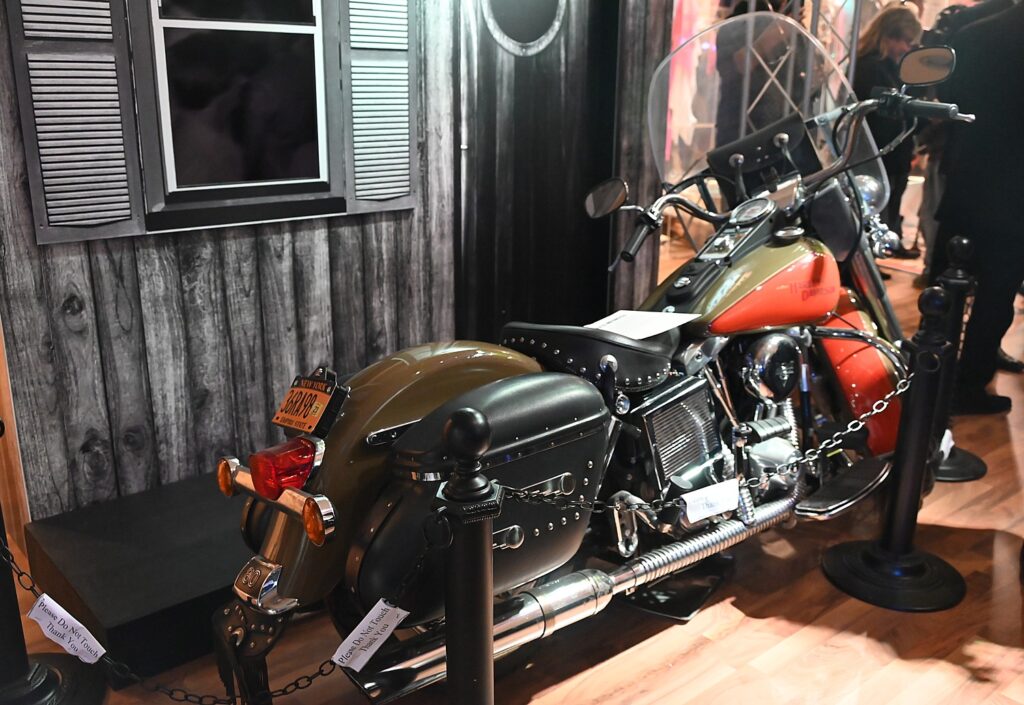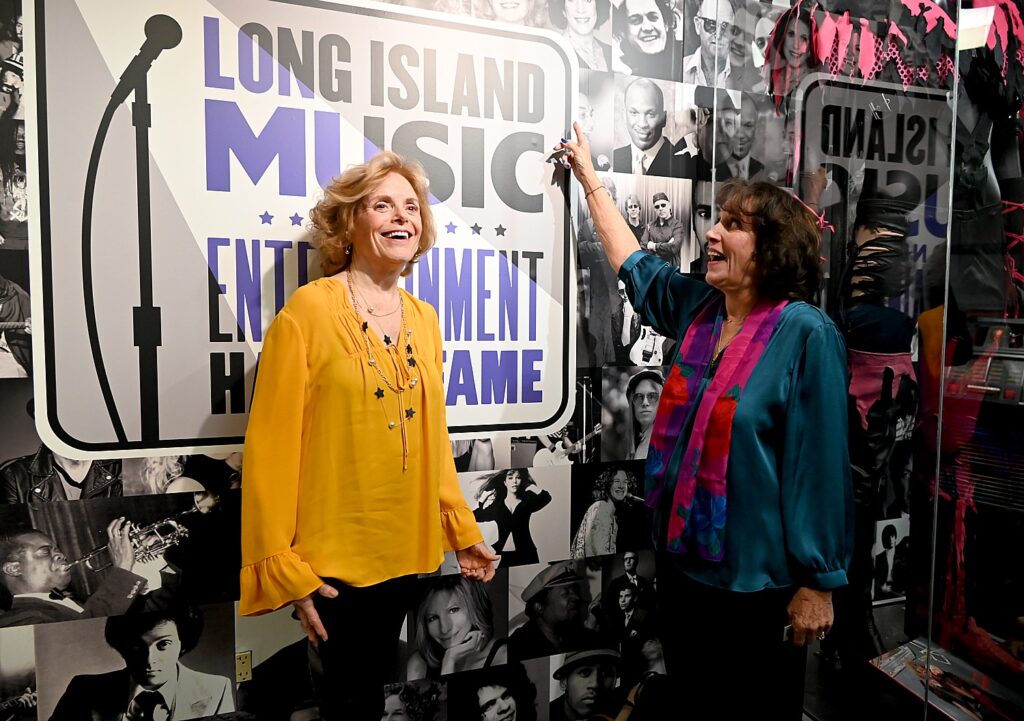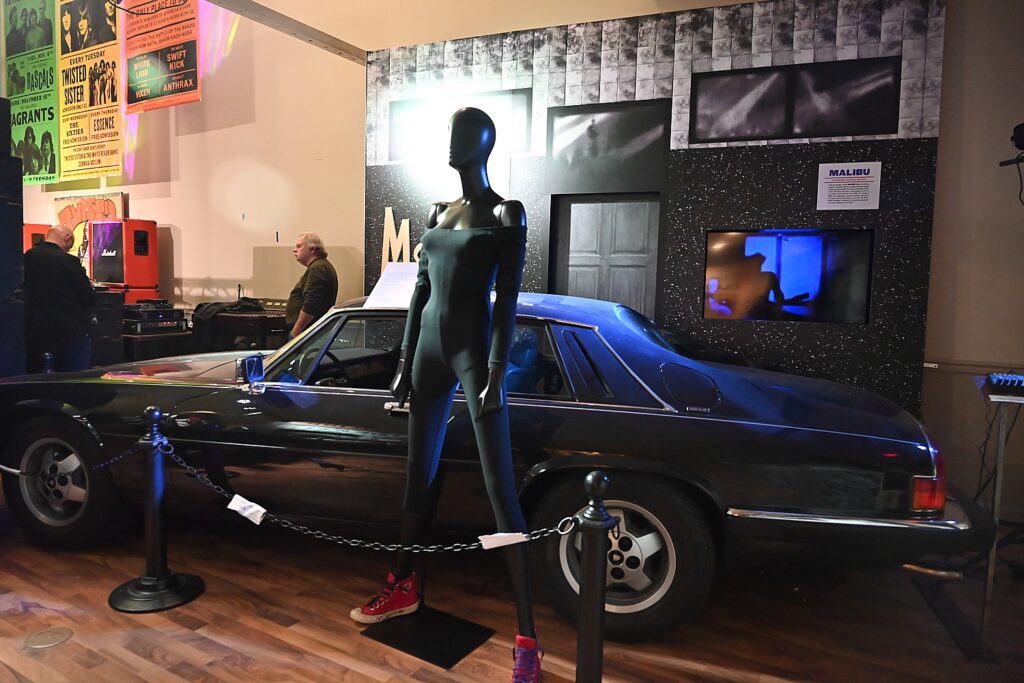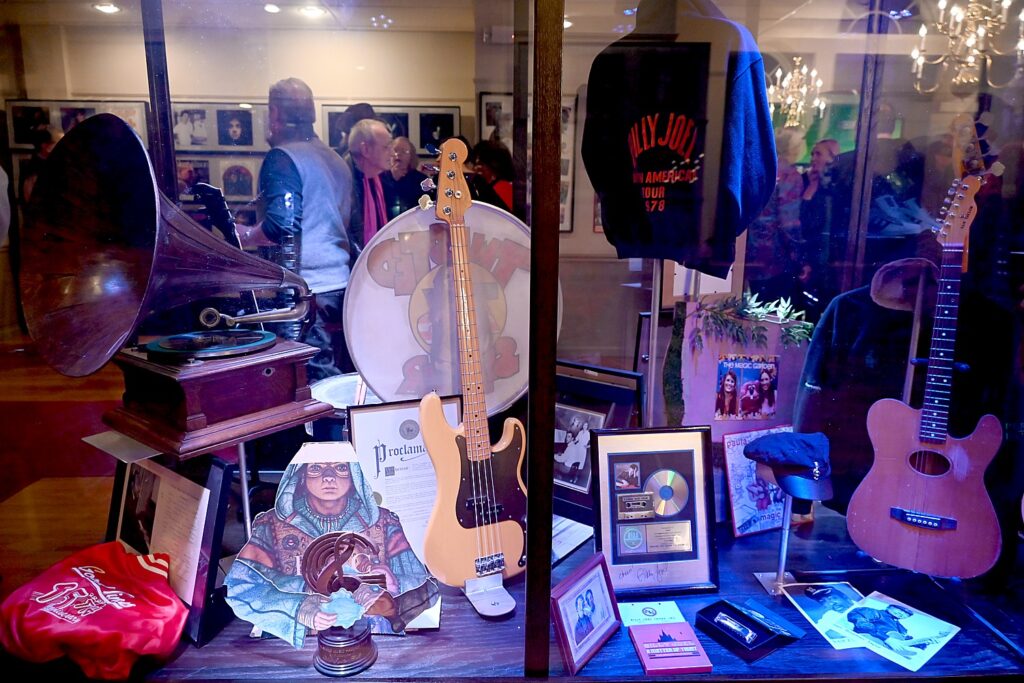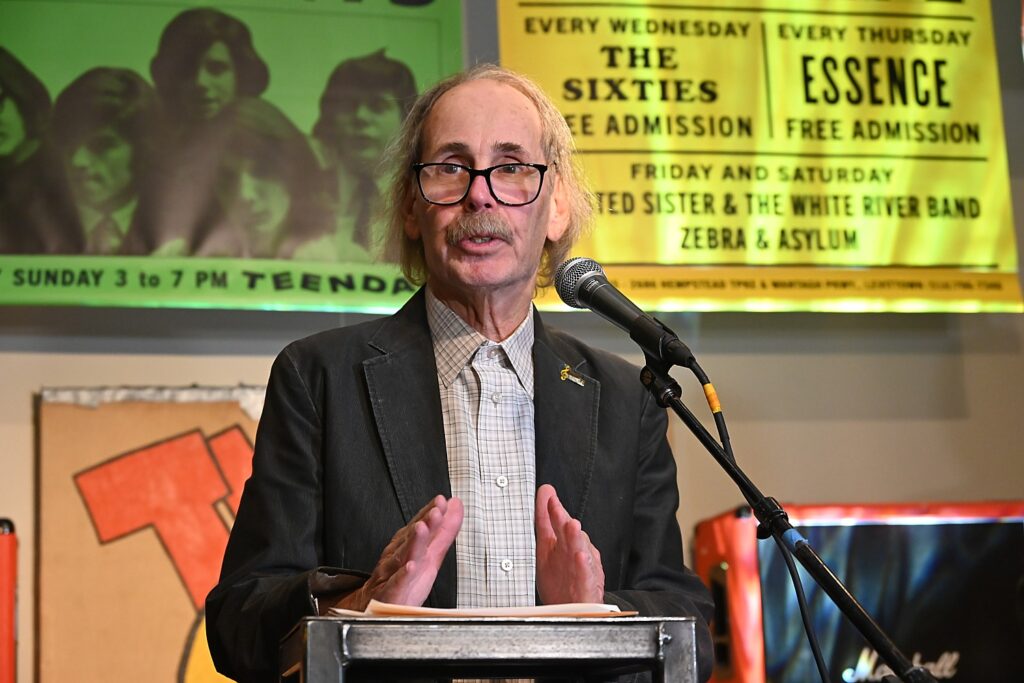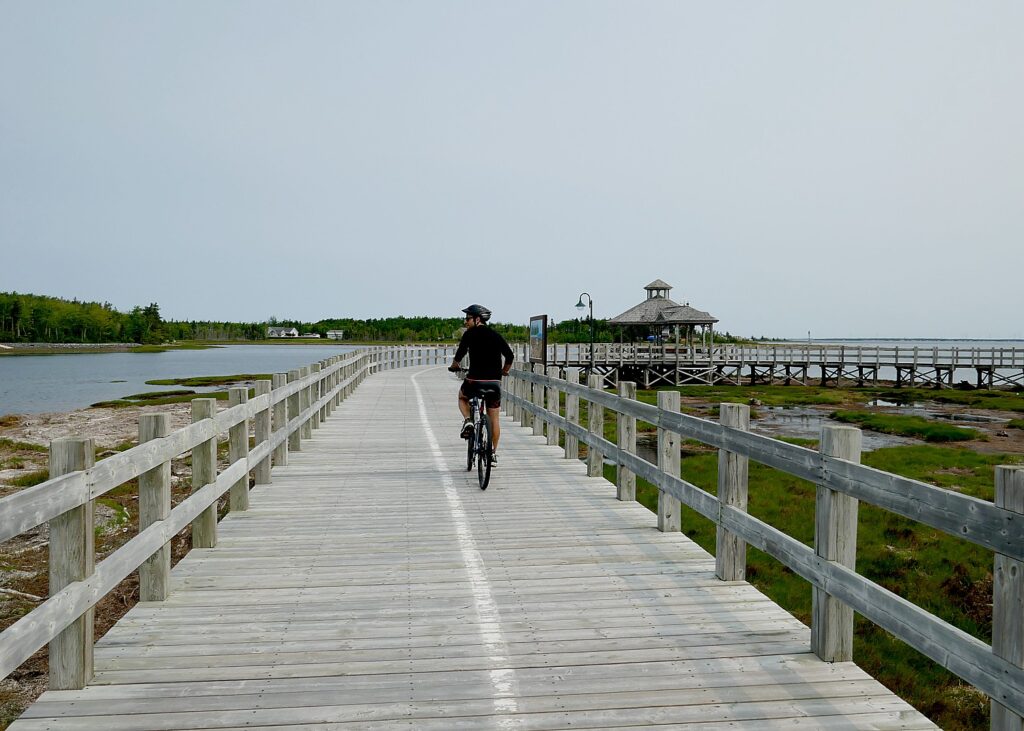
By Karen Rubin, with Dave E. Leiberman & Laini Miranda
Travel Features Syndicate, www.goingplacesfarandnear.com
Our New Brunswick roadtrip that has so enthralled us with the natural wonders of the Bay of Fundy, now takes us to the Acadien Peninsula, where its French heritage is most pronounced and you really feel you are in another country. We are also excited to explore a portion of a marvelous new cycling trail, the Veloroute Peninsule Acadeienne, which opened in 2019, consisting of 14 cycling circuits, totaling 379 miles, that go through 14 coastal French fishing villages and communities.
Because the Veloroute is so new, it seems, it is not well set up for a supported, self-guided multi-day trip, so we stitch together our own, with the help of Neil Hodge at New Brunswick Tourism. Neil arranges a multi-day bike rental for us from the Villegiature Deux Rivieres Resort (more geared for day rental), and an itinerary that follows the C15 circuit. Fortunately, Laini prefers to spend the day painting, so volunteers to drive the car to the next stop and then take my bike for a shorter ride with Dave at the end of the day. And we have to ferry the bike back to the rental shop (not really difficult, it is less than one hour’s drive back to Tracadie, and we’ve prepared by taking our bike rack). It is exciting to feel like we are pioneering a new biking destination.
This is an opportunity to take advantage of what is best about cycling (and clearly, this is an extremely popular activity throughout New Brunswick and Quebec): you ride at a perfect pace through local communities, small villages, see where and how people live. And there is such freedom during the day, to stop and explore, and really be immersed in a place.

This first day, we bike on the trail 22 miles from Tracadie at one end of the circuit, to Shippagan, riding mainly through woods and then along marshes, arriving at Shippagan at about 2:30. We have a delightful late-lunch in a Mediterranean-style restaurant, Chez Aicha (197 Bd J. D. Gauthier, +1 506-336-8989), then Dave and I continue exploring Shippagan, picturesquely set between Saint-Simon Bay and the Chaleur Bay inlet that goes into the Gulf of St. Lawrence, stopping at its most popular beach, Le Goulet.
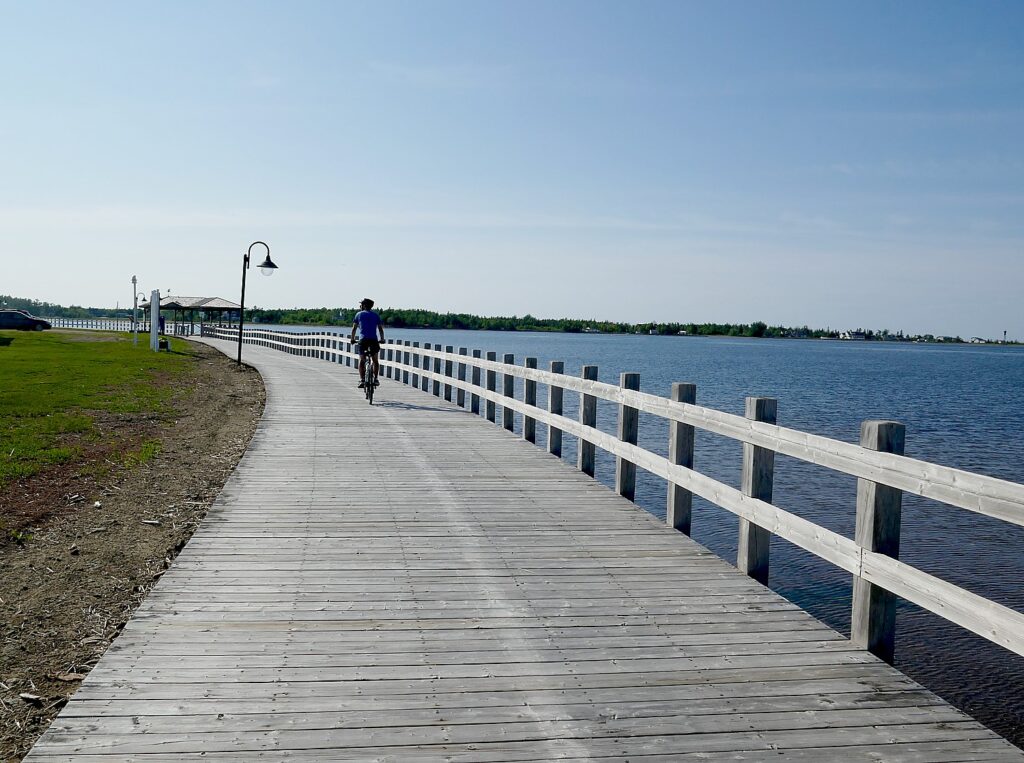
We discover the boardwalk along Shippagan’s waterfront, and that we can bike all the way to Point Brule, the road that leads us to the cottage Laini has booked for two nights on Airbnb. We calculate we cycled 40 miles for the day.
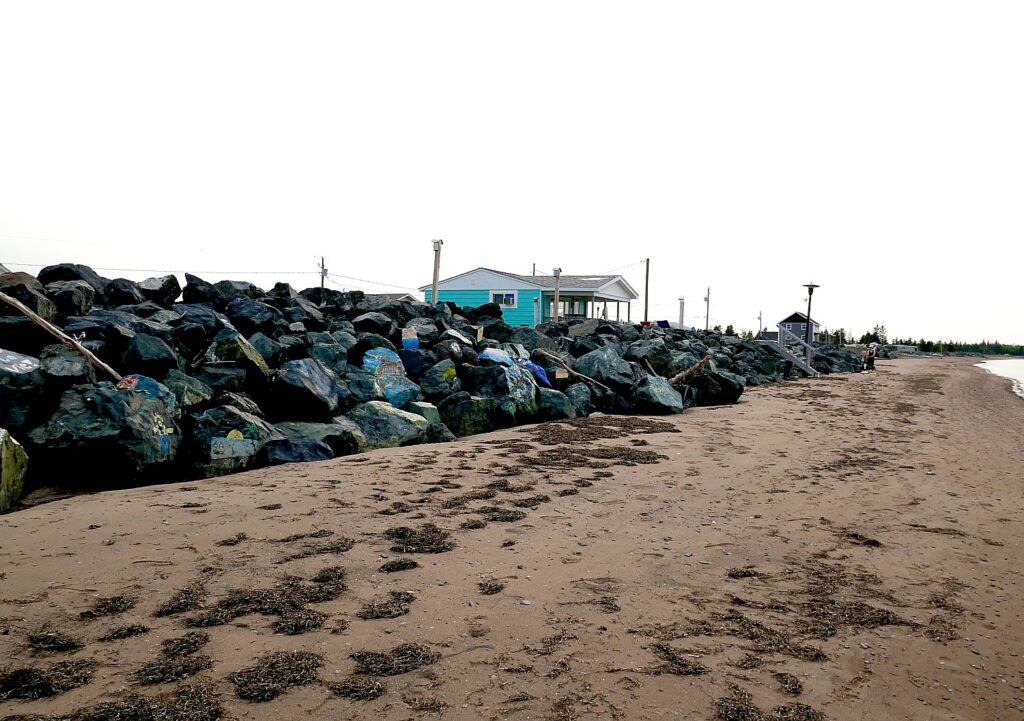
Dave and I are giddy with delight when we see the sweet, cozy aquamarine-colored cottage and how it is poised on the tip of Point Brule, perched on a ridge with our own ladder to the beach into the bay.
Who can resist? We quickly change and play in the water (surprisingly not too cold), then set out to watch the sunset on Miscou Island, which sits between the Bay of Chaleur and the Gulf of St. Lawrence, at its magnificent historic lighthouse.
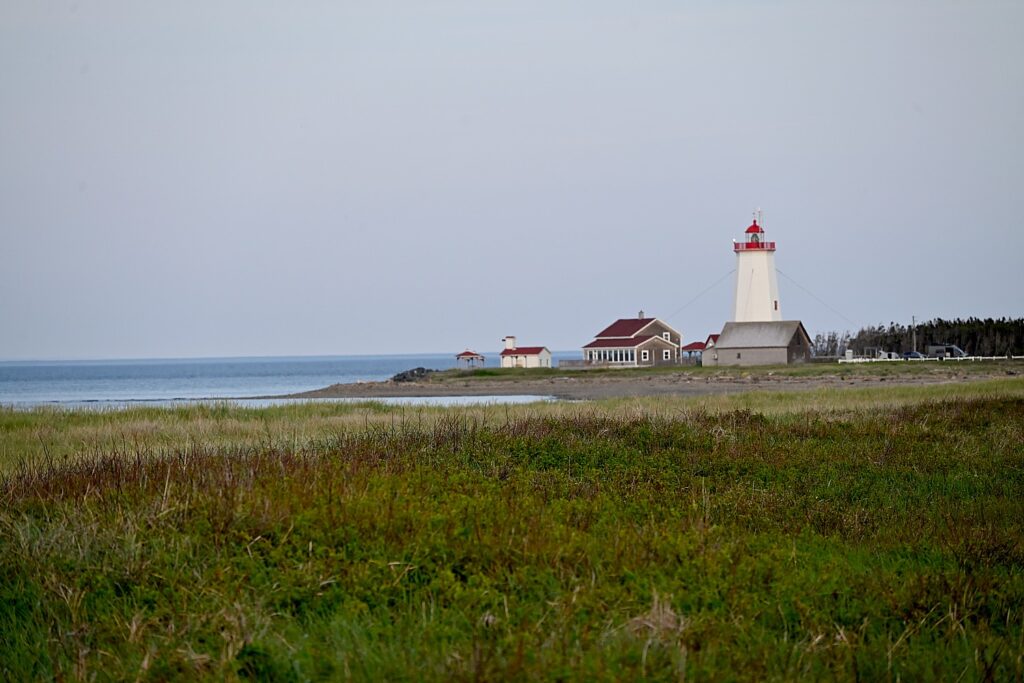
We reach the Miscou Island Lighthouse on the northeastern tip of the island, just before sunset. The lighthouse was built in 1856 and designated a National Historic Site of Canada in 1974.
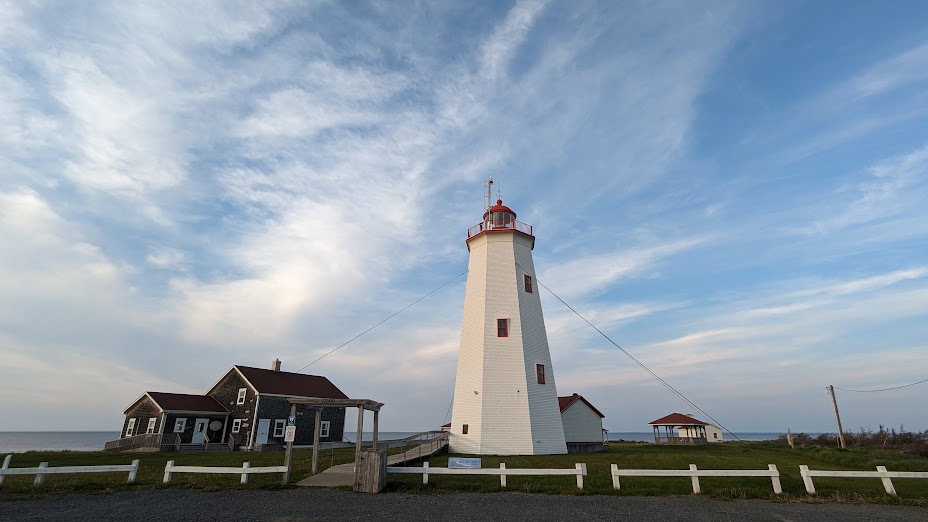
It is surprising how long (how far) Miscou Island actually is (24 km long by 16 km wide – small for an island but a good distance by bike), because this is the route we are supposed to bike tomorrow. Even on our itinerary, the route is 26 miles each way, hilly, on a two-lane, windy road. But Miscou is fabulous to explore – for birds and wildlife (we see a family of foxes), peat bogs, and not to be missed.
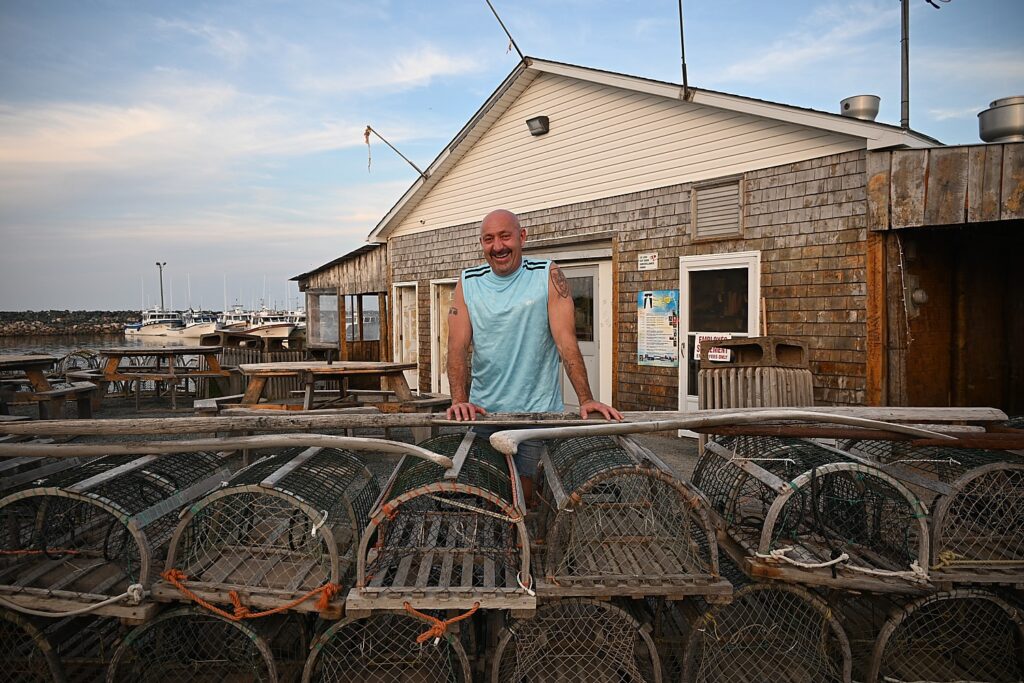
Our plan is to have dinner at Terasse à Steve a fun, rustic place so beautifully set overlooking the Miscou wharf that is legendary in the community, but when we pull up, we discover Steve has closed early (for mosquitoes!).
That means we have to race back to Shippagan before the restaurants close (at 8:30 pm). We’ve called ahead to Pinokkio’s who tell us to just get there by 9 pm. We race back, arriving at 9 pm on the dot, and sure enough, they seat us. The wood-fired pizzas (fungi pizza, margarita), with the freshest, most flavorful ingredients, are fantastic. ((Pinokkio Pizzeria Resto-Bar, 121 16e rue, Shippagan, 506-336-0051, www.pinokkio.ca).

Instead of biking back to Miscou Island (Veloroute map shows the Miscou route as 41 km just on the island), Dave and I decide to explore Lameque Island, which is in between Shippagan and Miscou (so glad we toured by car).
We set out again from the cottage on the road that leads to the entrance to the beautiful wooden boardwalk and connects to our biking routes, winding passed the colorful marina, then over the bridge to Lameque.
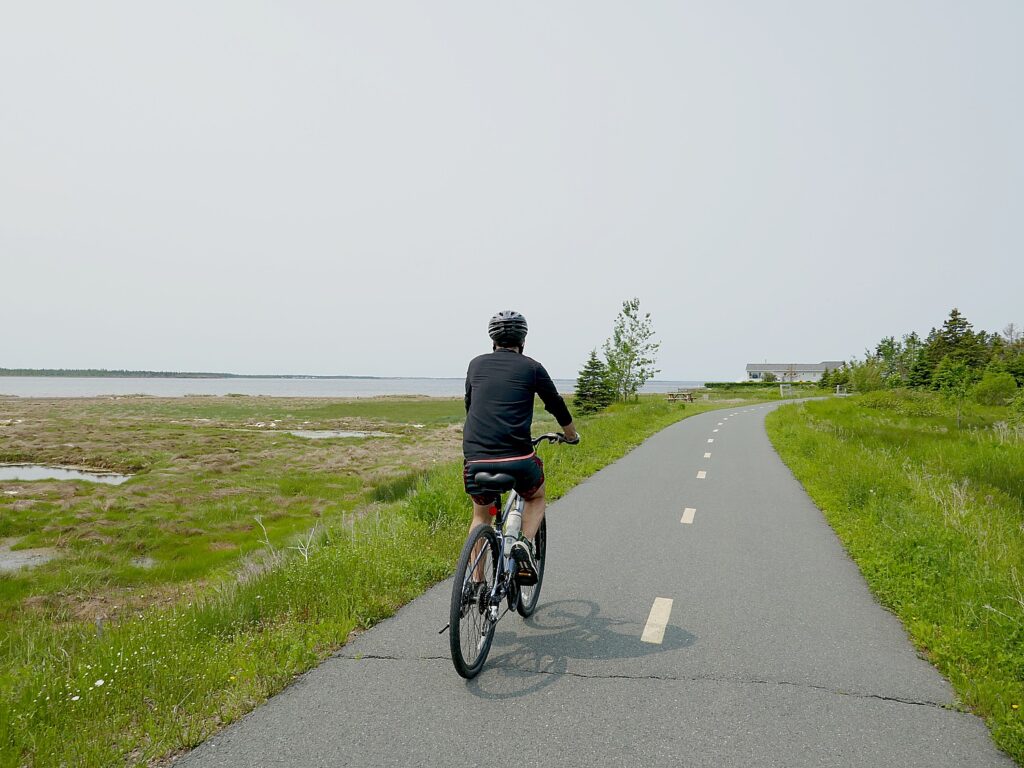
We first find a lovely bike trail in the woods that parallels the busy Route 113, cross another small bridge, and then find a beautiful, if short, trail along the water. But when that ends, we ride on the shoulder of Route 113, which serves as a bike path. We come upon an eco-park on Lameque, and explore that before continuing our cycling,
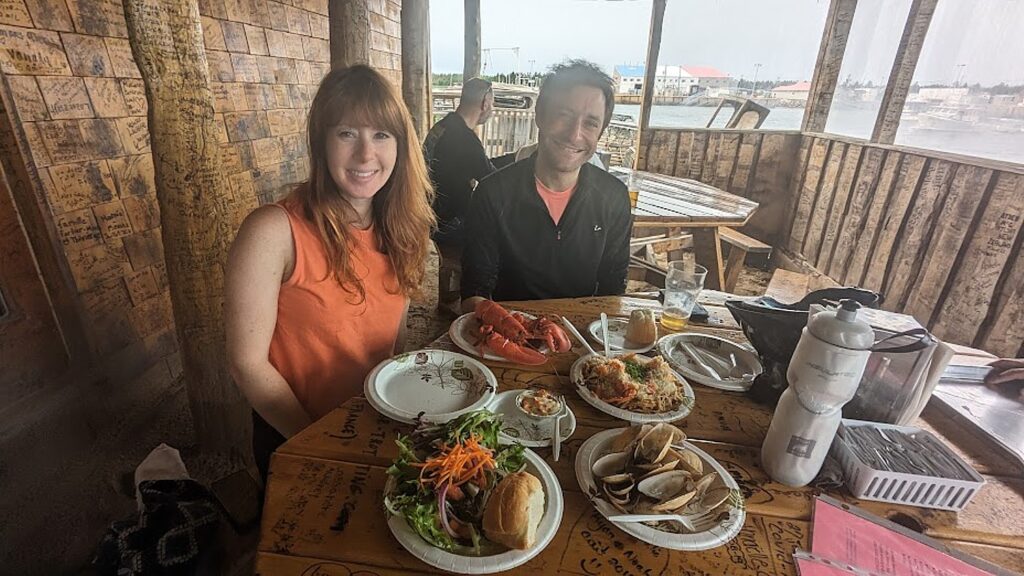
We are determined to dine at Steve’s Terrasse on Miscou, which is just on the other side of the (high) bridge from Lameque. Laini pulls away from her painting and meets us there for a late lunch – a sensational meal of lobster with spaghetti, pesto and parmesan; steamed clams; and a whole lobster (9650 route 113, Miscou, +1 506-344-7000)
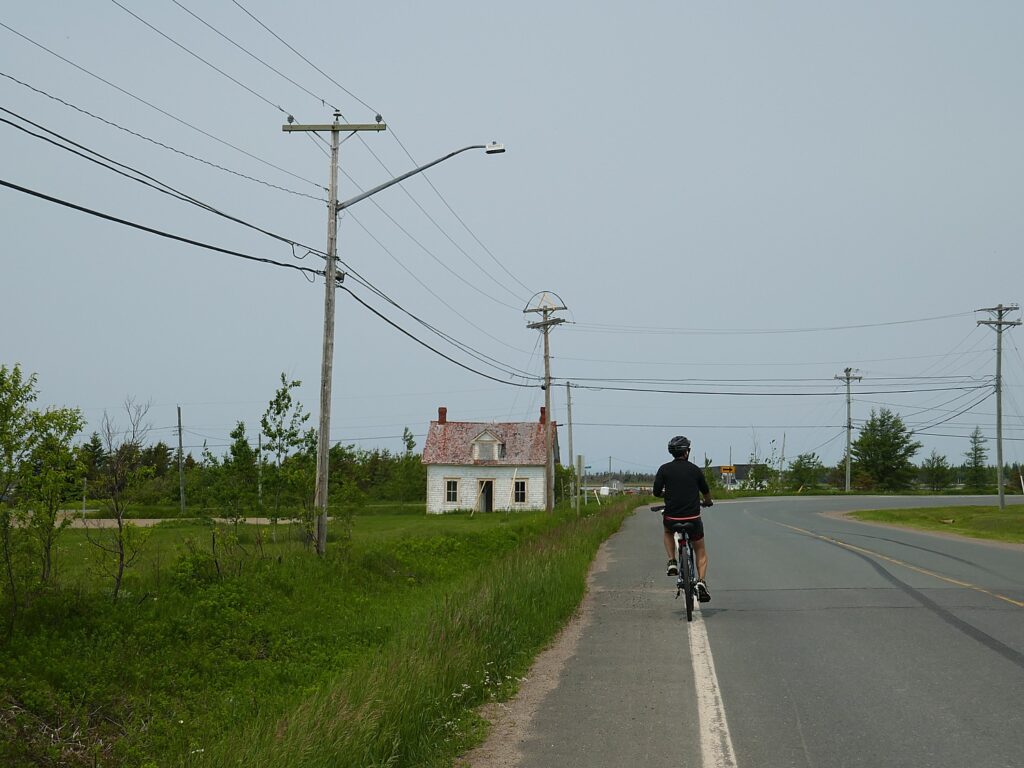
Biking back to Lameque (back again over the steep bridge!), we follow a route that takes us along the eastern side of the island along the road (with ups and downs, unlike the bikeway) – it is marked in purple on the map – that give us some lovely views of the water as we ride through neighborhoods. (Amazingly, we don’t find actual stores or restaurants, absolutely nothing for the people to do except for some churches).
Each day, our ride begins and ends on the Shippagan boardwalk, my favorite part of the ride.

By the time Dave and I get back to our cottage in Shippagan, we calculate we’ve biked 45 miles. But now we have to race back into town to find a restaurant. The recommended places we call are all booked solid (it’s graduation day), so we (happily) call again to Pinokkio, and sure enough, they are booked too, but make room for us. The mushroom risotto is sensational. (Pinokkio Pizzeria Resto-Bar, serving up wood-fired pizzeria, appetizers, salads, pasta, seafood, steak, international cuisine, wine list, selection of domestic and imported beers, and decadent desserts, 121 16e rue, Shippagan, 506-336-0051, www.pinokkio.ca).
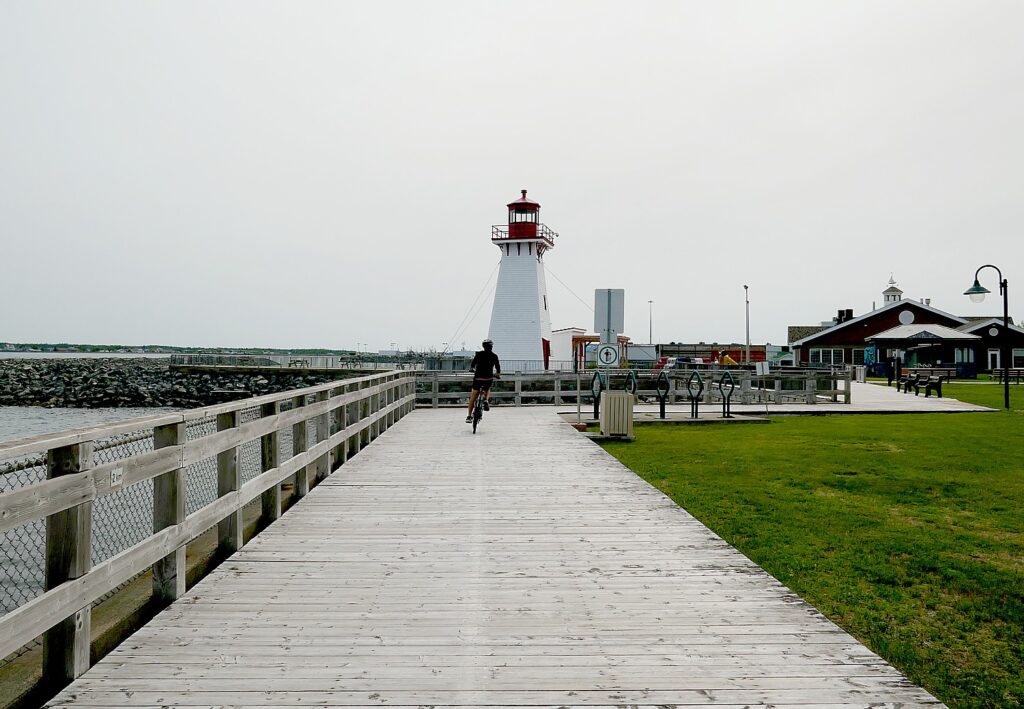
We really have to pull ourselves away from Shippagan (regrettably we don’t have time to visit the Aquarium which we keep passing on the boardwalk, 100 Aquarium St., Shippagan, 506-336-3013, [email protected], aquariumnb.ca).
(Shippagan, https://tourismepeninsuleacadienne.ca/en/region-shippagan/, 506.336.3900).
Caraquet
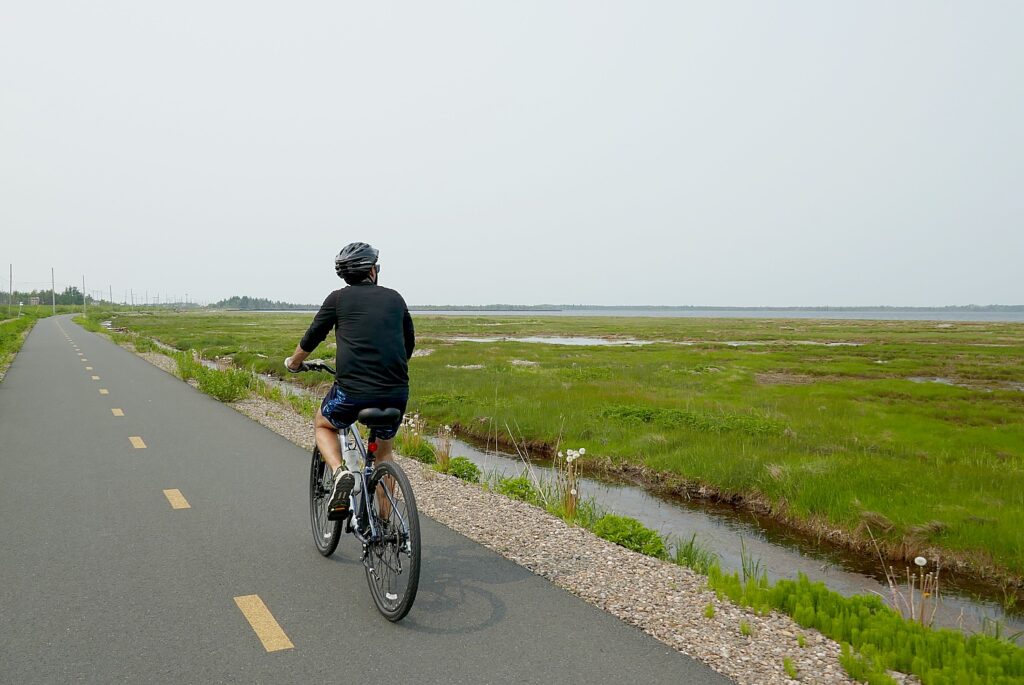
Today’s ride takes us back onto the delightful Veloroute to Caraquet, 20 miles on the trail. Basically we back track from Shippagan 10 miles to a fork in the trail and then back up 10 miles to Caraquet, most of it in the trees (so refreshing).
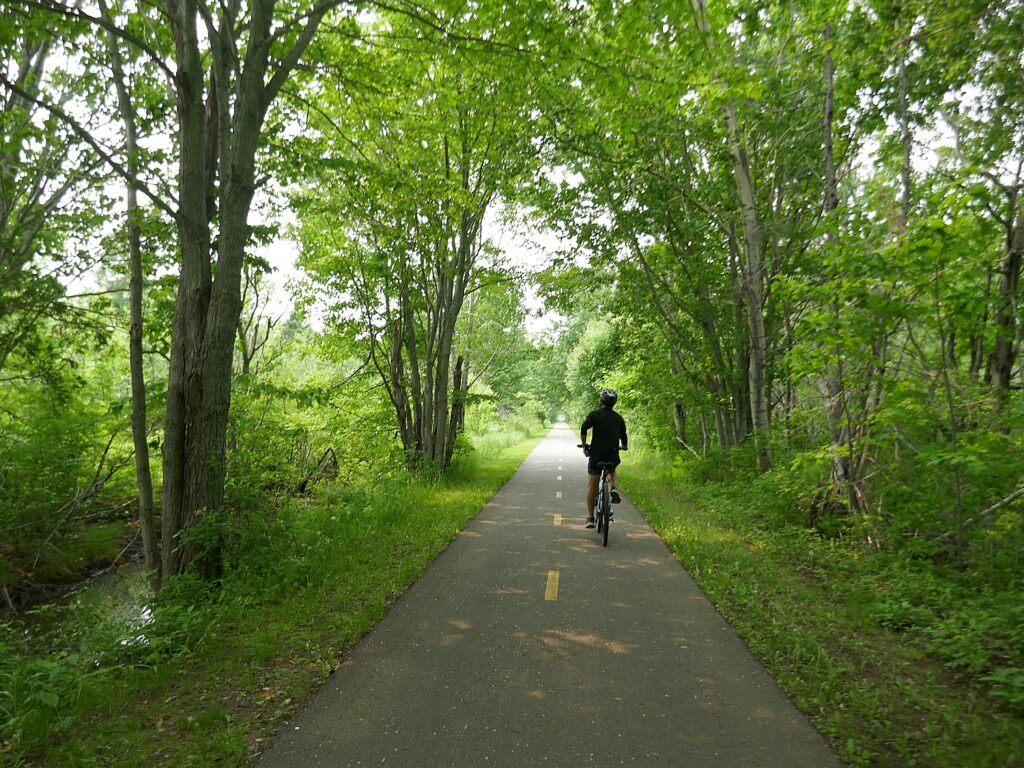
We find our way to a charming waterfront village of cute shops, a small artist’s collective, eateries and a picturesque wharf and marina, where we have lunch.
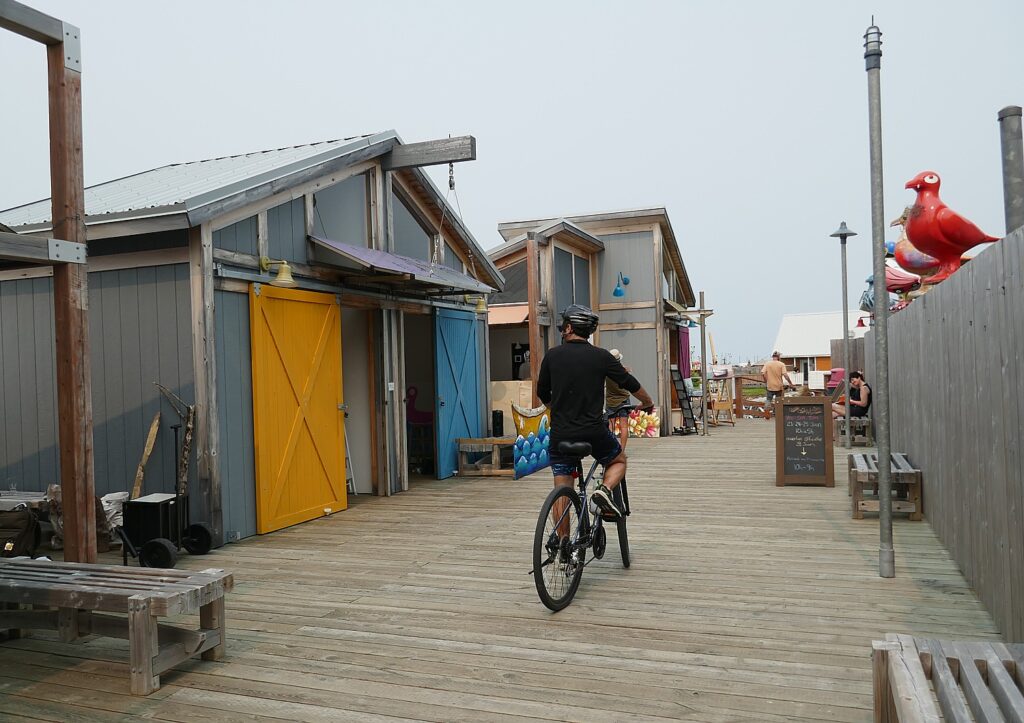
We consider biking back the 20 miles from Caraquet to Tracadie to return the bikes, but realize we would be doubling back 20 miles on the trail we had already taken, and prefer instead to spend the afternoon exploring the rest of the trail, 7 miles further along Caraquet Bay to where it ends at Bertrand.

It is the best choice! This part of the trail is particularly scenic, hugging the coast along Caraquet Bay (an inlet of Chaleur Bay), passing some gorgeous houses and views of the water, adding about 14 miles to our total for the day. We then drive the bikes back Tracadie, racing to get to the rental shop by closing time.
(Veloroute de la Peninsule acadienne, 506-336-4116, [email protected], www.veloroutepa.ca)
Caraquet is an extremely nice place to live, and clearly, very popular for tourists, judging by the string of hotels along the main street.
My hotel is the Super 8 By Wyndham (9 Avenue du Carrefour, 506-727-0888), is ideally located right in the waterfront village, alongside the coastal trail.
Returning the bikes the afternoon before works out superbly for me, because it gives me time to visit Caraquet’s major, not-to-be missed attraction, the Historic Acadian Village, which proves such a highlight of our New Brunswick roadtrip.
“Leave the 21st Century behind at Historic Acadien Village”

Historic Acadien Village is an open air living history museum with costumed (fully bilingual) interpreters who recreate the roles of real people. What makes this place so extraordinary, though, is that you walk a 2.2 km circuit through 200 years of history – the 40 buildings represent a different time, the oldest from 1773 up to 1895, then, you walk through a covered bridge built in 1900 into the 20th century village where the buildings date from 1905 to 1949.
As you walk about, you literally feel yourself stepping across the threshold back in time.
Walking through this idyllic village, looking at the goats, the sheep, the cows which supply the milk, meat, fiber for clothes, the fields and streams for fish, you would imagine they had everything they needed, life was tranquil, sustainable. But I soon learn from my conversation with the interpreter in the 1852 Cyr house that it was a daily struggle for survival.
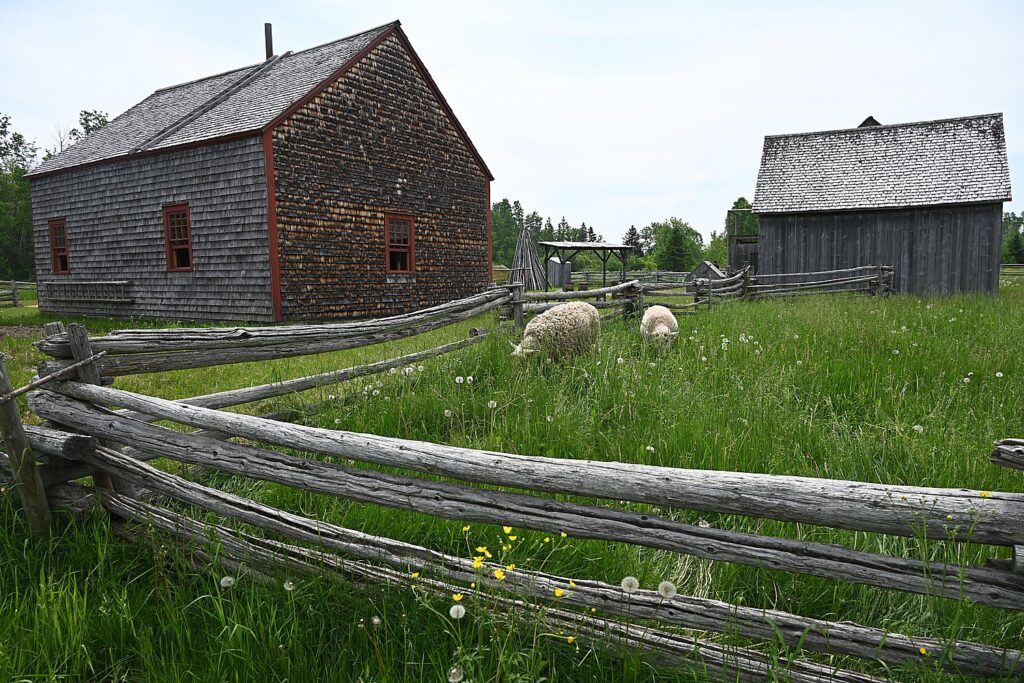
This arises when I watch her sewing and she says she baked 25 loaves yesterday, enough that would have lasted her family of 8 including grandparent and a farmhand, a week (but actually supplies the village restaurants which serve menus appropriate to the time). I suggest that must be a lot of work. She tells me that her children help. Don’t they go to school? “The children don’t go to school, they are needed at home. It’s a question of surviving. We would have been too isolated to go to school in winter, and they are needed in summer.” Homeschool? “We cannot read; we depend on the priest to read any letter that might come.”

On the stove, she is preparing a pie with pork, onion, turnip, potato. “The pot is on legs so it doesn’t burn; we put wood chips on top so the food cooks from the top and bottom.”
This house came from Saint-Basile, New Brunswick, near the St. John River near Maine/Quebec. I observe that it seems quite large. “We’re not rich, but there was enough wood to build.”
What she tells me next seems to explain why the French Acadiens are so fiercely French (and why, as we travel, we see many flags of French Acadia but few of New Brunswick or Canada):

It was during the French and Indian War, when Britain battled France for control of the New World colonies. “In 1755, the British took the French men in one boat and women and children in another – they didn’t want families together. They felt there were too many Acadiens in same place and would be able to fight British. They made the Acadiens sign a contract to be British, not French, and those who refused were sent away. The boat took them far away – they didn’t know where they were going- some were sent to Charleston, South Carolina, to Louisiana.”
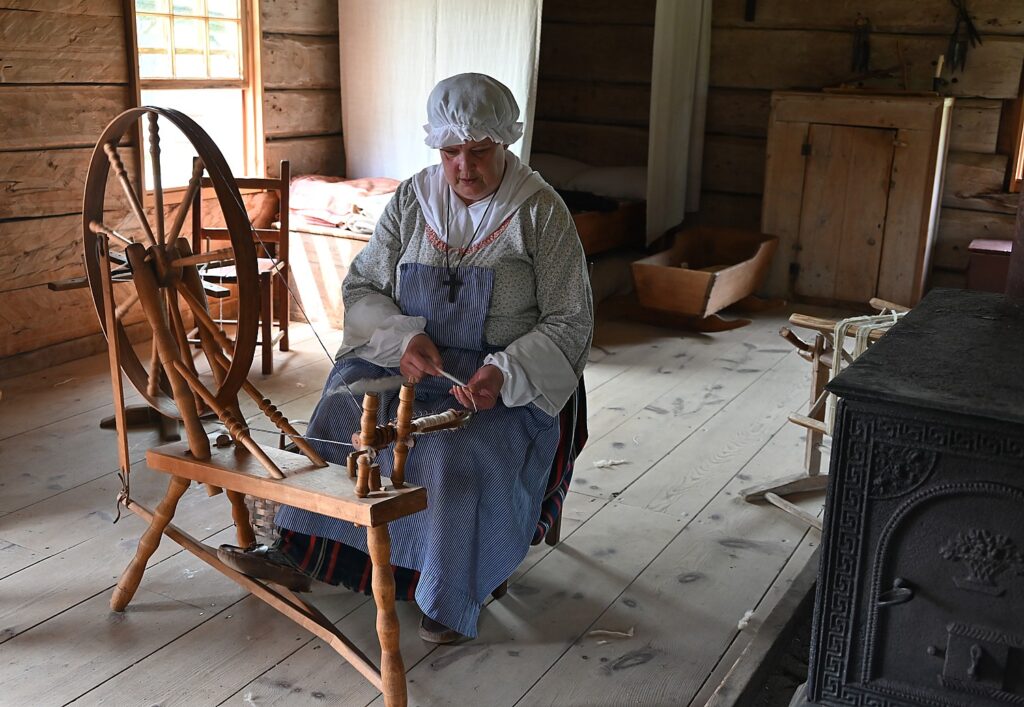
The war ended with the Treaty of Paris in 1763, with France giving Great Britain its colonial possessions in North America, except the islands of St. Pierre and Miquelon, off the coast of Newfoundland (which remain French colonies even today). In 1764, the British allowed Acadians to return in small isolated groups, but by then as many as 18,000 had been forcibly removed and thousands more killed. (See: https://www.cbc.ca/acadian/timeline.html)
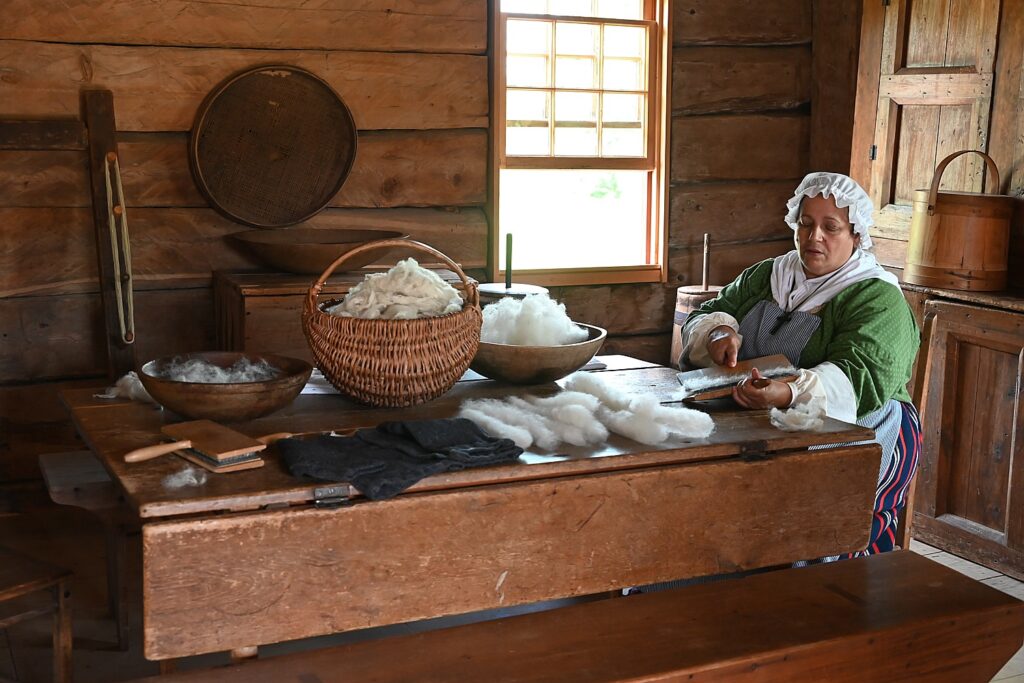
She says that when the French colonists were kicked out of Nova Scotia, they would send word to each other to come “a Cadia” (“to Cadia”), a name derived from an Indian word meaning “the place.”
Indeed, all these buildings were collected from other places in New Brunswick during the mid-1970s, creating a what appears to me to be an idyllic “Pleasantville” community.
I continue my walk through these fascinating homesteads. You also get to visit the chapel (1831), post office, general store (1889), tavern (1880), blacksmith’s shop and forge (1874), all with interpreters demonstrating their crafts.
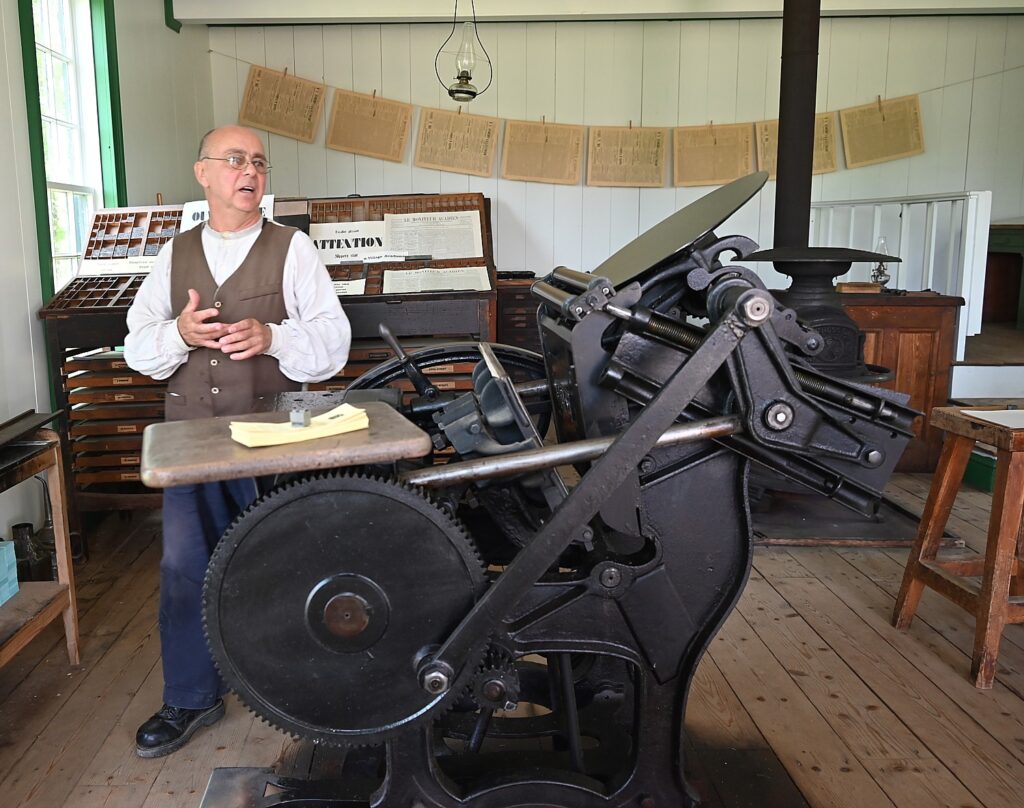
My personal favorite: the newspaper/printing office (1867), which had been owned by Israel Londry who had five employees putting out 2000 copies of a four-page weekly paper (delivered to the post office), that would cost $1 for a six-month subscription. There are copies you can read.
There is also a one-room schoolhouse (1869), where the teacher tells me that on any day, she might have 20 students or 2, depending upon whether they were needed at home. “Before 1941, there were no mandates to attend school – children stayed home as free labor. It was a matter of survival.”
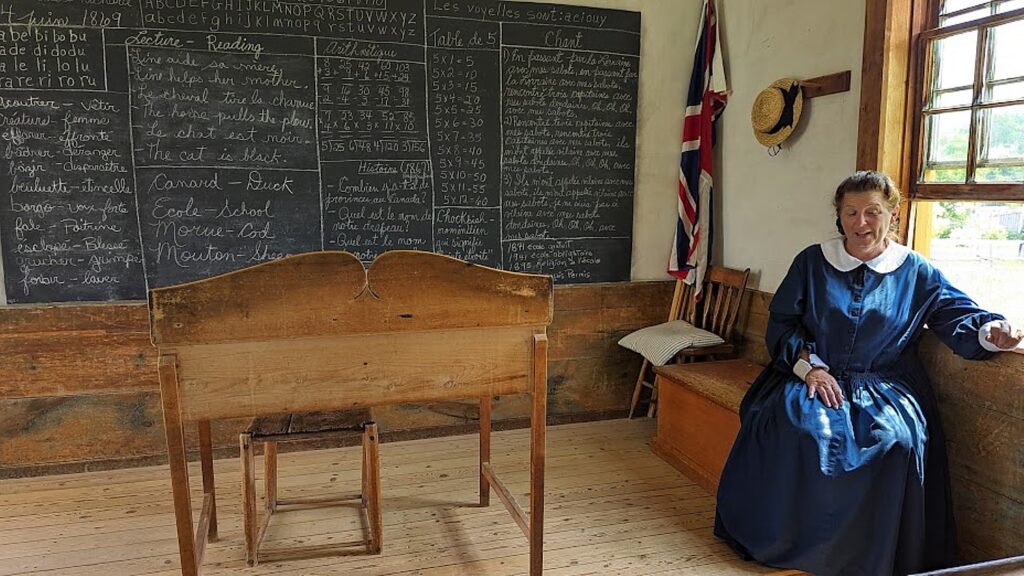
I love seeing the machinery of the 1895 grist mill. Originally it would have milled flour, sawed wood, made cedar shingles, serving a 50-mile radius. The miller would keep 10% of the flour, which he would trade for something else. “There was not much currency,” the miller tells me.. But in 1918, the miller closed the flour mill over a dispute of $125 from a bill for repair parts that went back to 1890, when new repairs were needed in 1914, and the $125 was again added to the bill, he shut it down, but kept the saw mill, carting machine and cedar shingles.
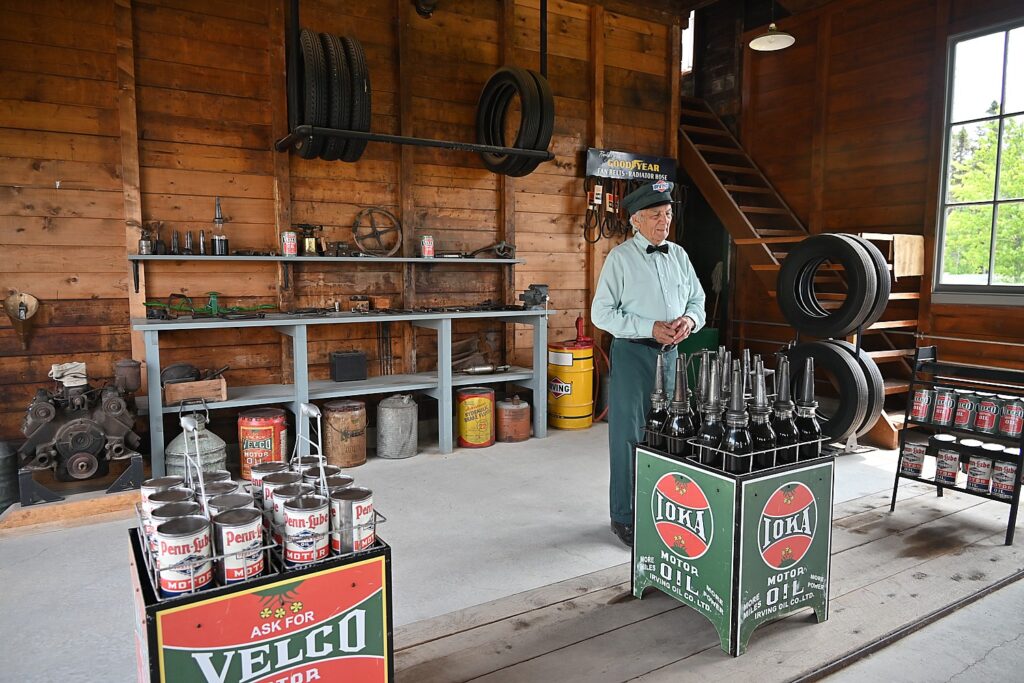
Then you walk across the covered bridge (1900), called “the Kissing Bridge,” and you are in a 20th century town. There is an Irving Gas Station with antique cars; a saw mill (1949), general store (1924), tinsmith’s shop (1905) where you can buy a stove, cobbler’s shop (1945), a railroad station (1930). The Thomas Cooperage that dated from 1937 actually made barrels until 1980, employing 60 people who made 200 a day, until plastic barrels made the wood ones obsolete.
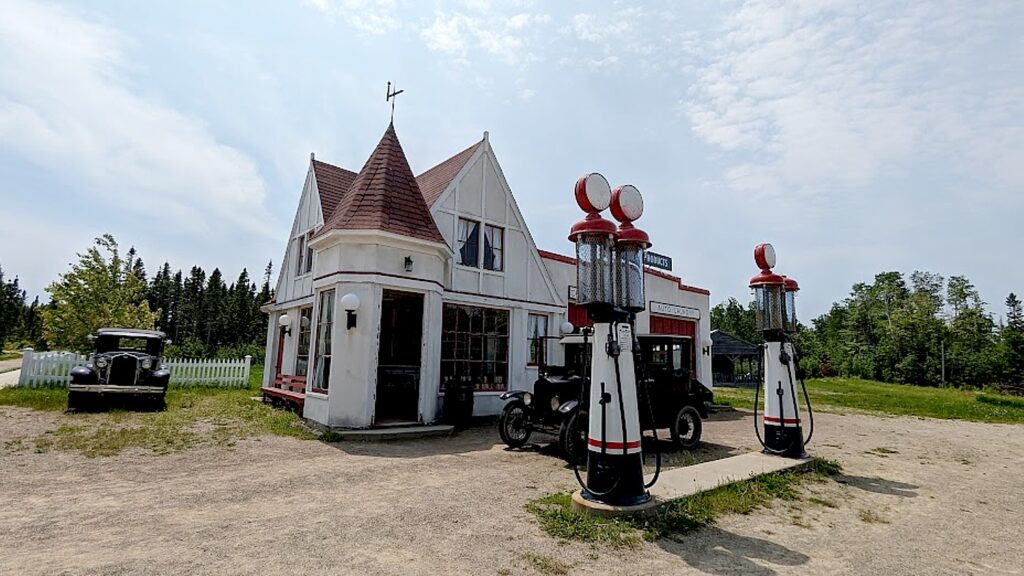
You not only visit but can actually book a room to stay at the Hotel Chateau Albert (1910). Albert opened hotel in 1870 but had financial problems from the beginning and was put out of business by Canadian Pacific railroad.. The building was destroyed in a fire in 1955, and restored using the original plans. It now offers 14 rooms (with bathrooms) that you actually can book to stay overnight. (hotelchateaualbert.com, 506-726-2600).
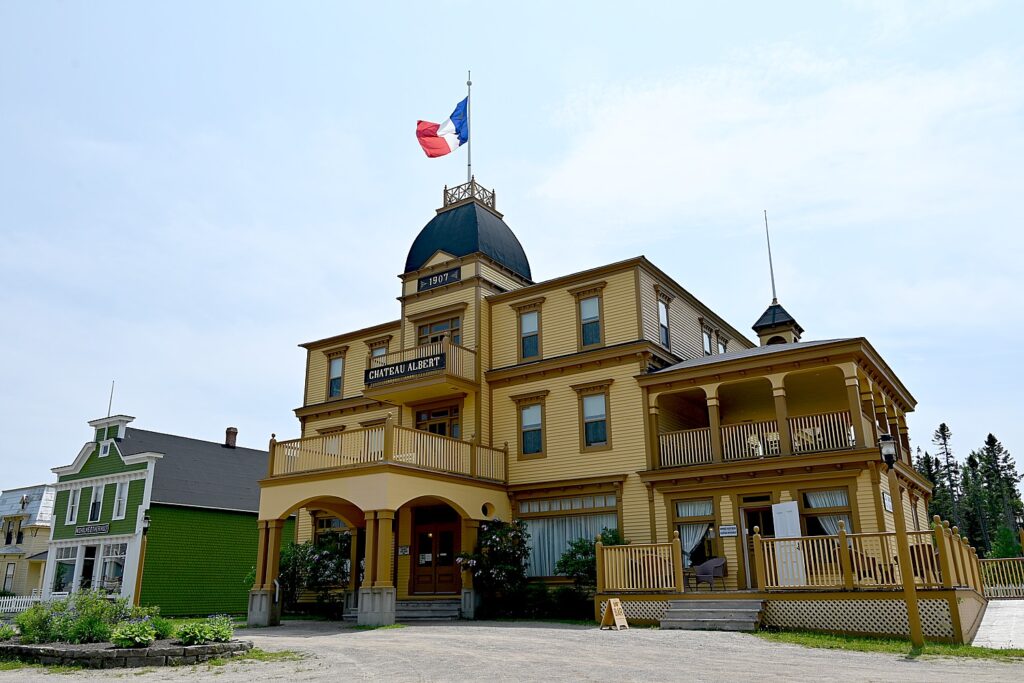
There is a really nice café in the (modern) visitor center before you go back in time, plus a restaurant in the historic village serving a menu appropriate to the period.
Plan on staying at least three hours. Open June through mid-September.
Historique Acadien Village, 5 rue du Pont, Bertrand, NB, 1-0877-721-2200, [email protected], villagehistoriqueacadien.com
Travel planning assistance from Tourism New Brunswick, 800-561-0123, www.tourismnewbrunswick.ca.
See also:
NEW BRUNSWICK ROADTRIP BEGINS IN ST. ANDREWS
NEW BRUNSWICK, CANADA ROADTRIP: SAINT JOHN, CITY OF FIRSTS, OLDESTS, AMAZEMENTS
NEW BRUNSWICK ROADTRIP: DISCOVERING FUNDY TRAIL PARKWAY, FUNDY NATIONAL PARK, CAPE ENRAGE
NEW BRUNSWICK ROADTRIP: MESMERIZING HOPEWELL ROCKS
NEW BRUNSWICK ROADTRIP: METEPENAGIAG HERITAGE CENTER HIGHLIGHTS MIRAMICHI VISIT
____________________________
© 2023 Travel Features Syndicate, a division of Workstyles, Inc. All rights reserved. Visit goingplacesfarandnear.com, www.huffingtonpost.com/author/karen-rubin, and travelwritersmagazine.com/TravelFeaturesSyndicate/. Blogging at goingplacesnearandfar.wordpress.com and moralcompasstravel.info. Visit instagram.com/going_places_far_and_near and instagram.com/bigbackpacktraveler/ Send comments or questions to [email protected]. Tweet @TravelFeatures. ‘Like’ us at facebook.com/KarenBRubin
